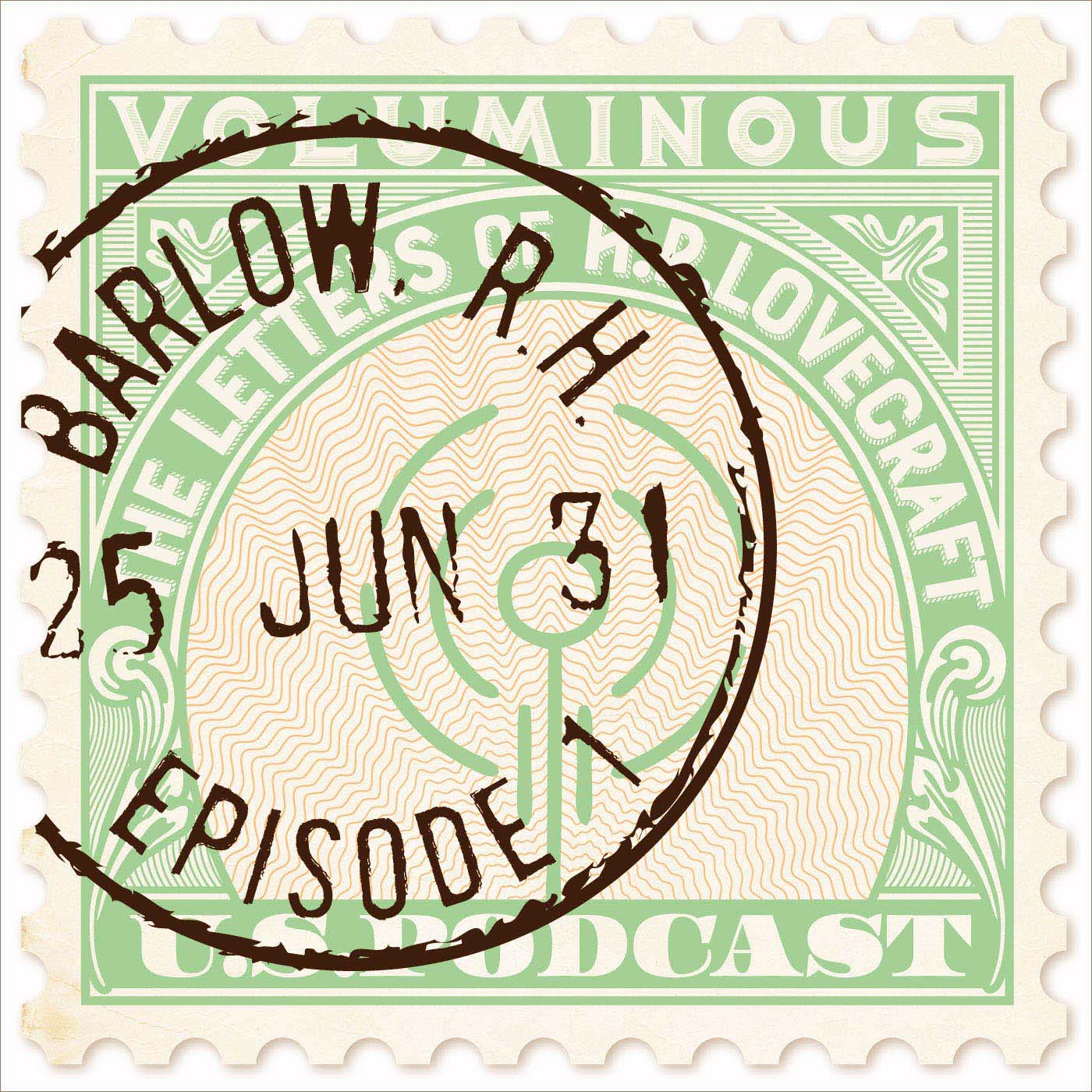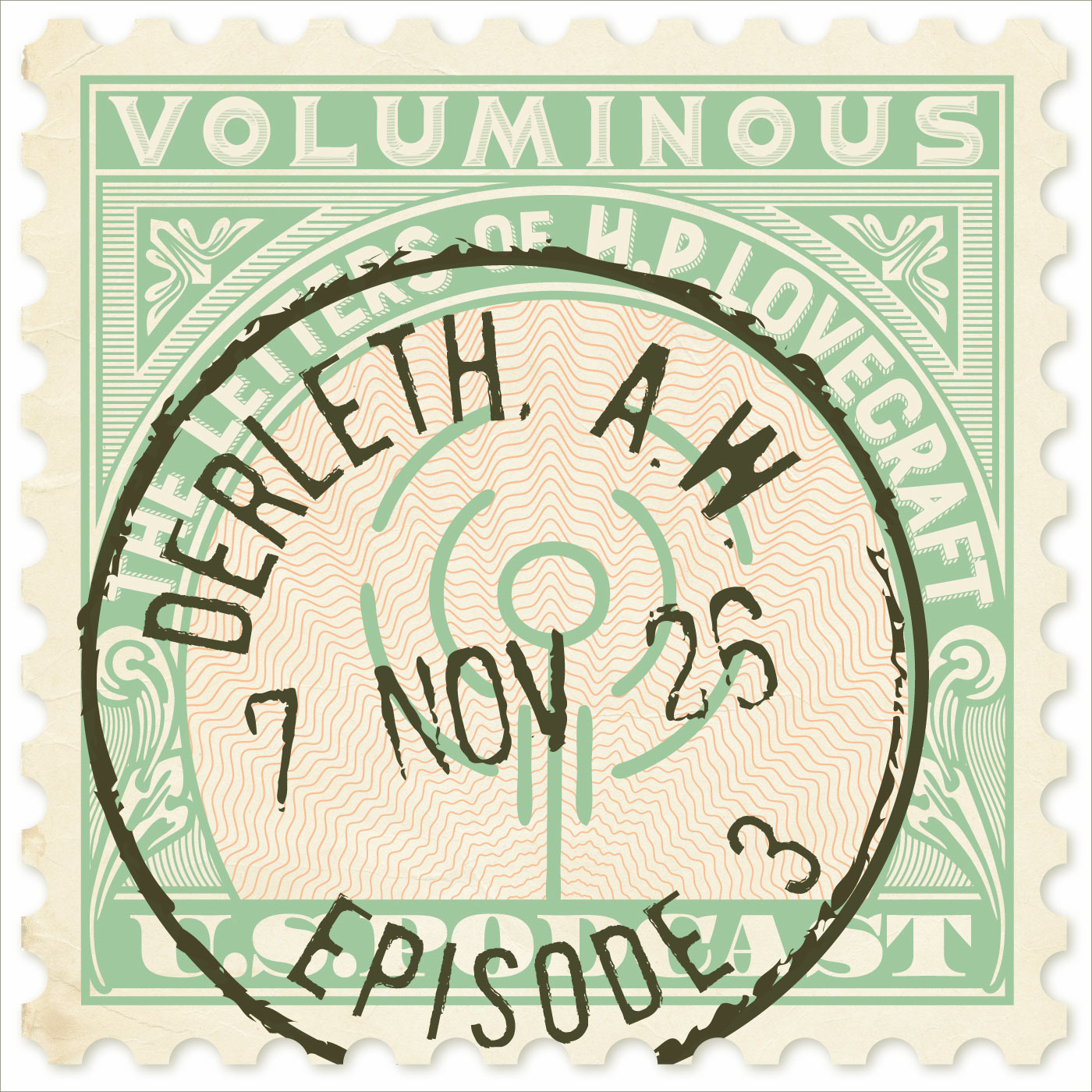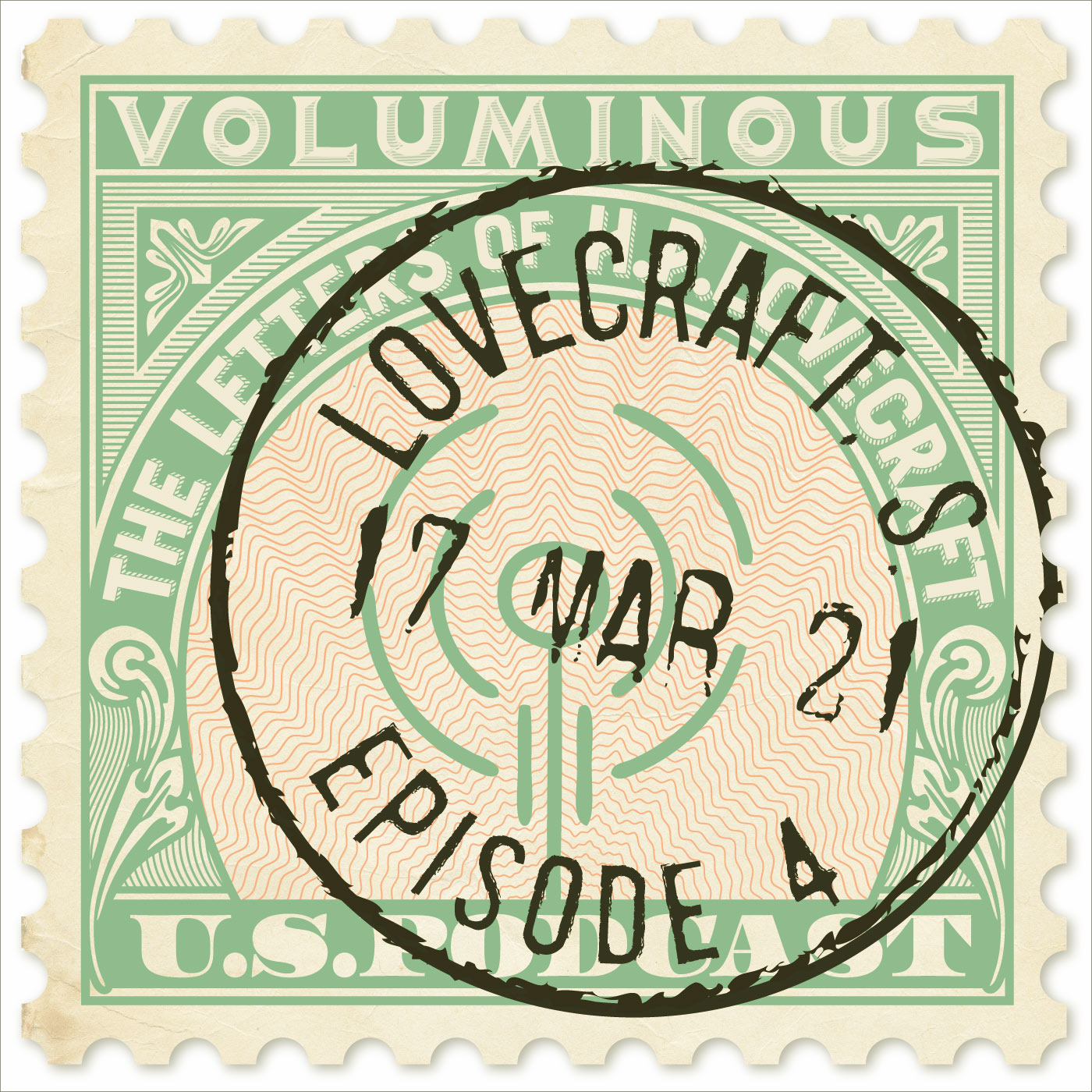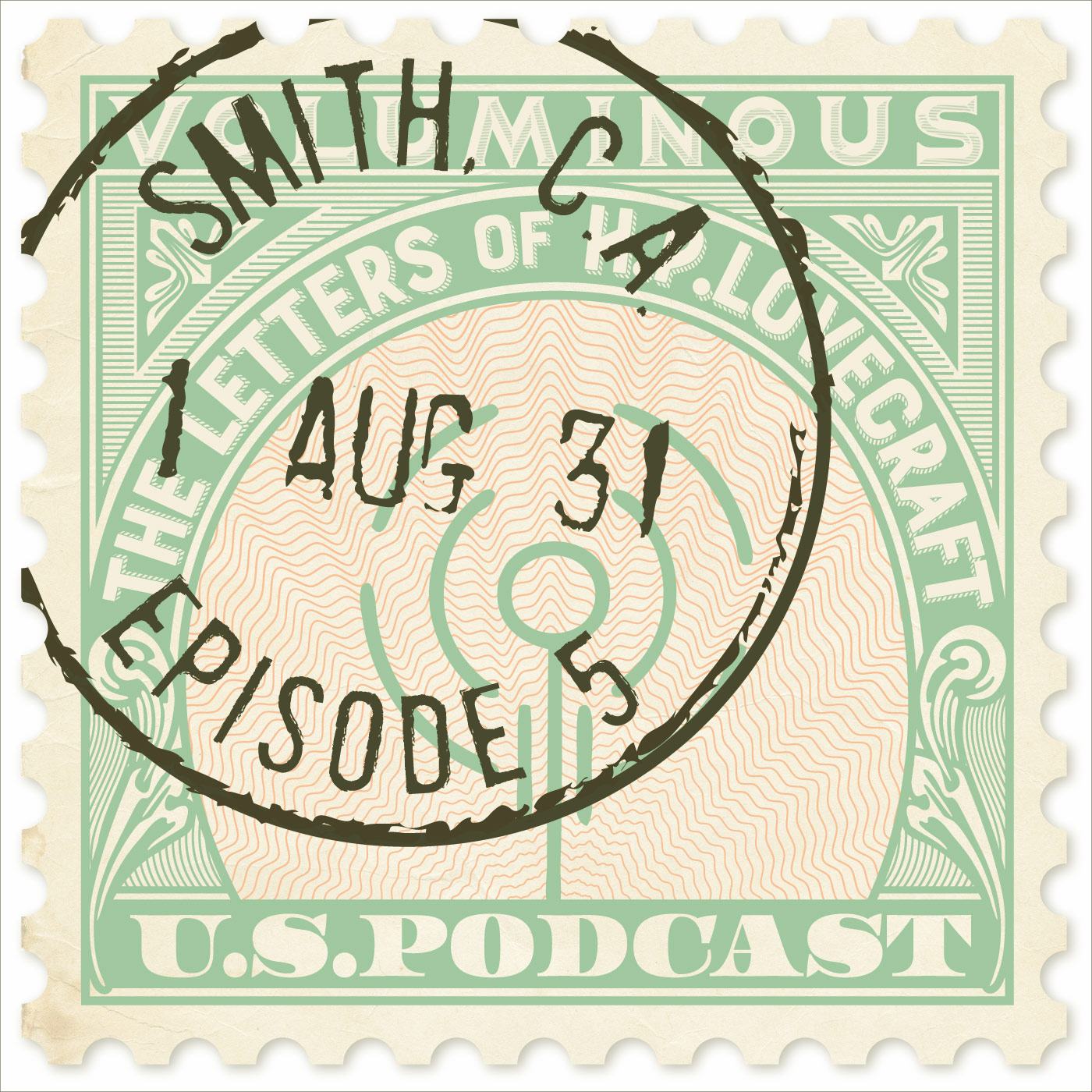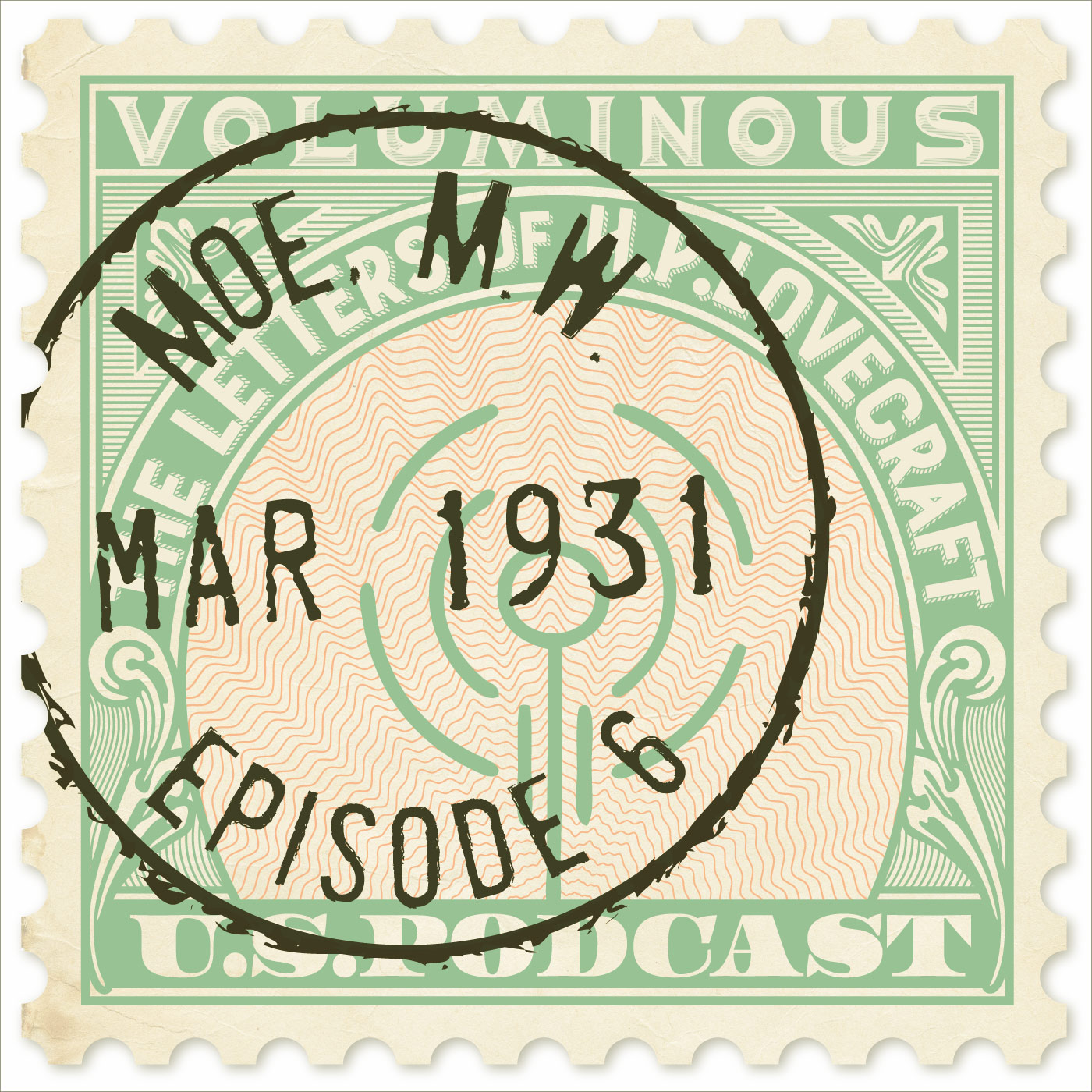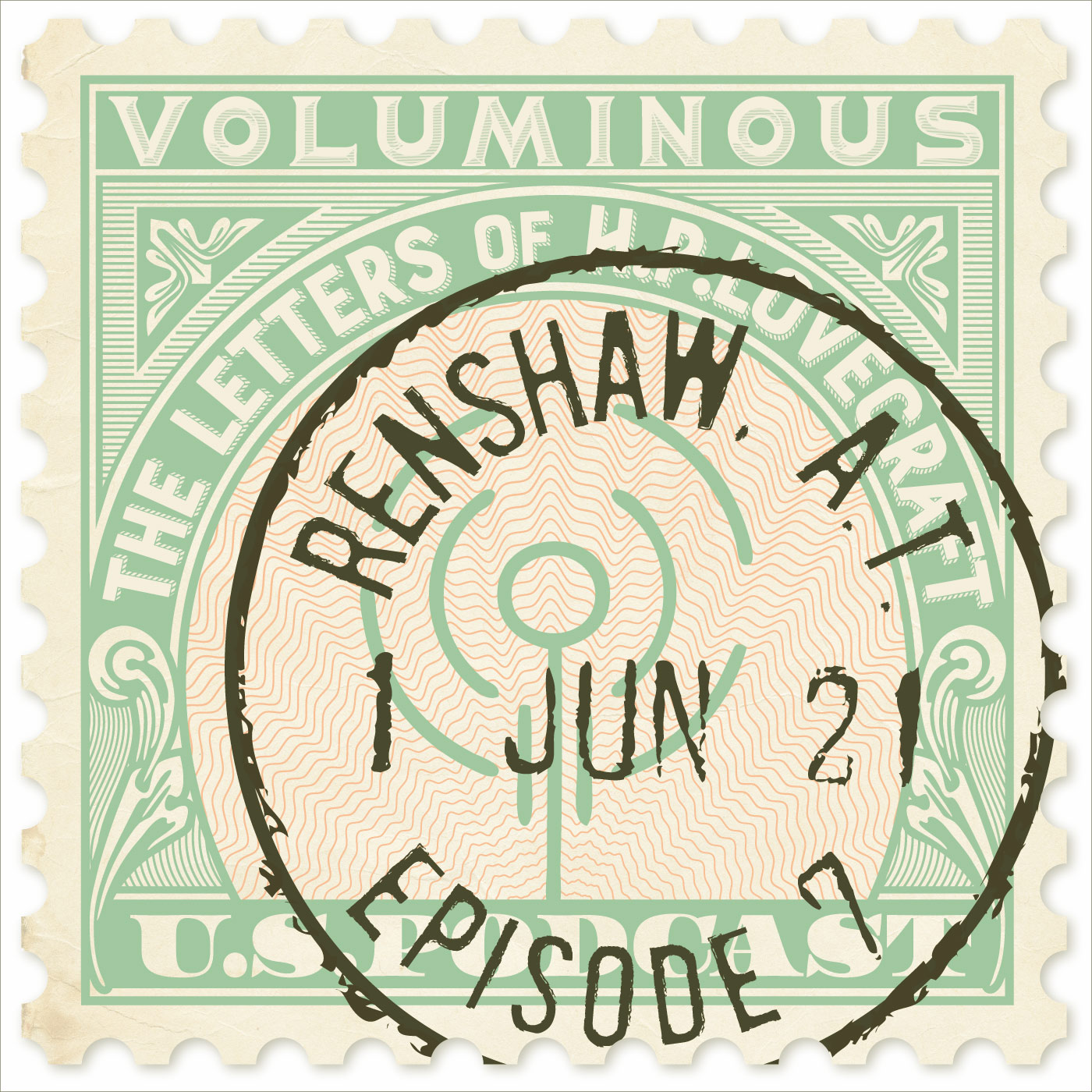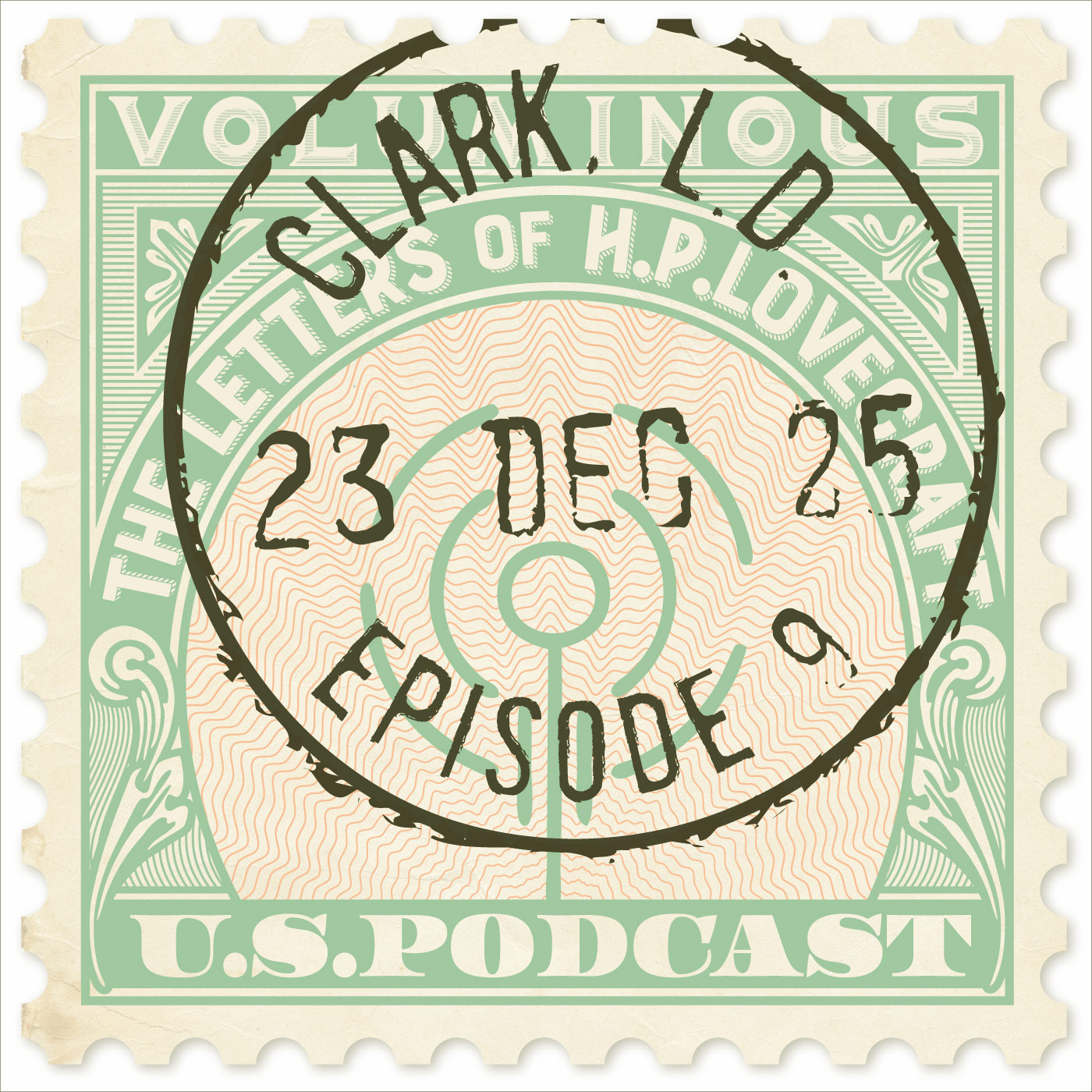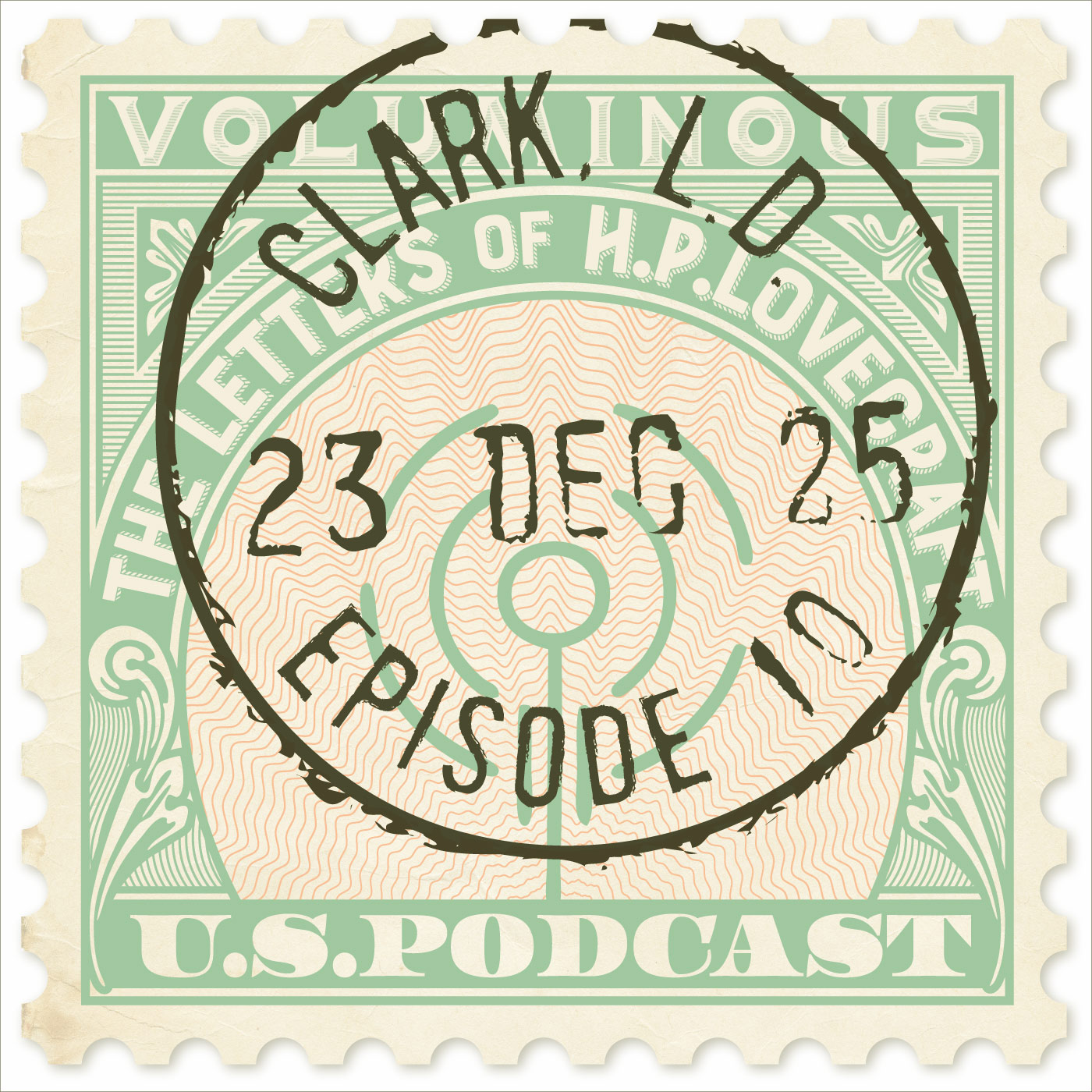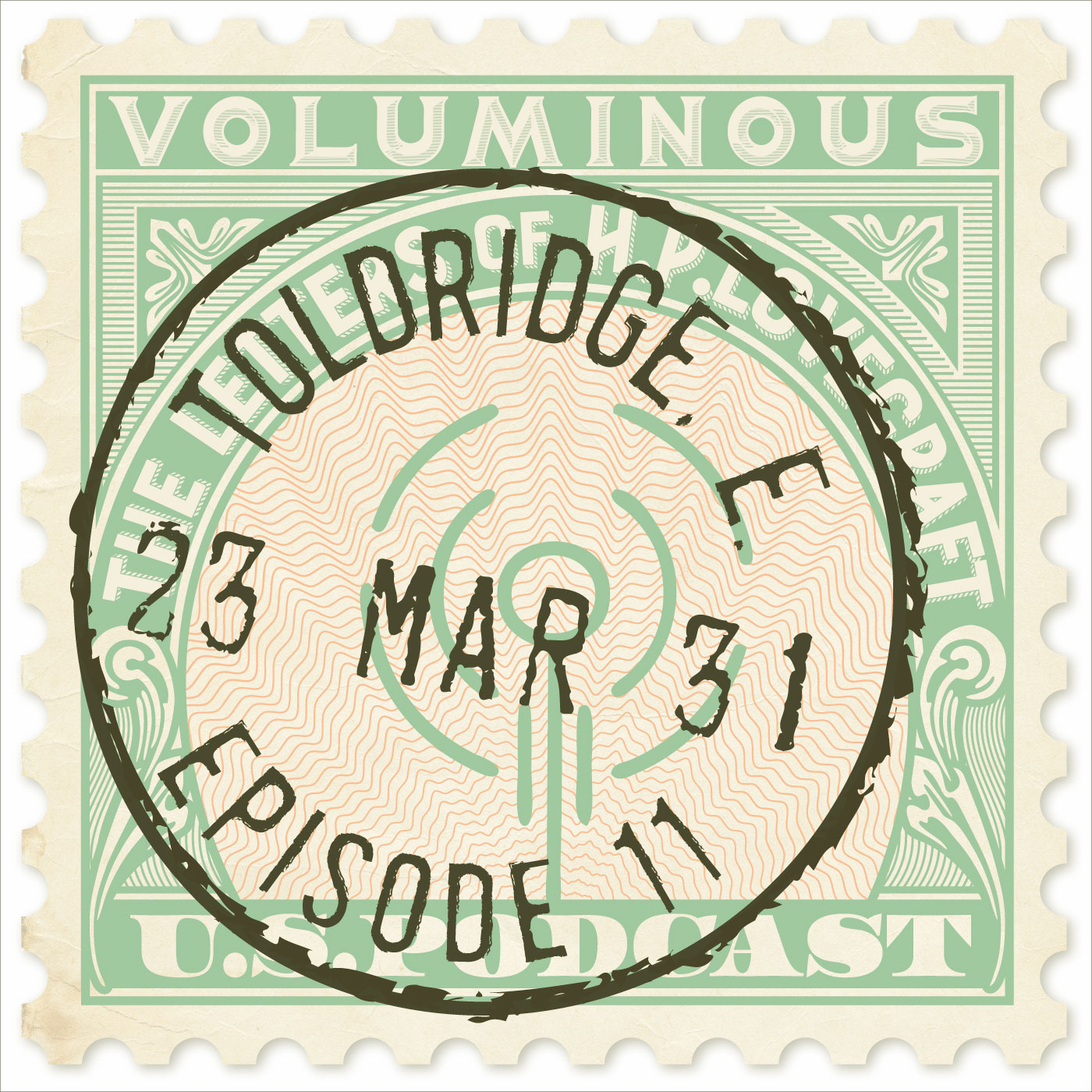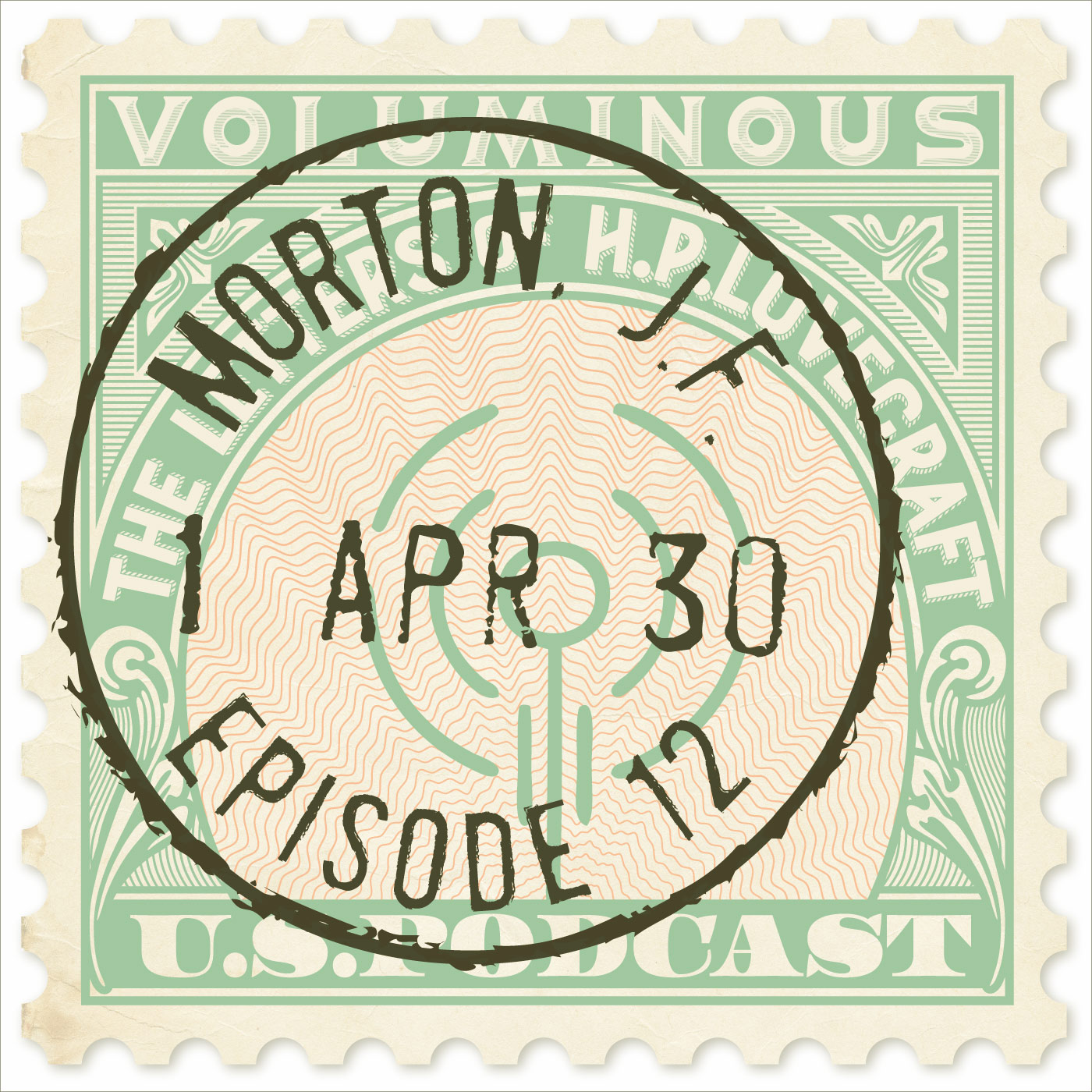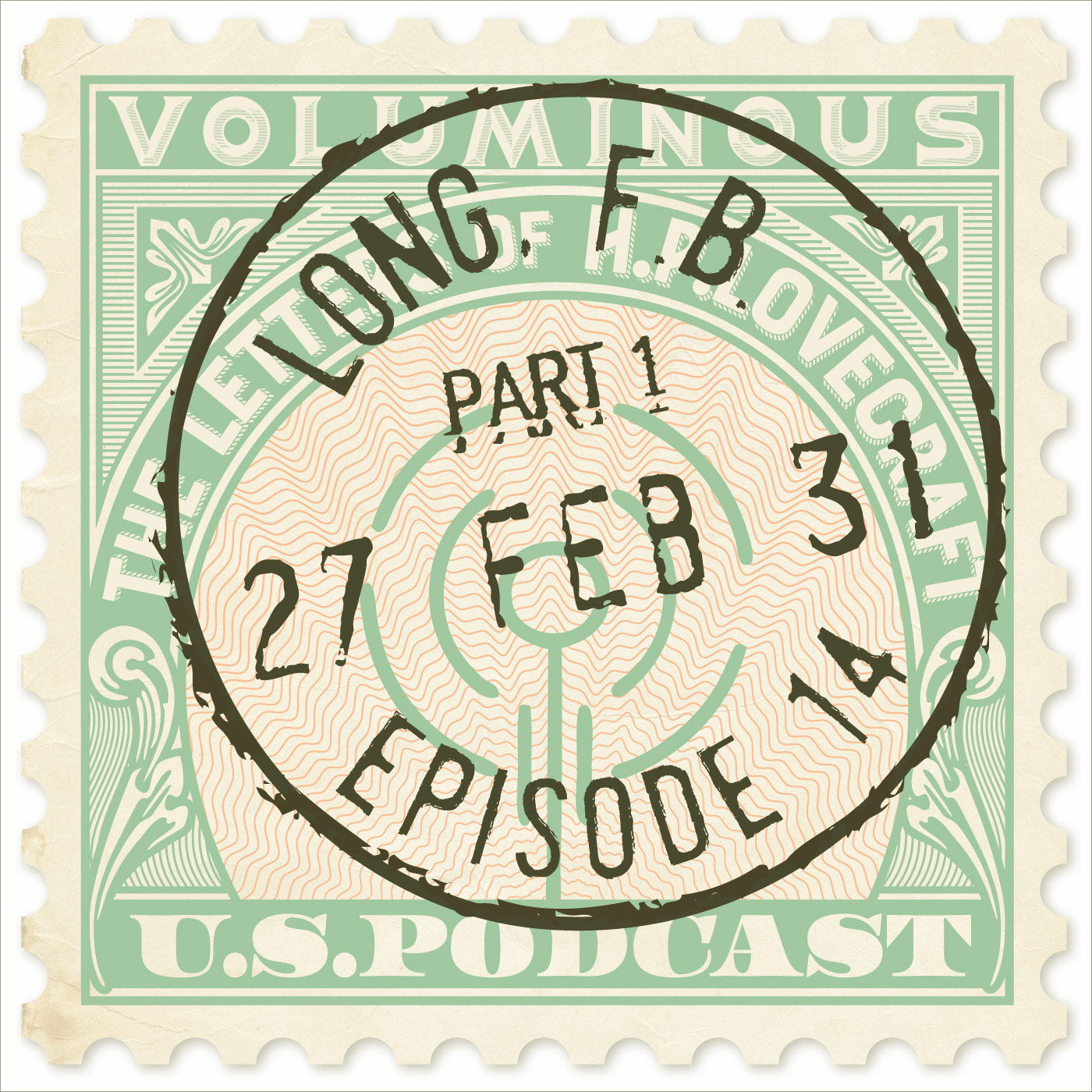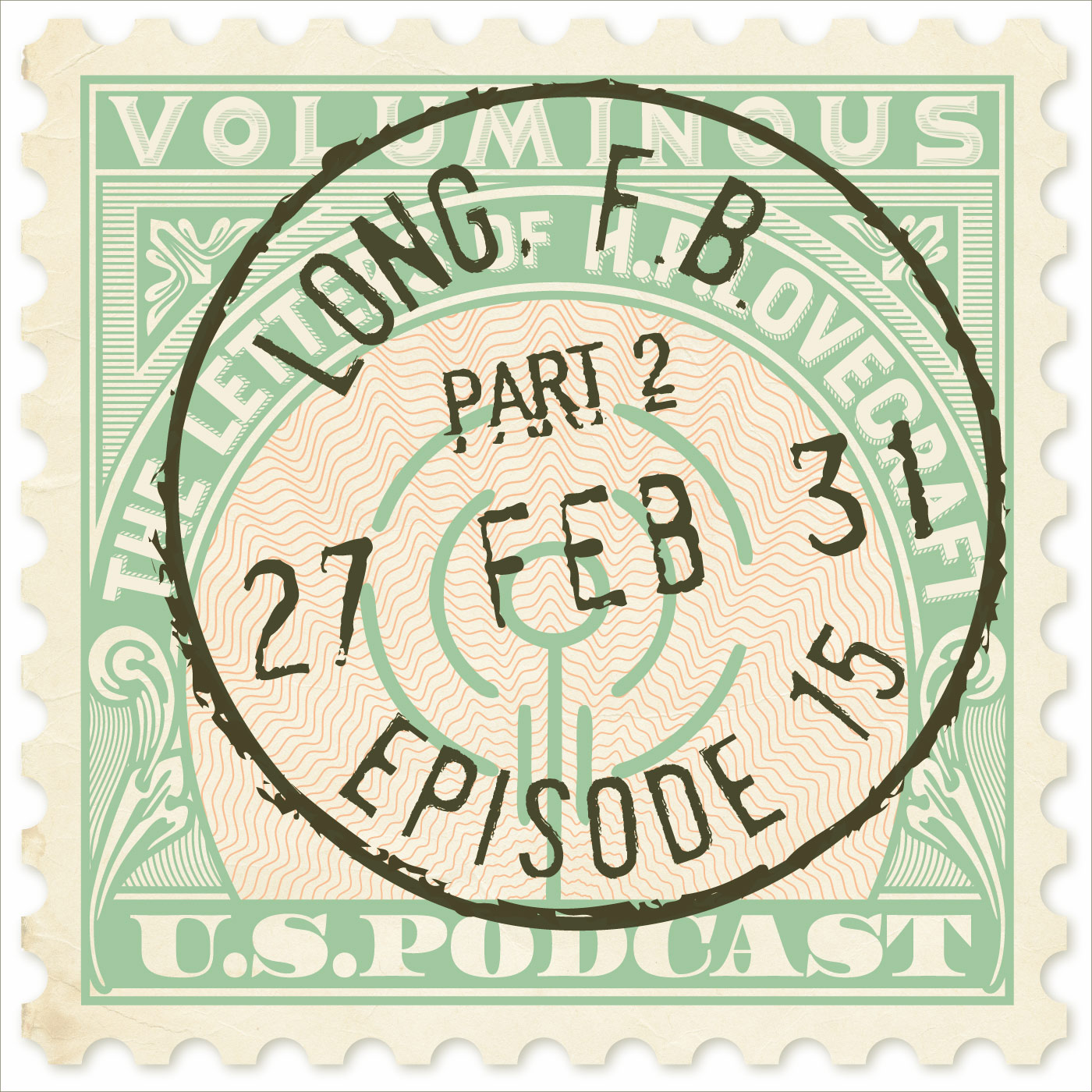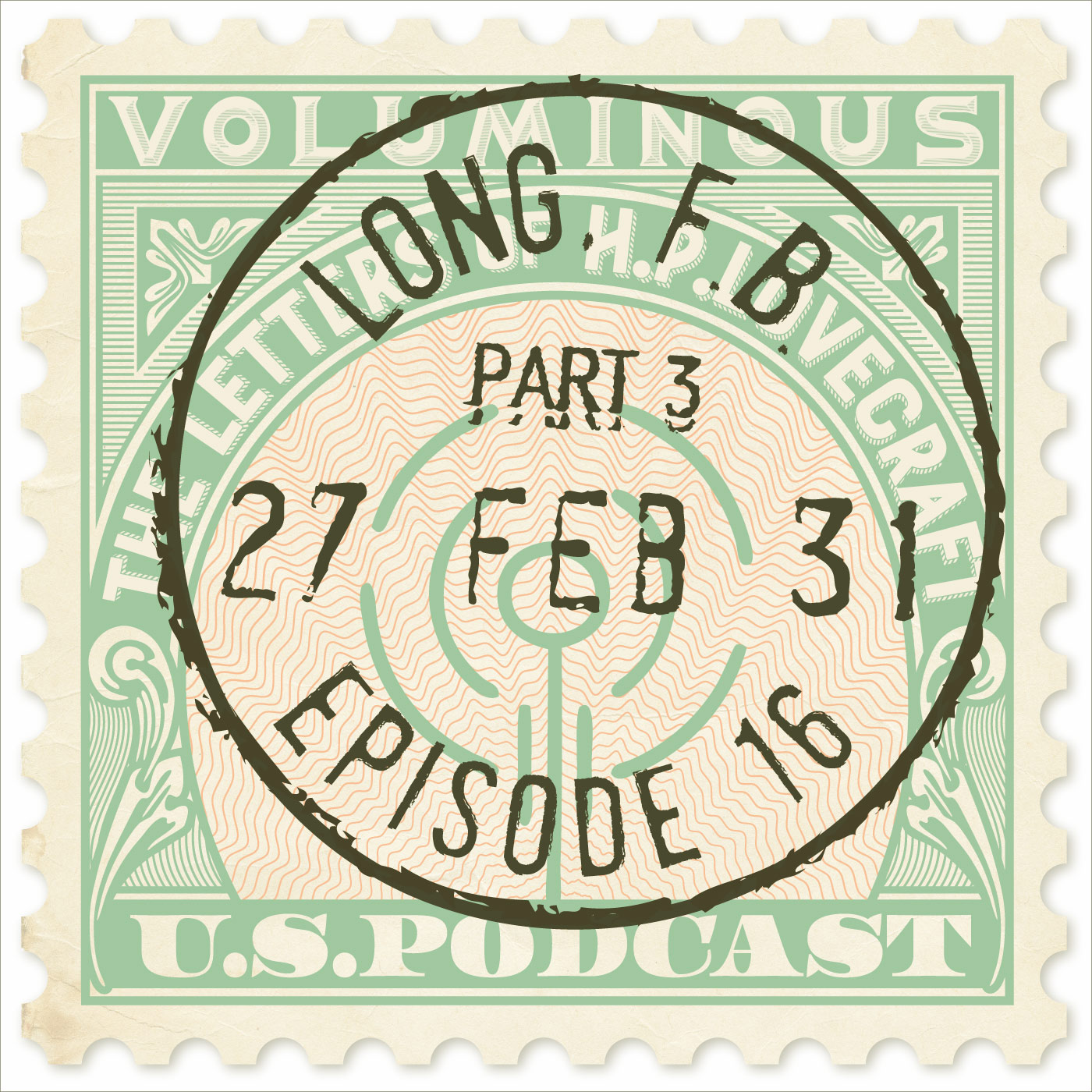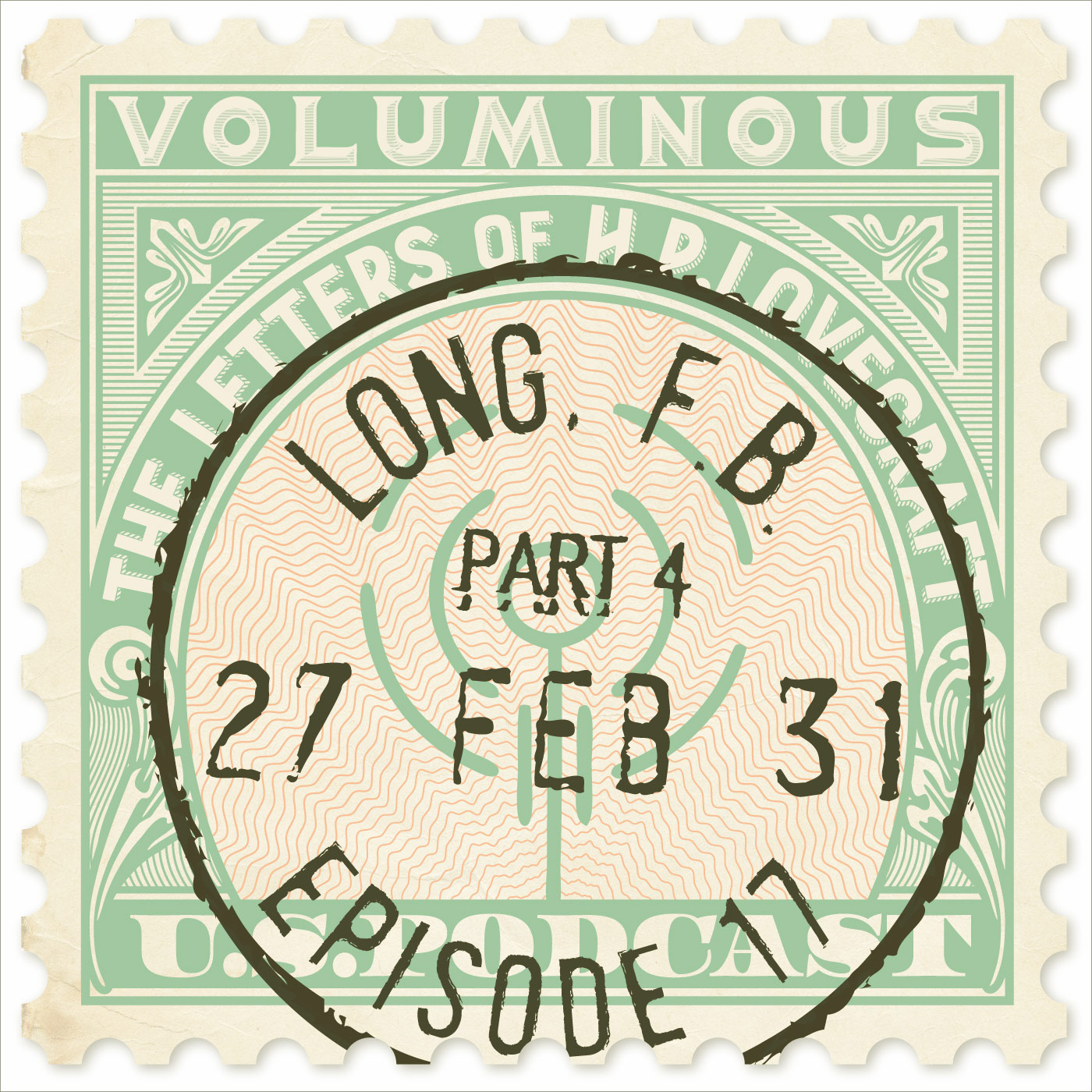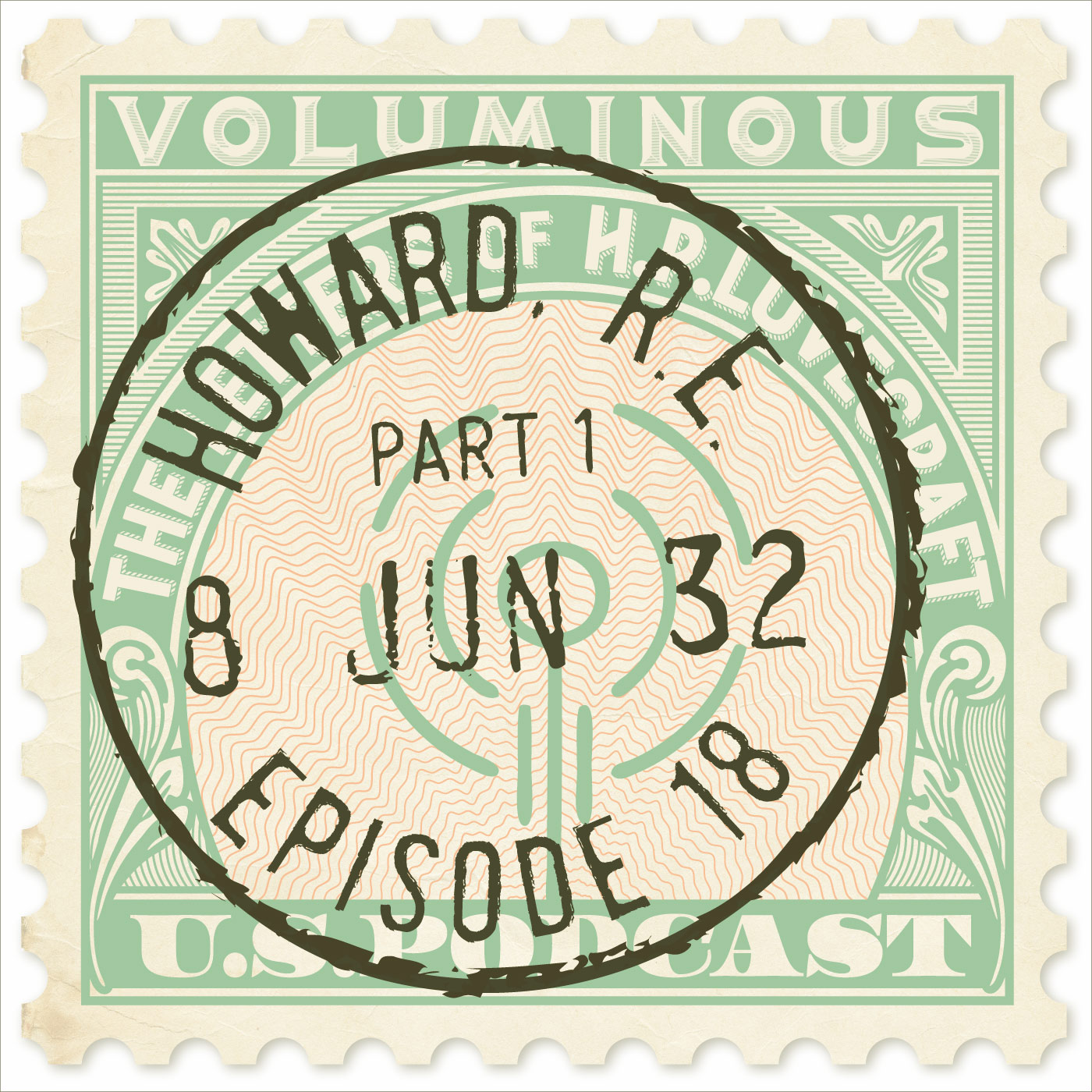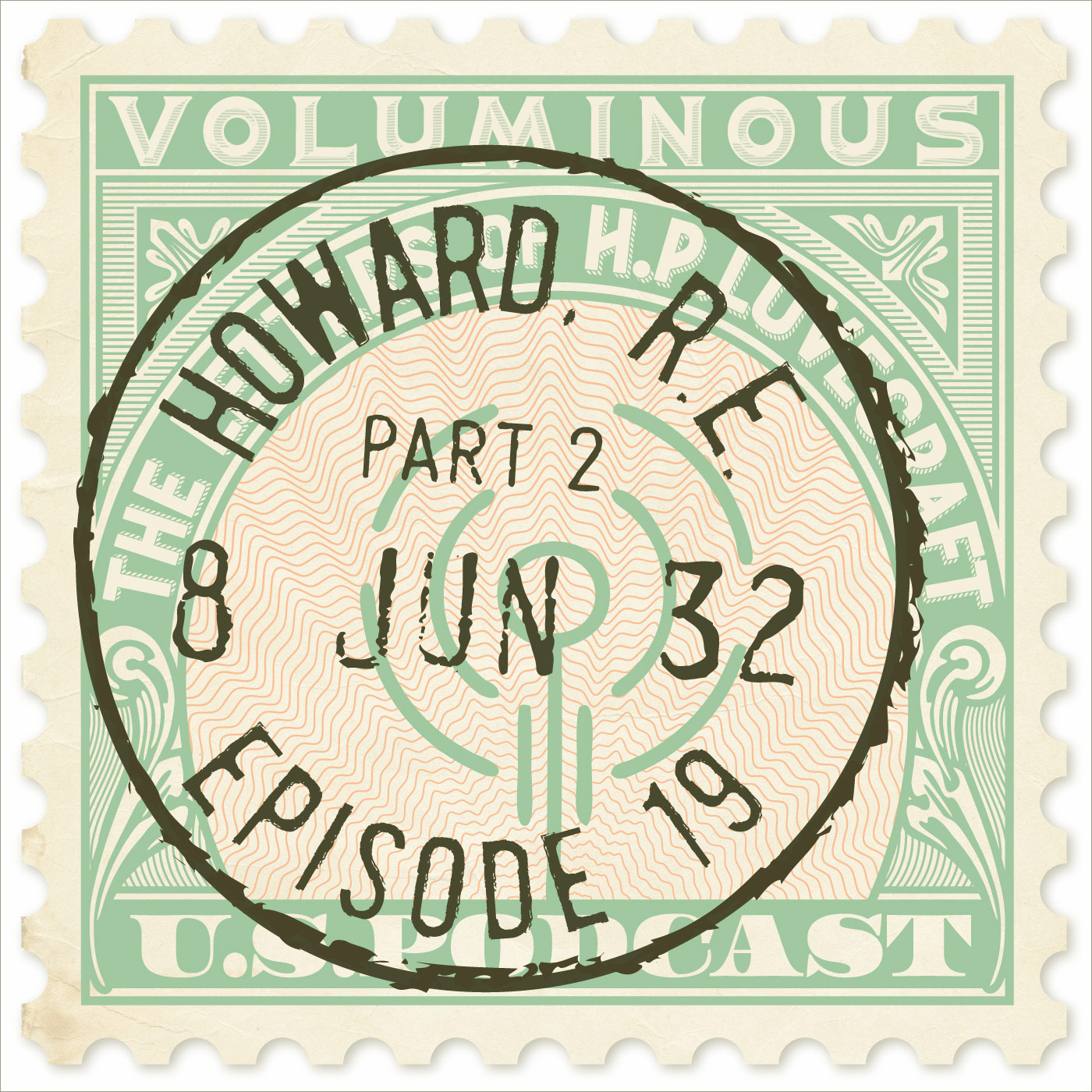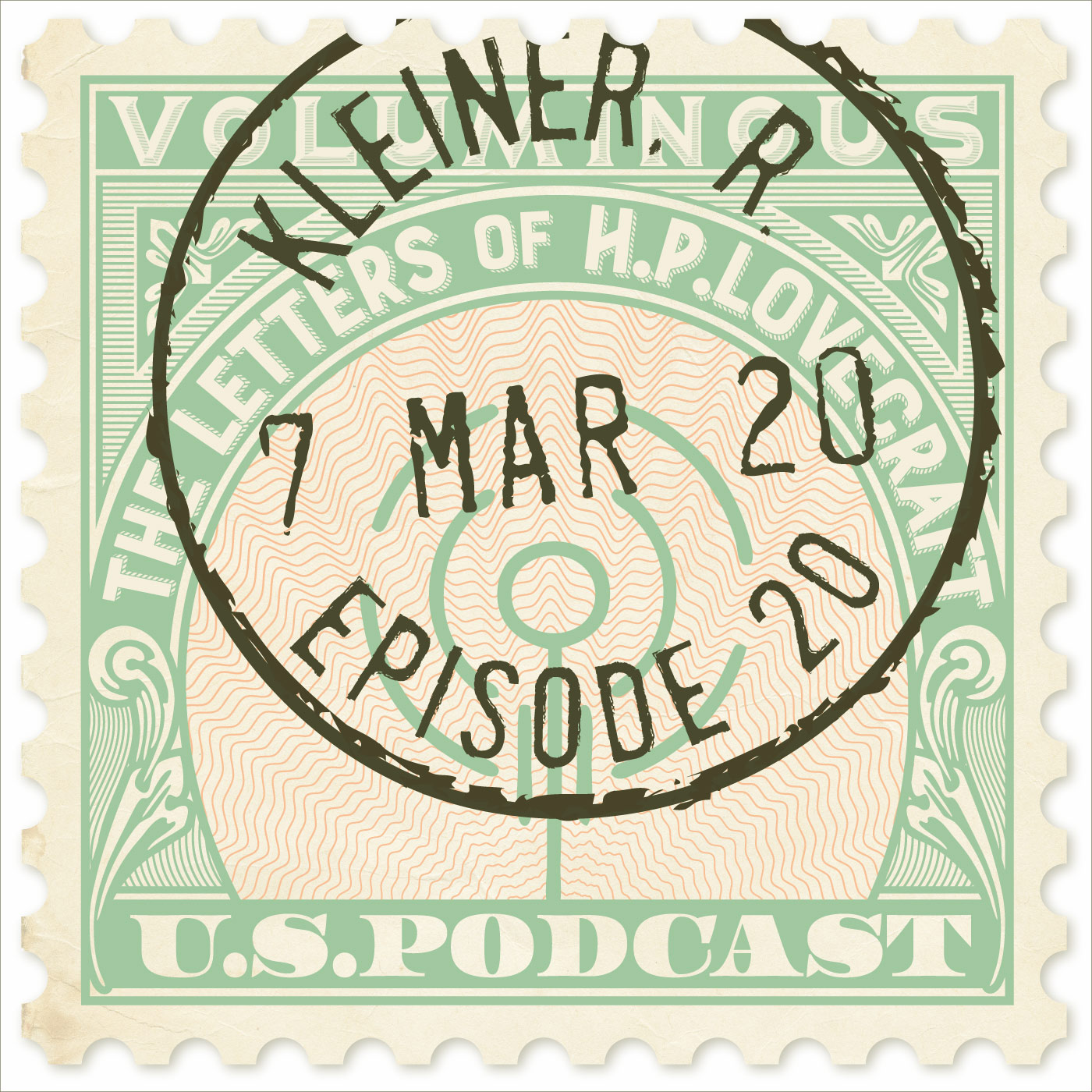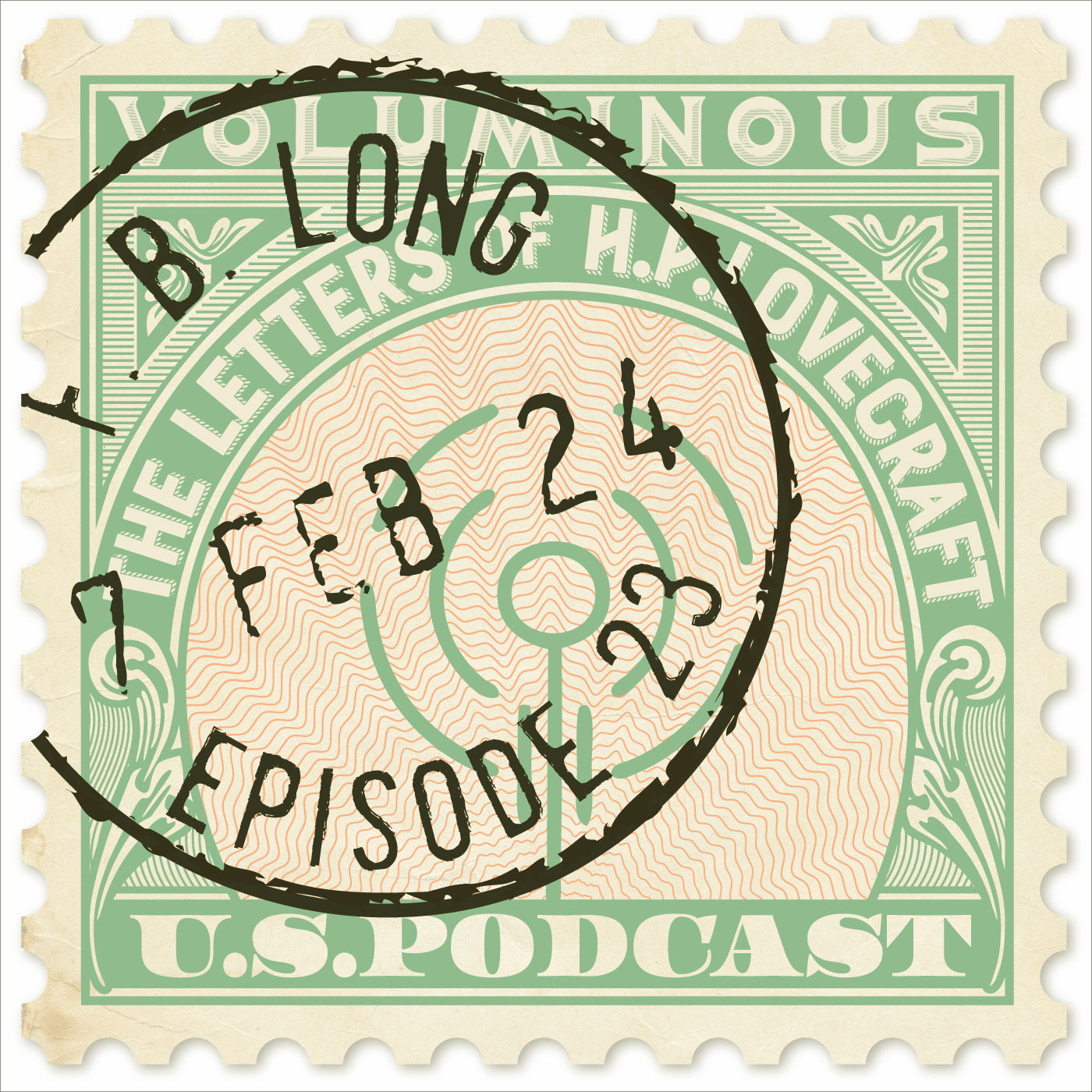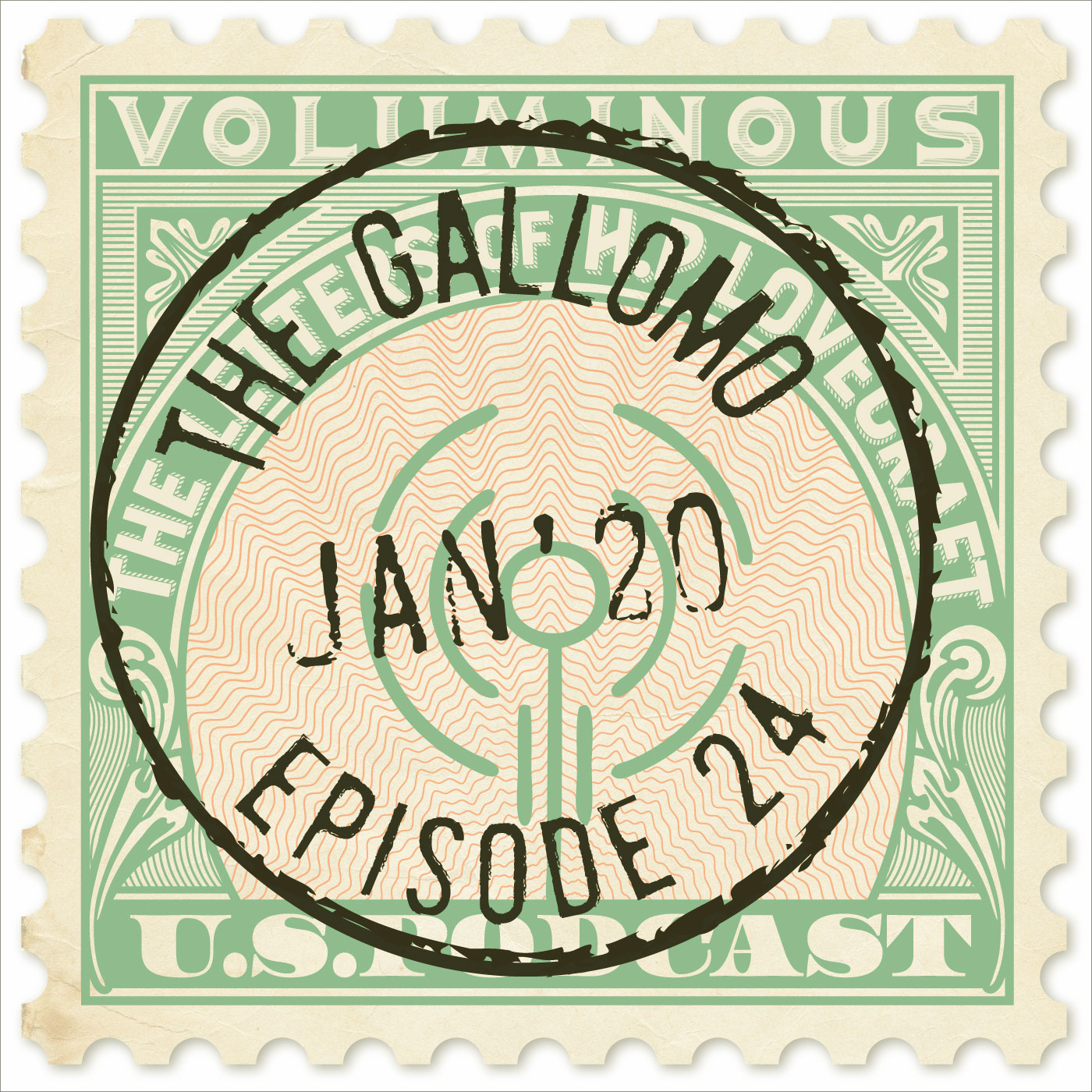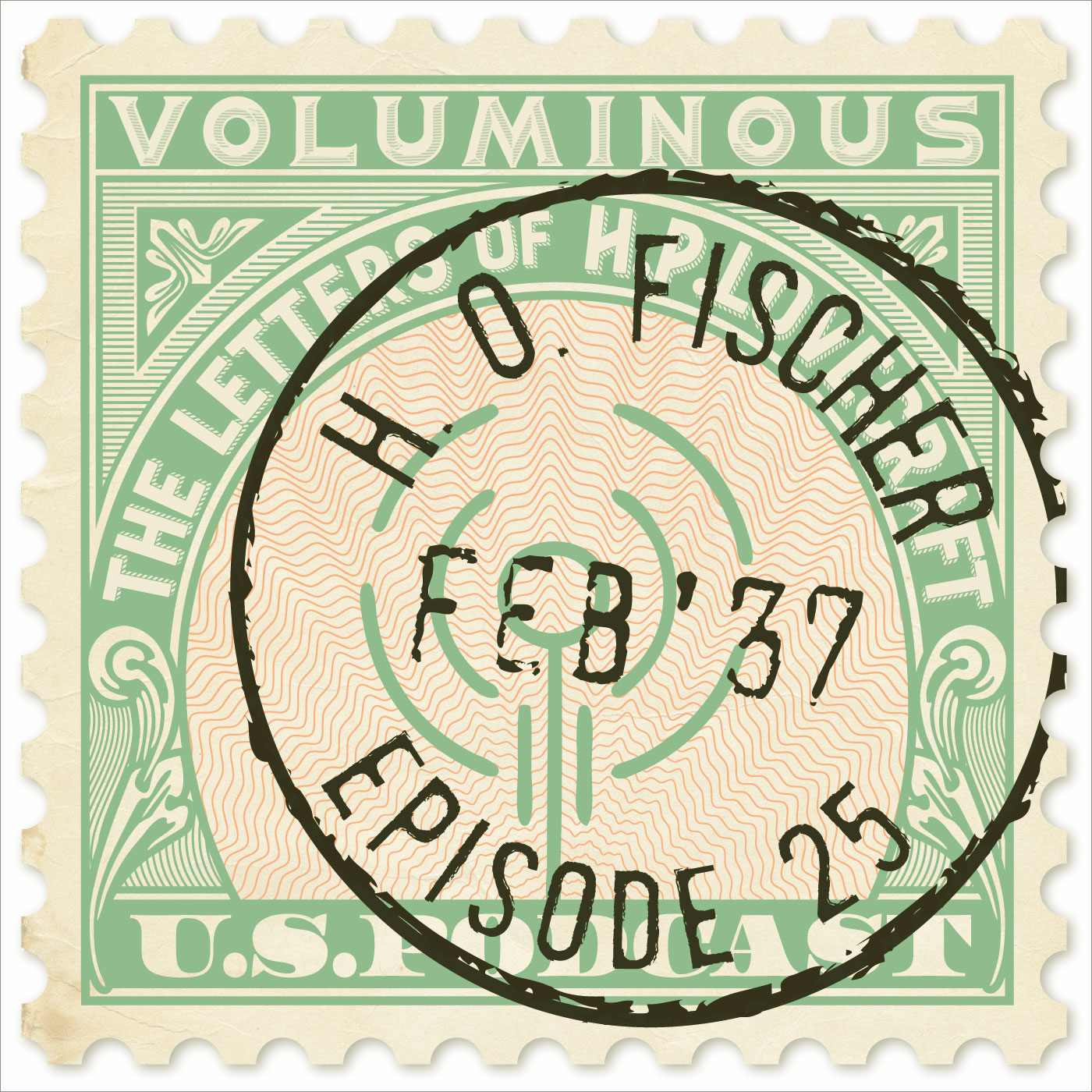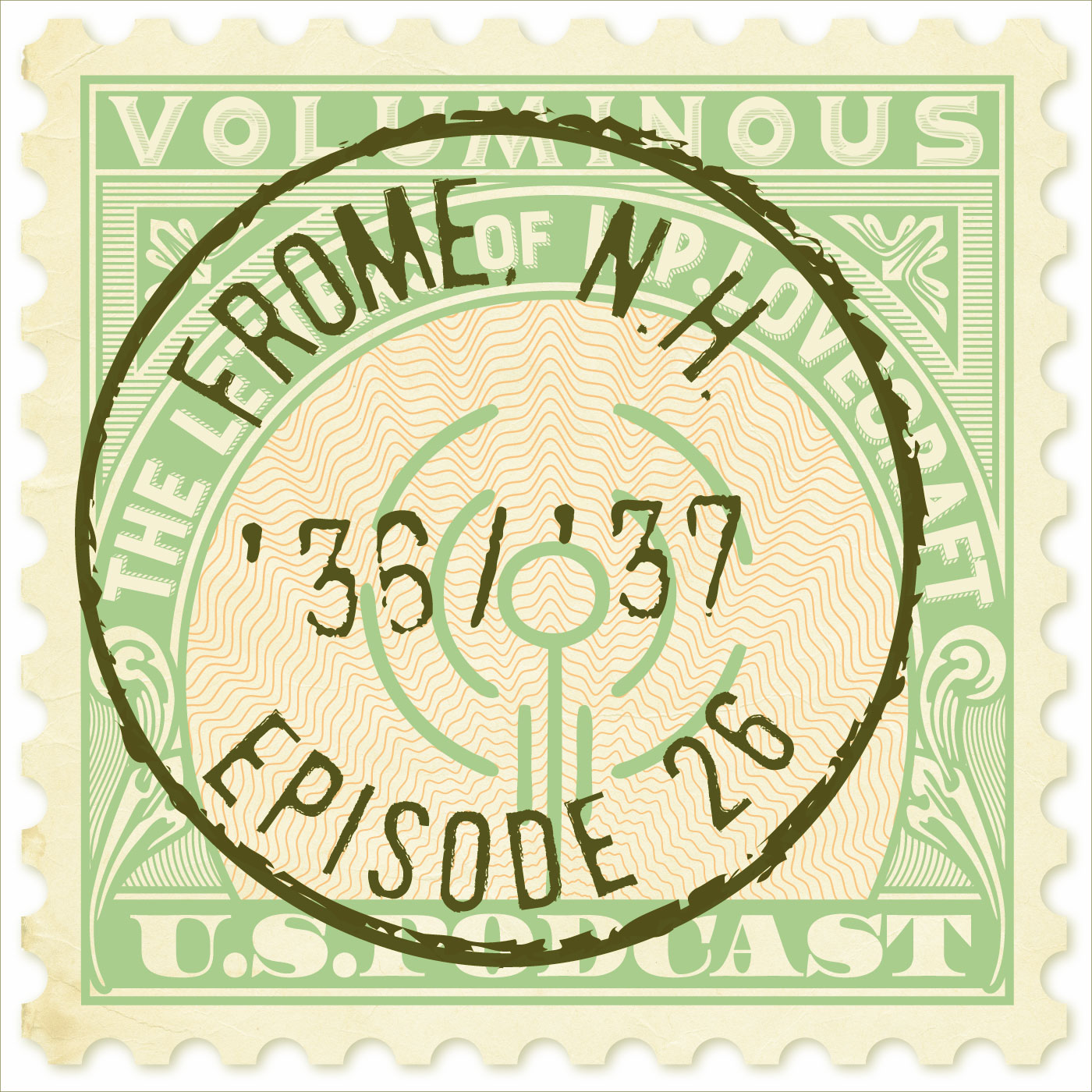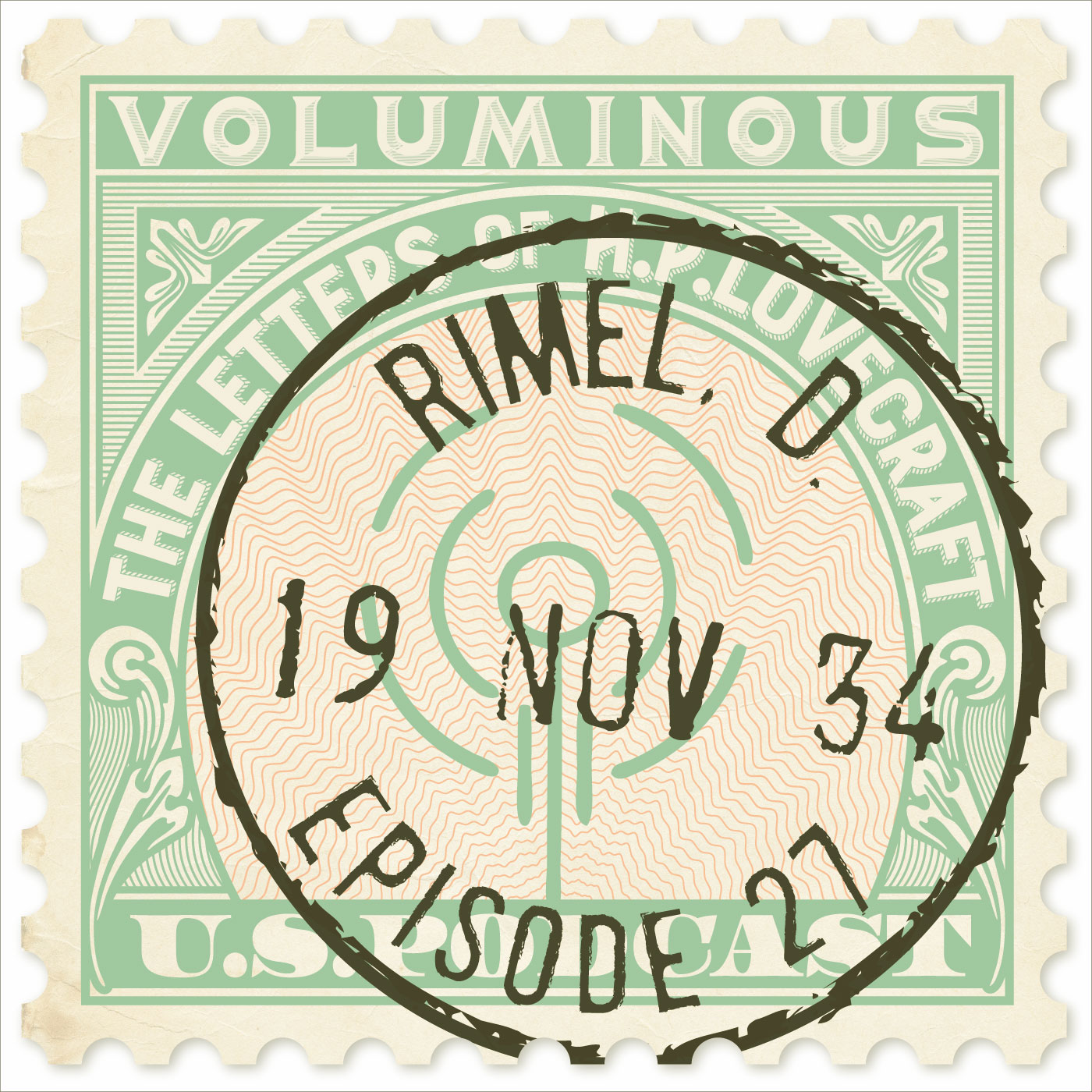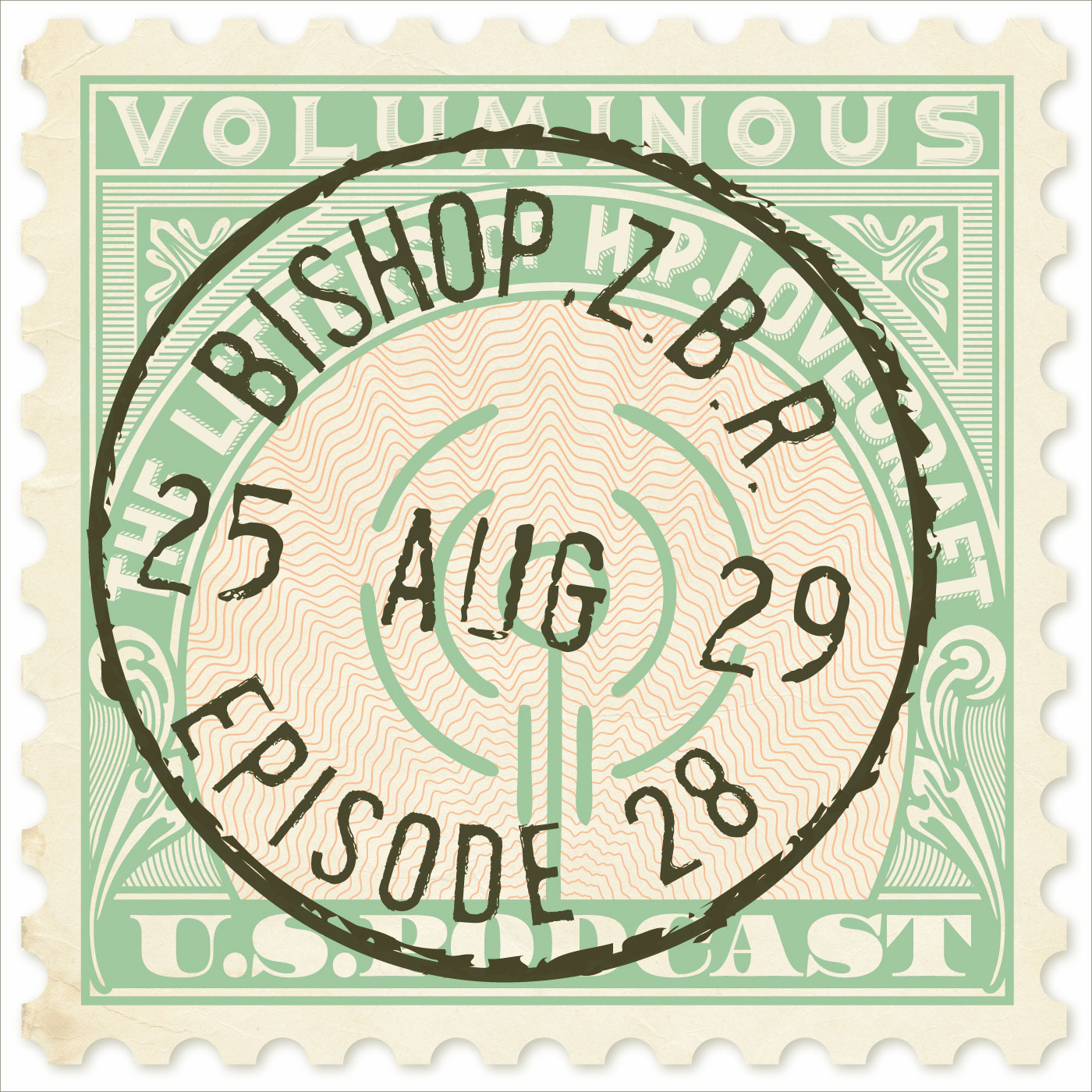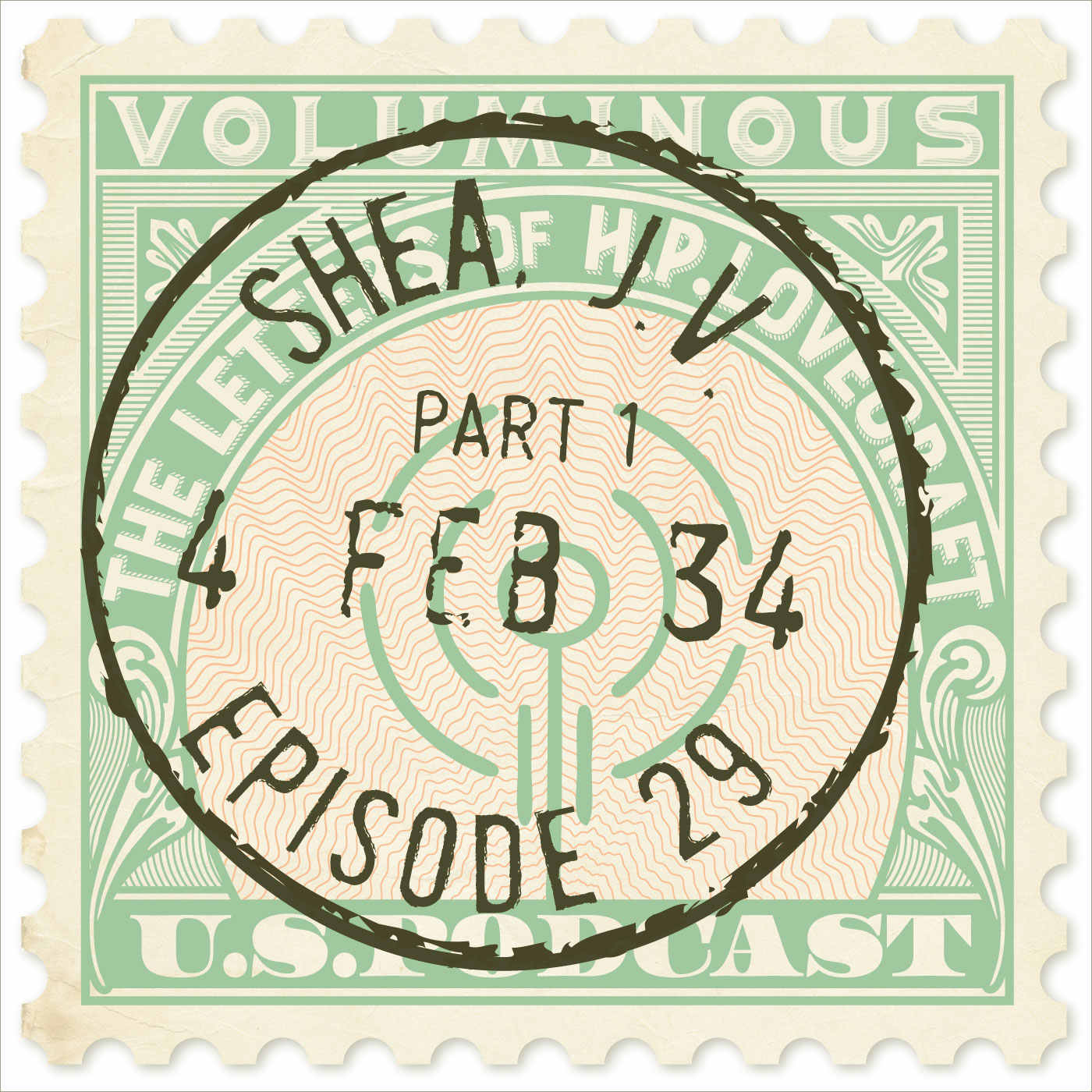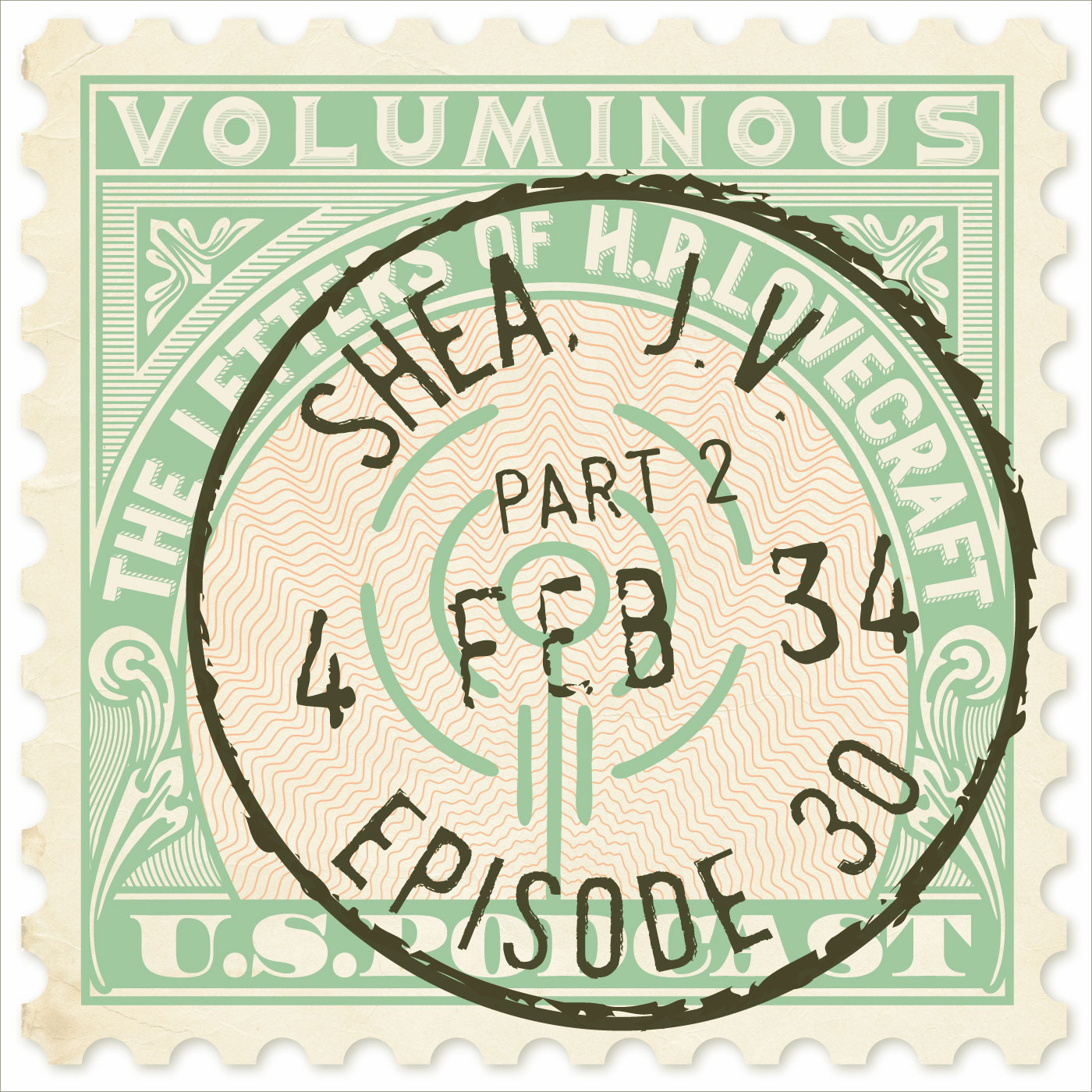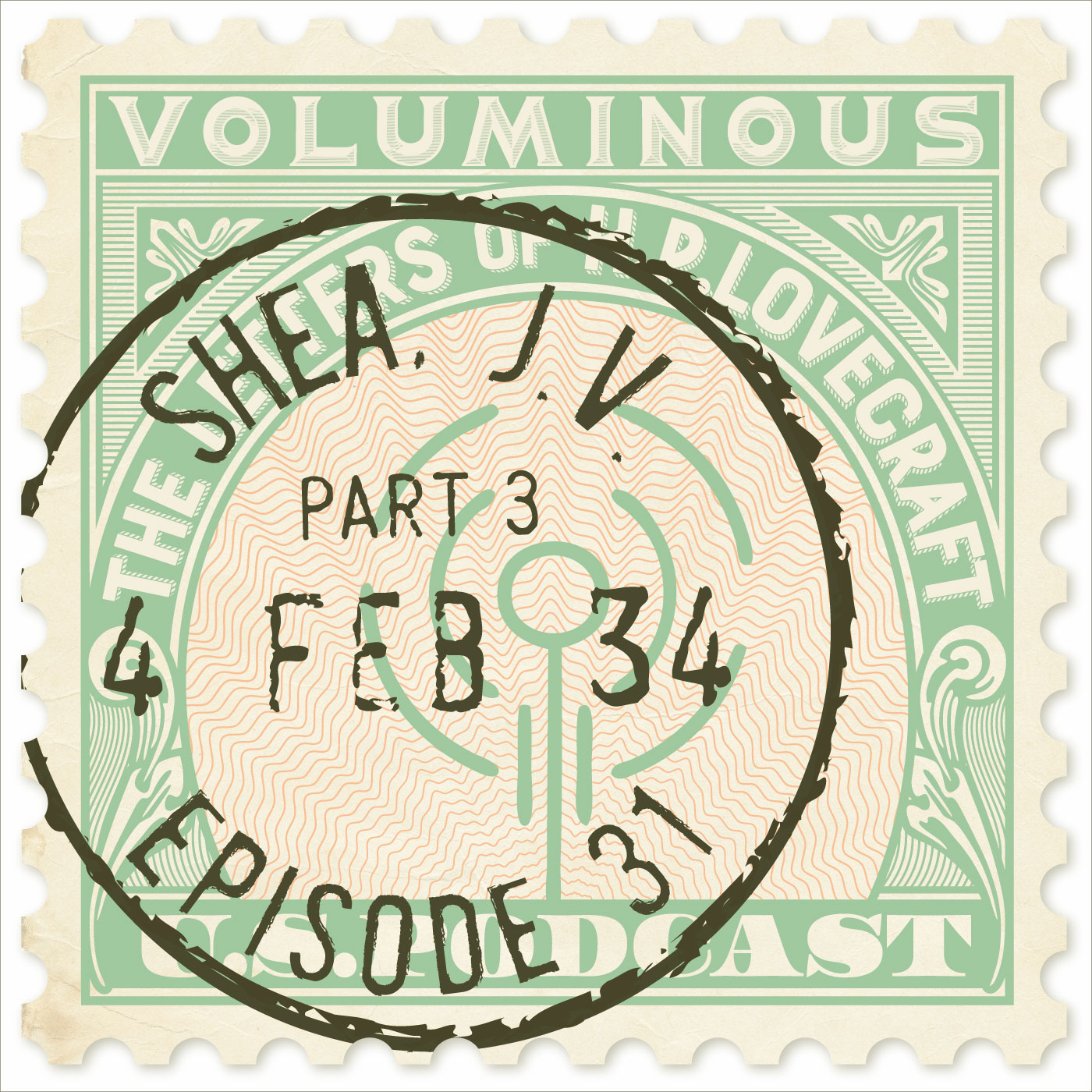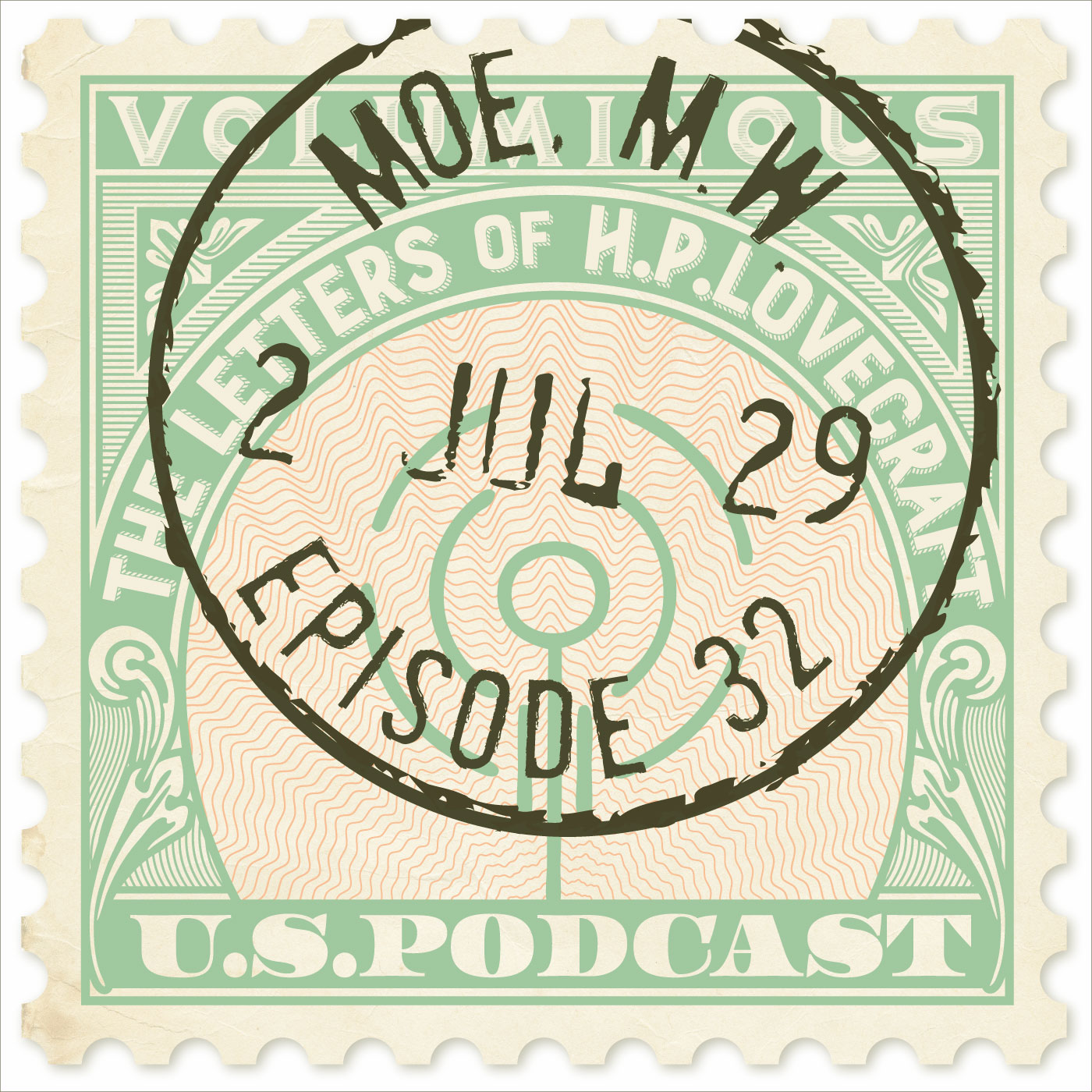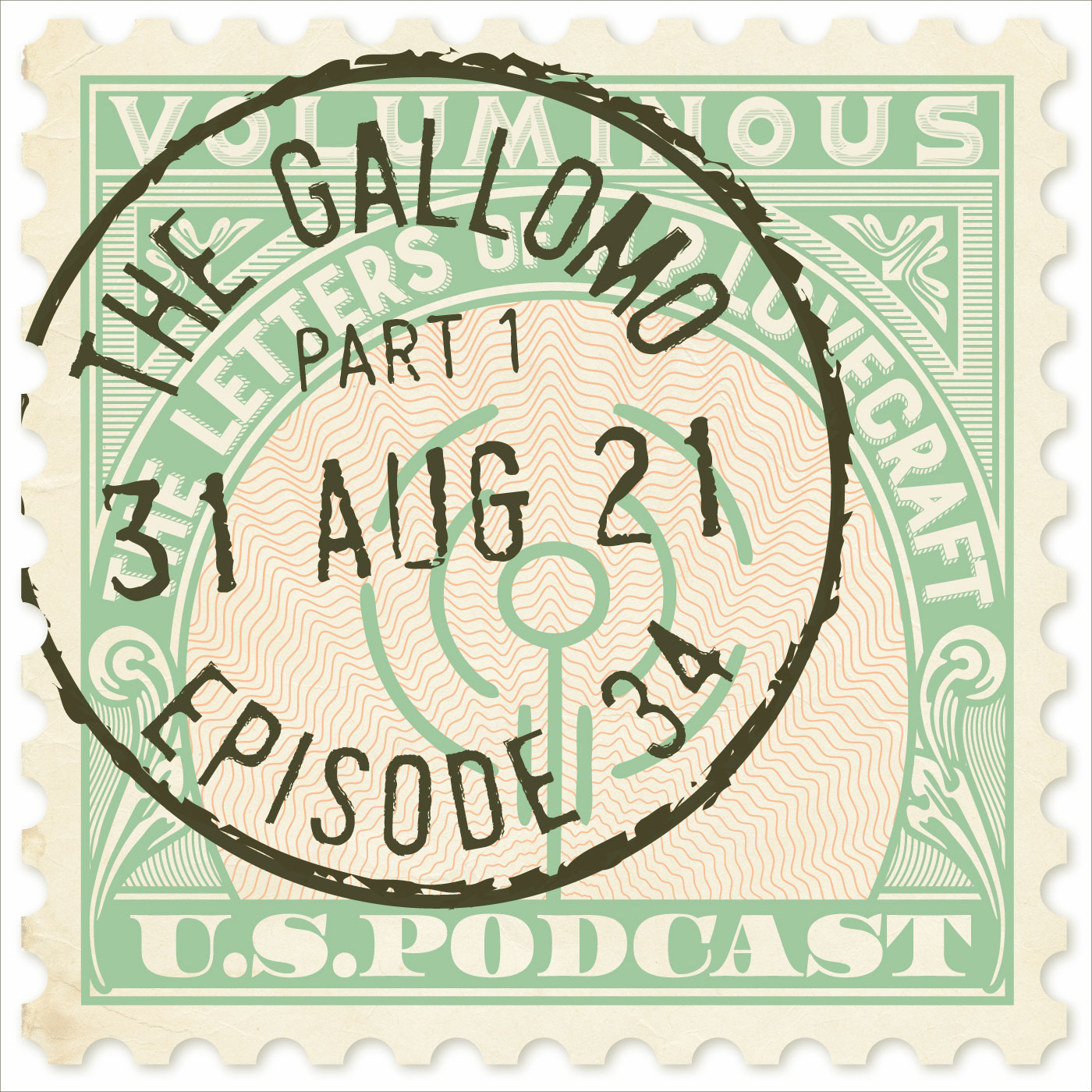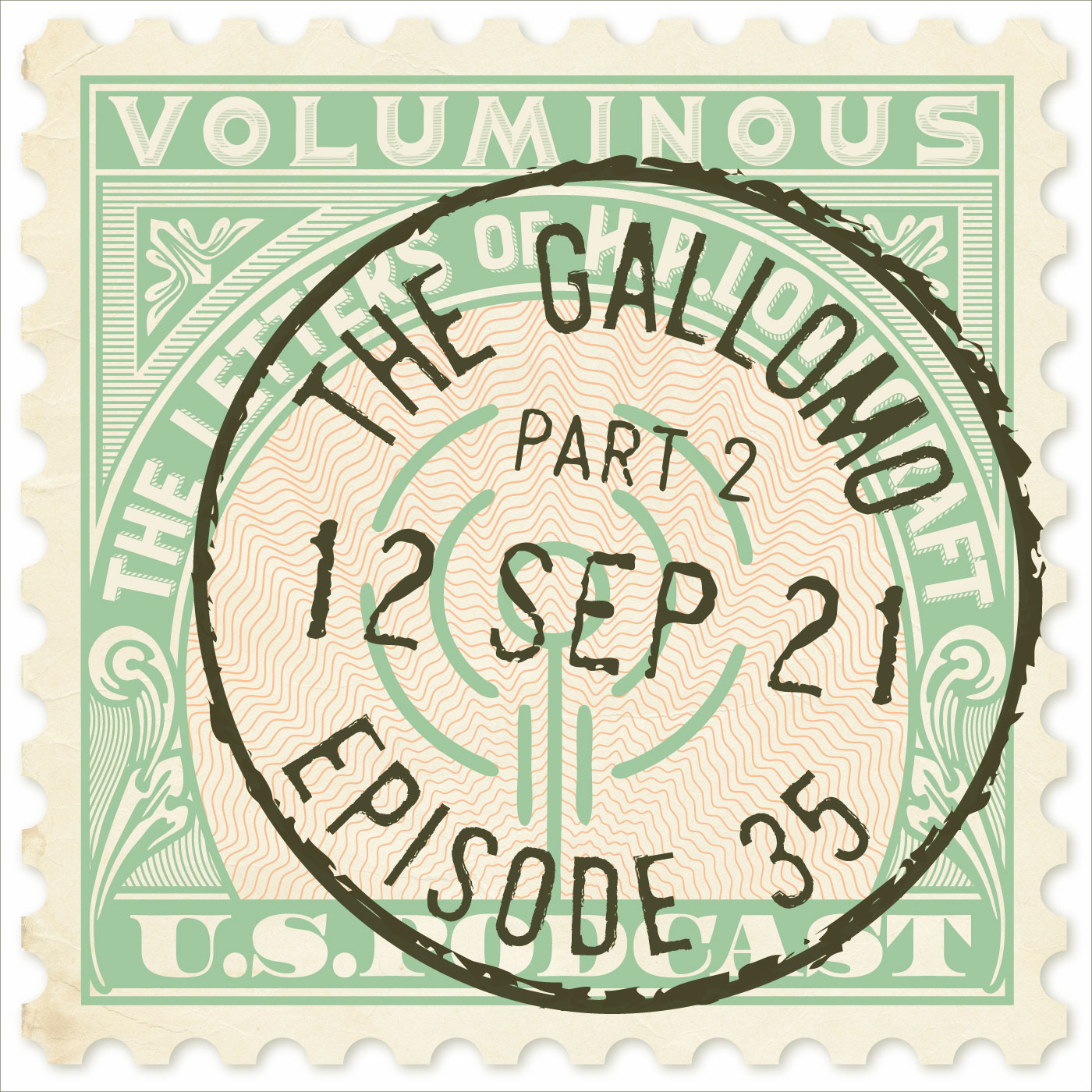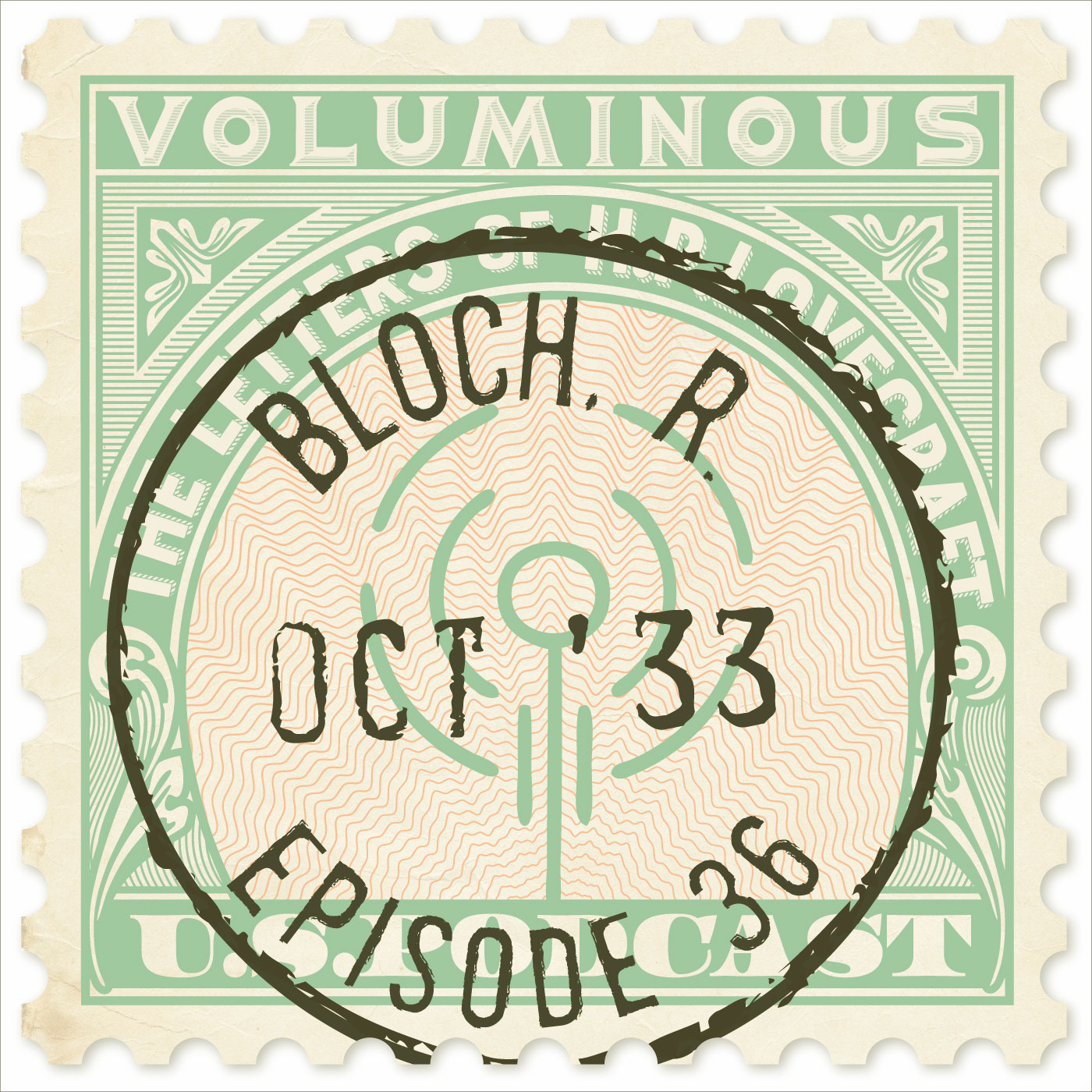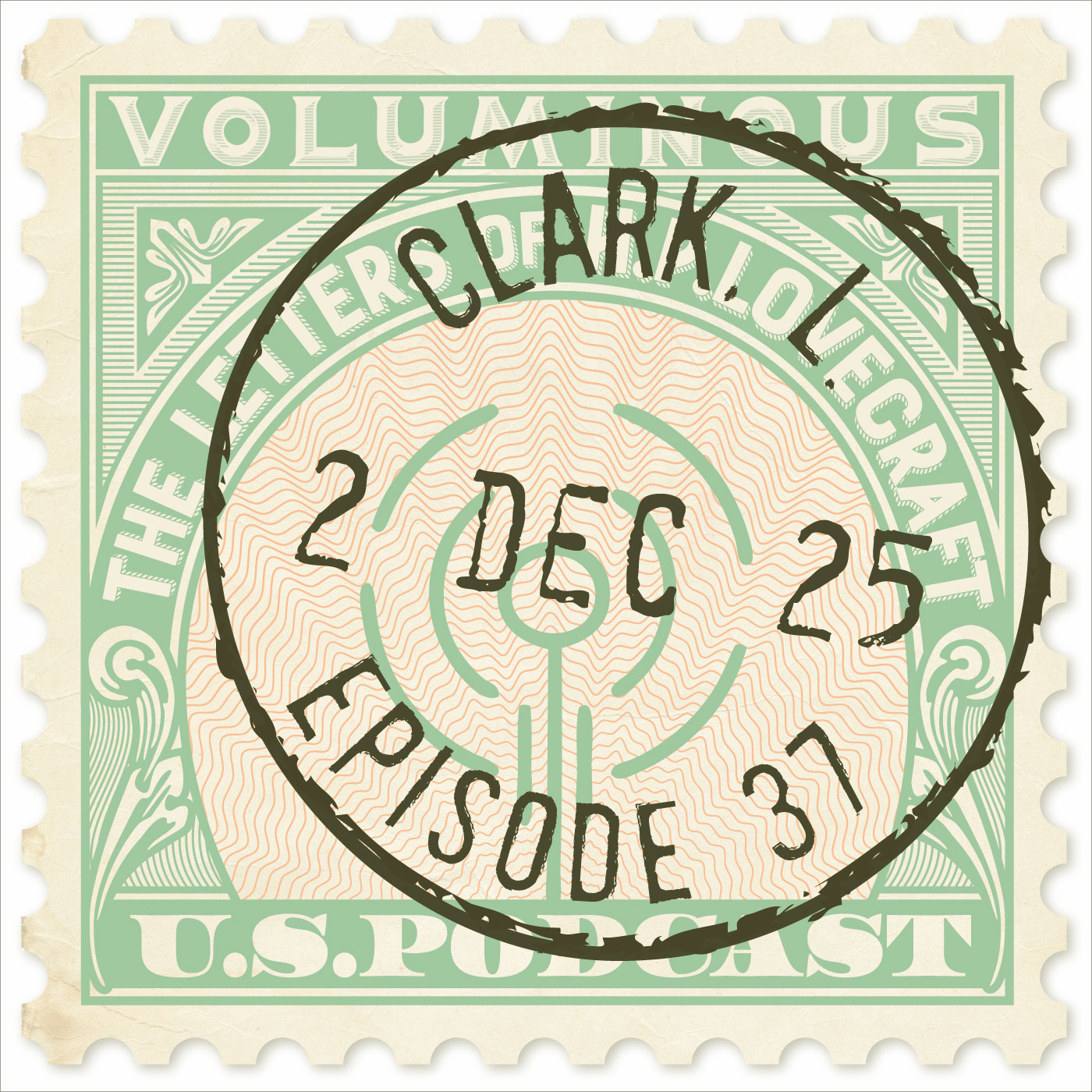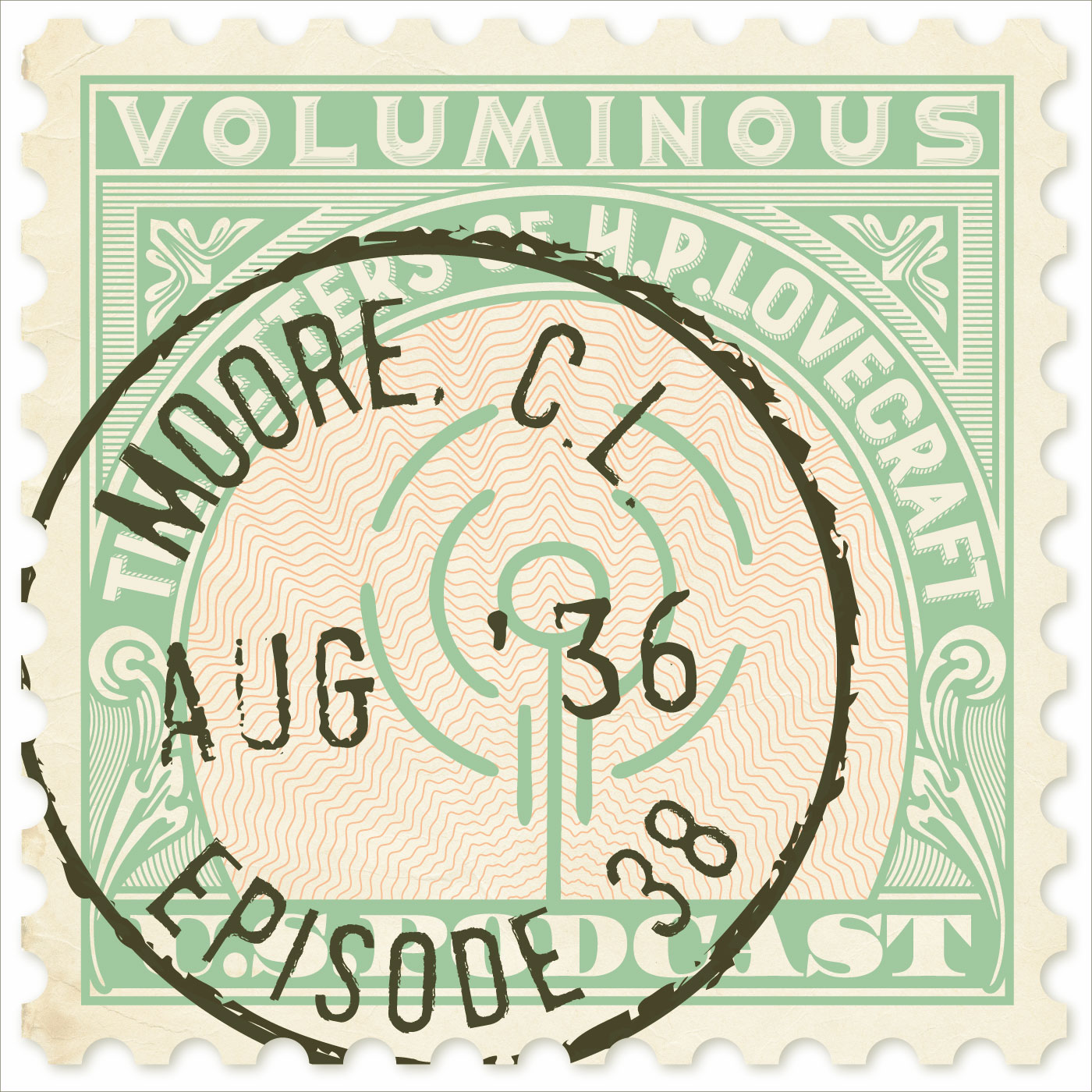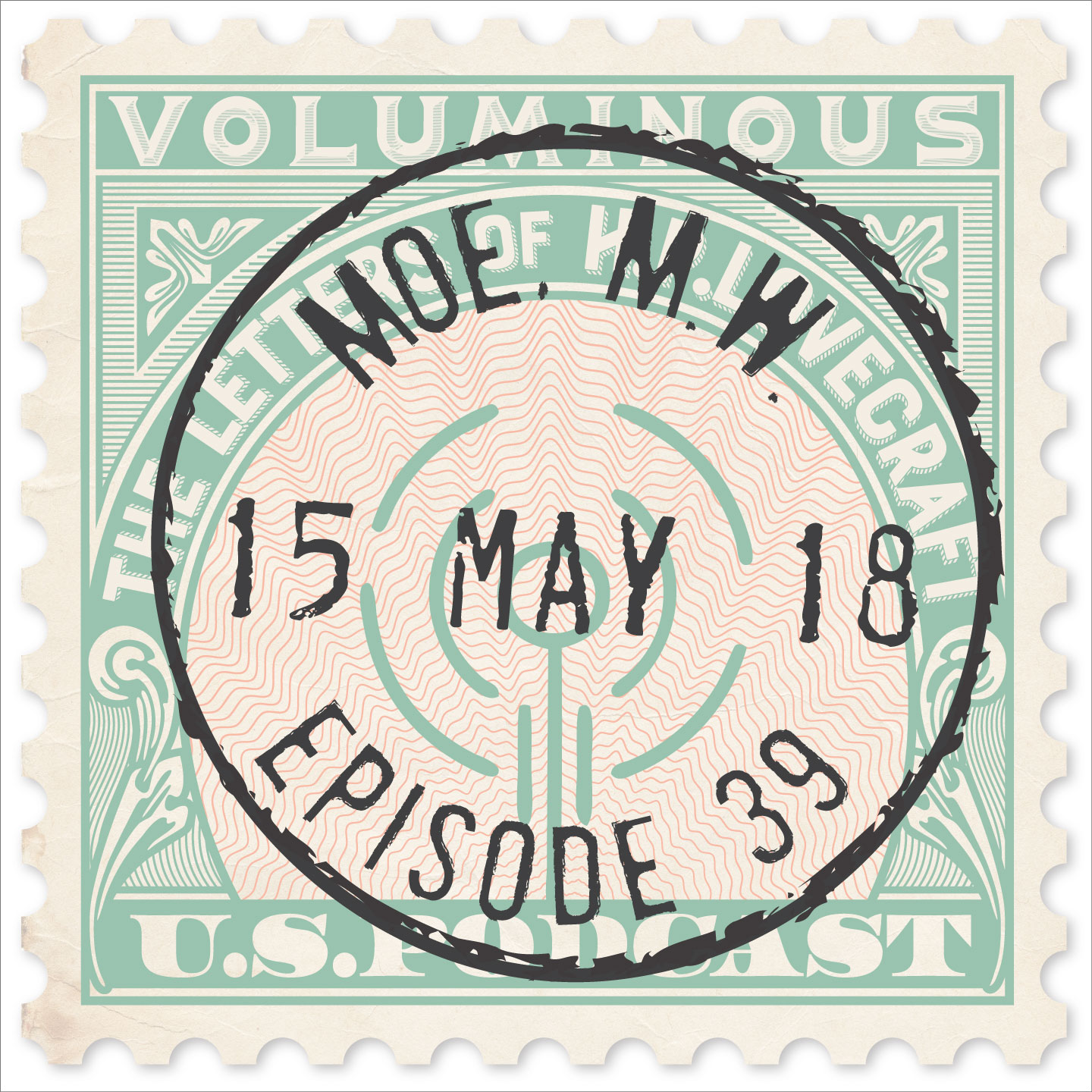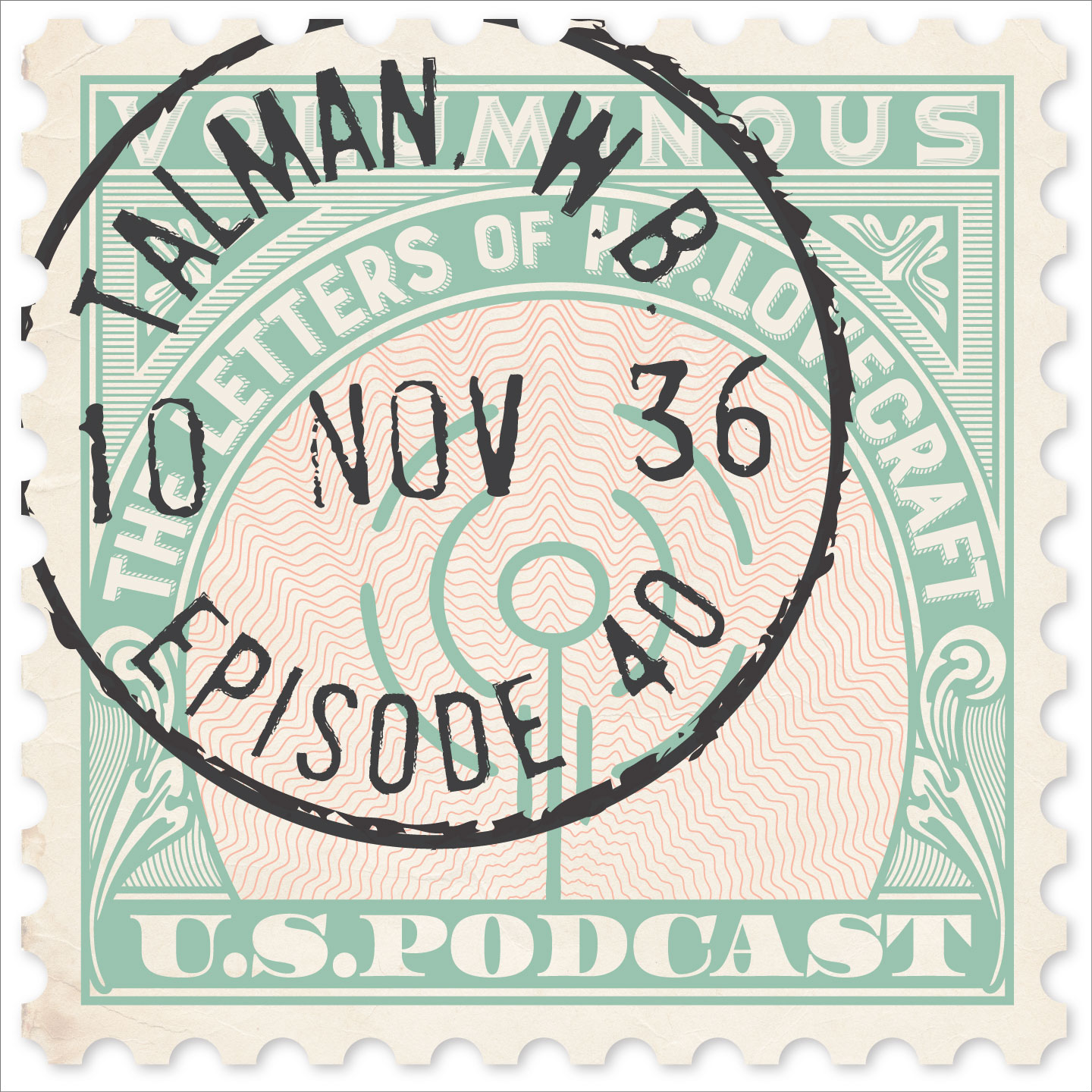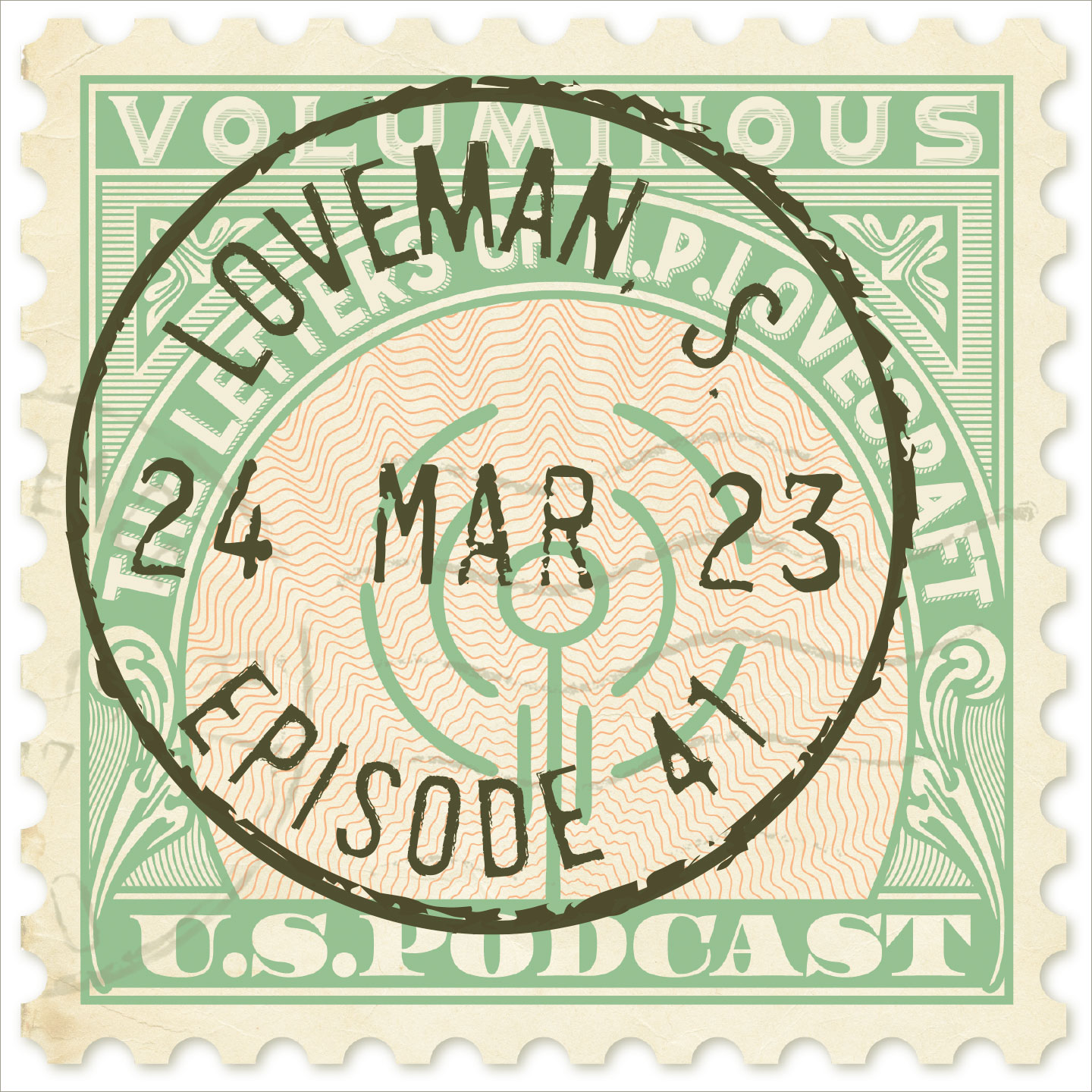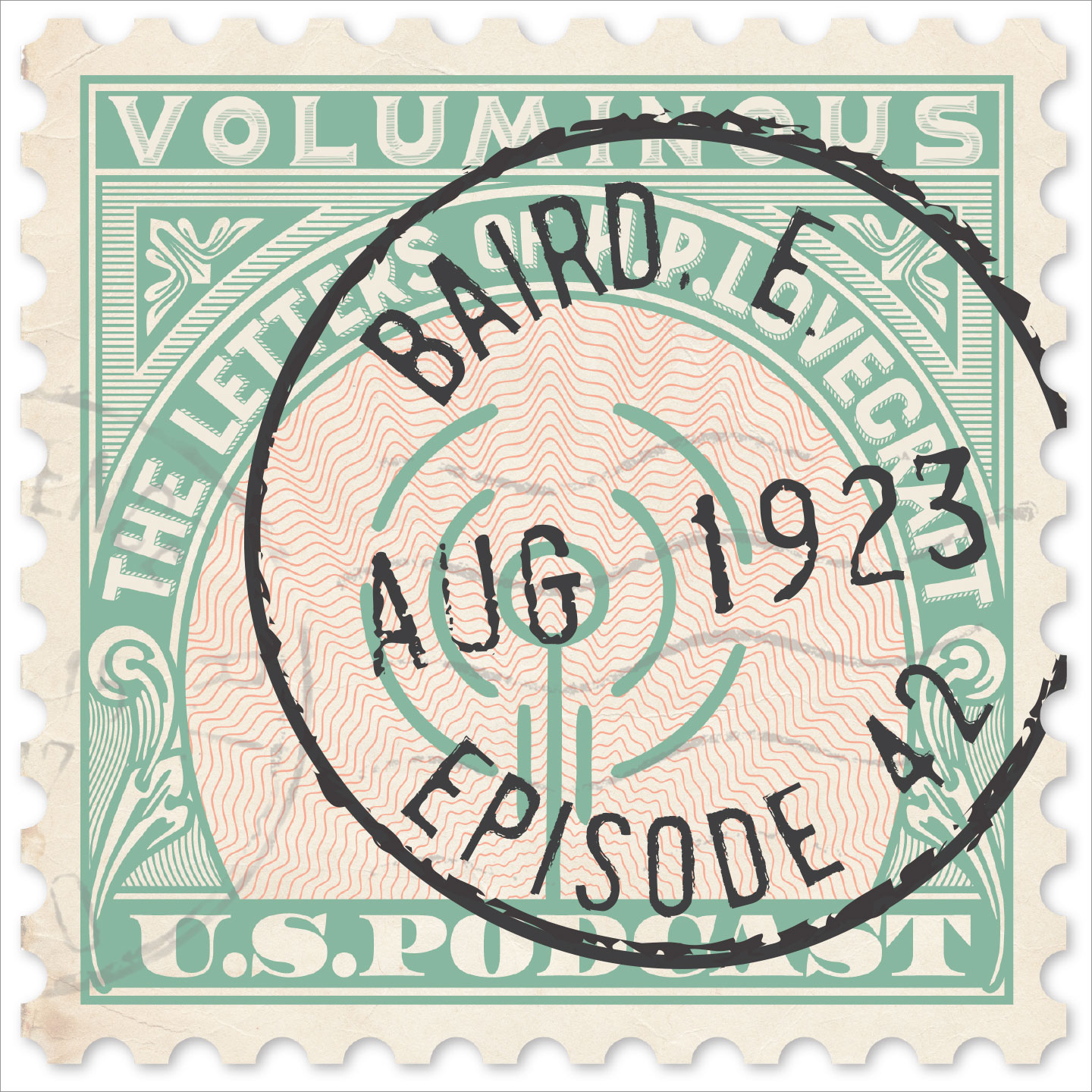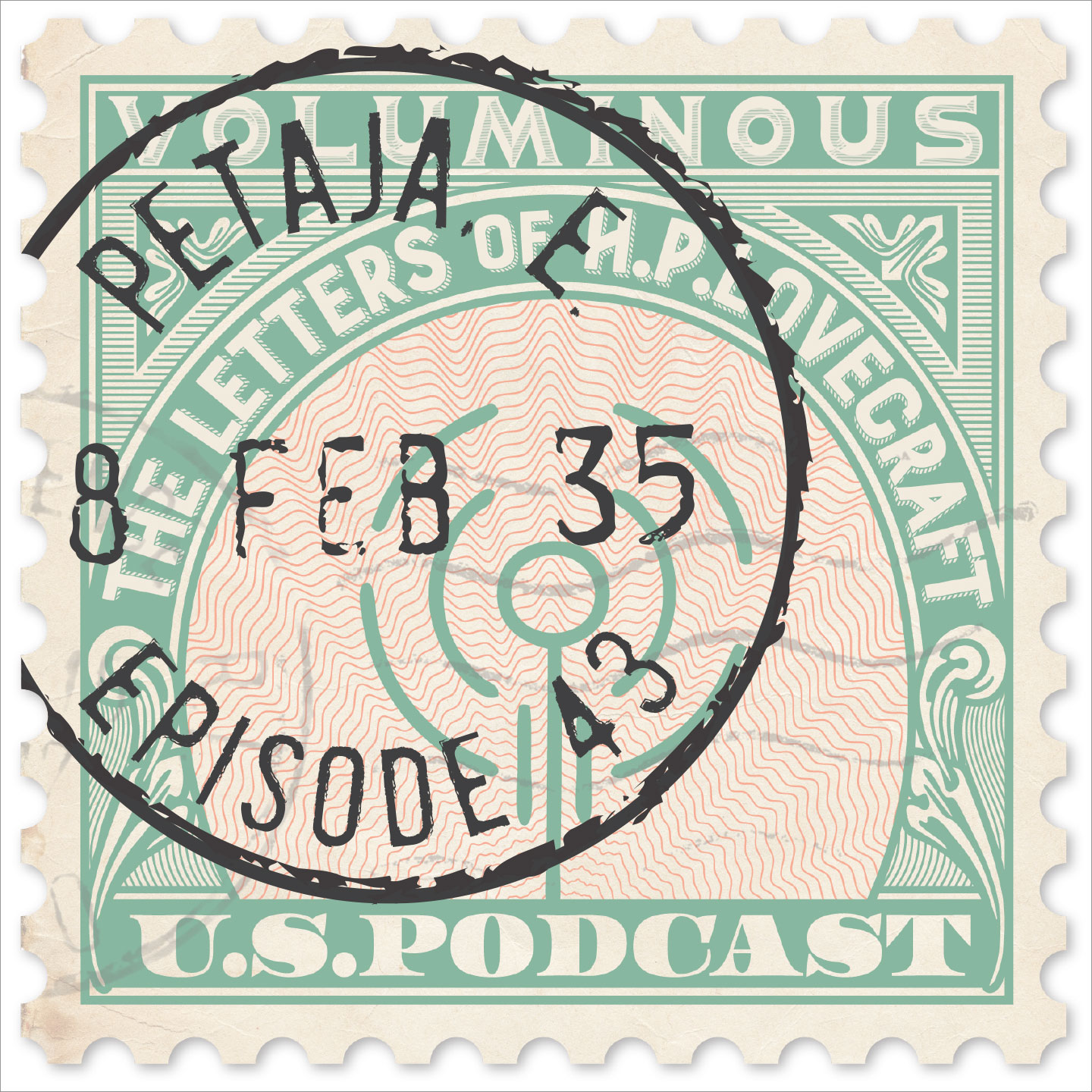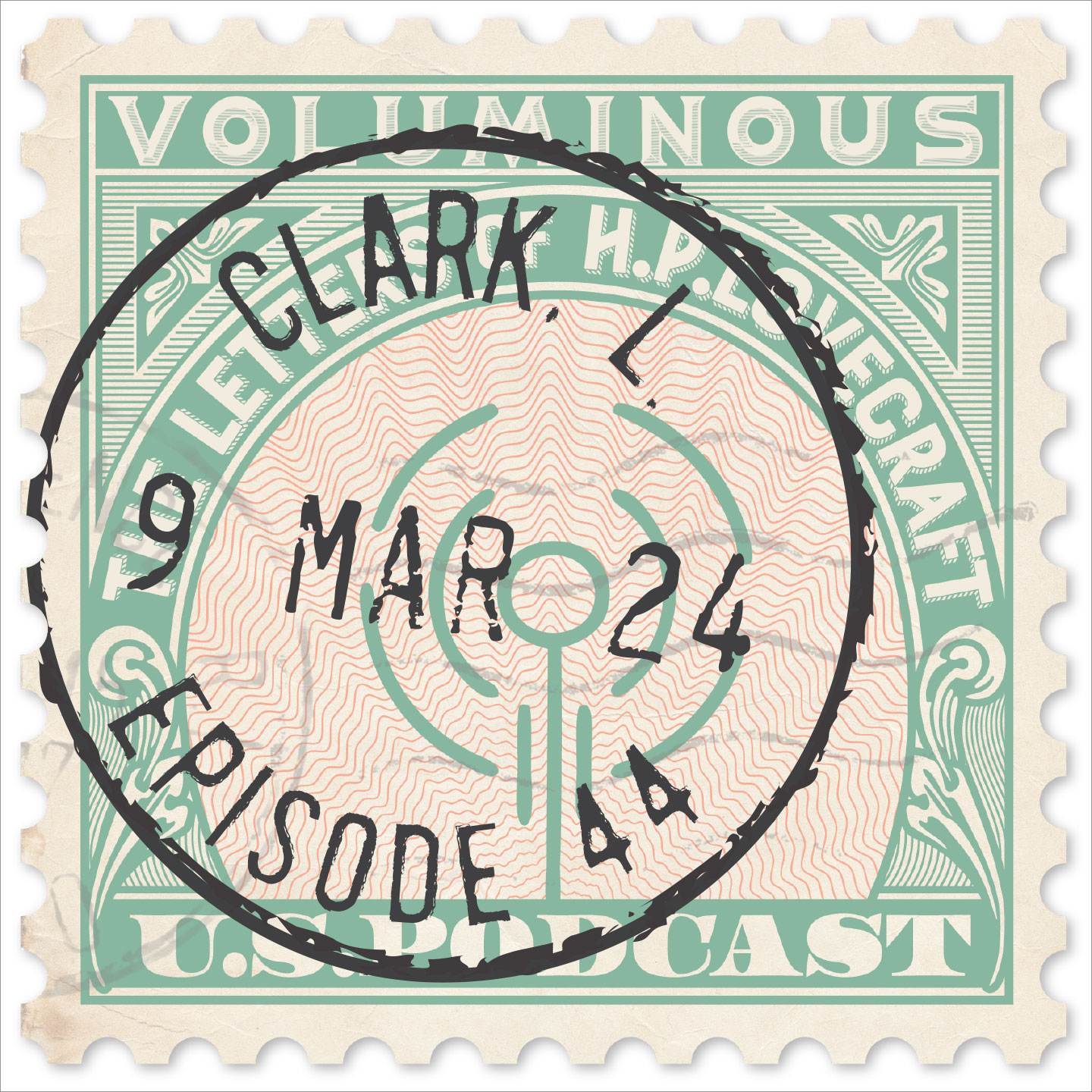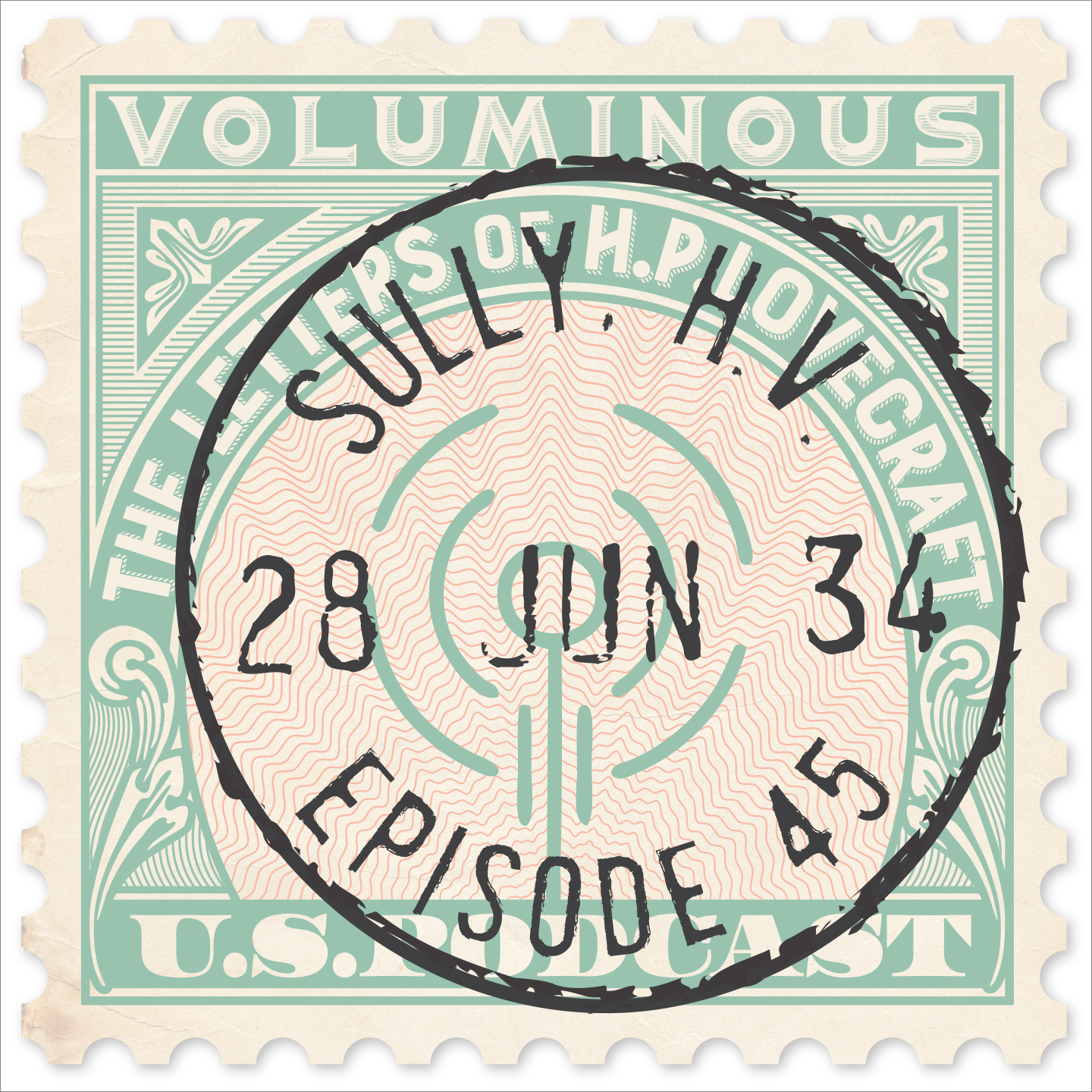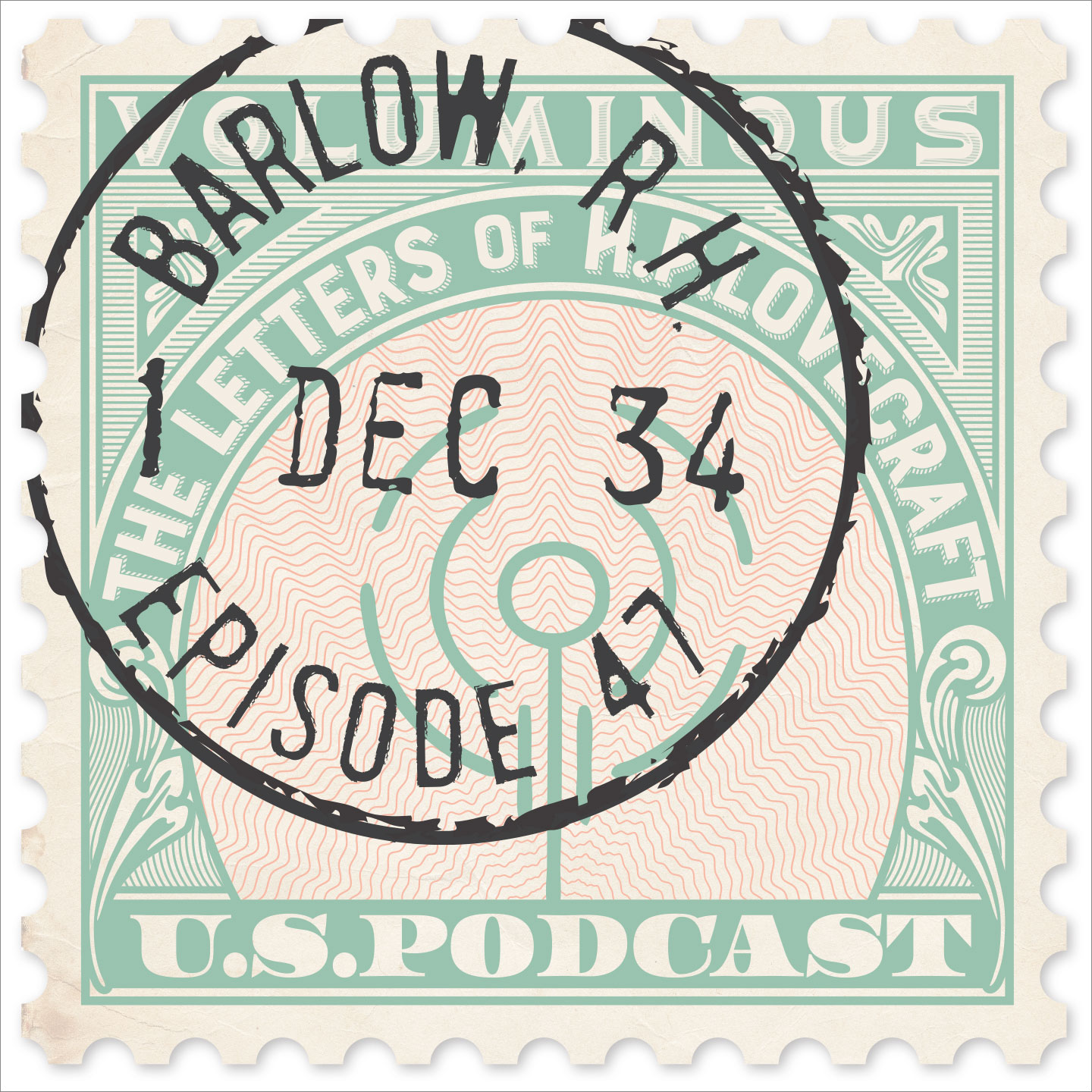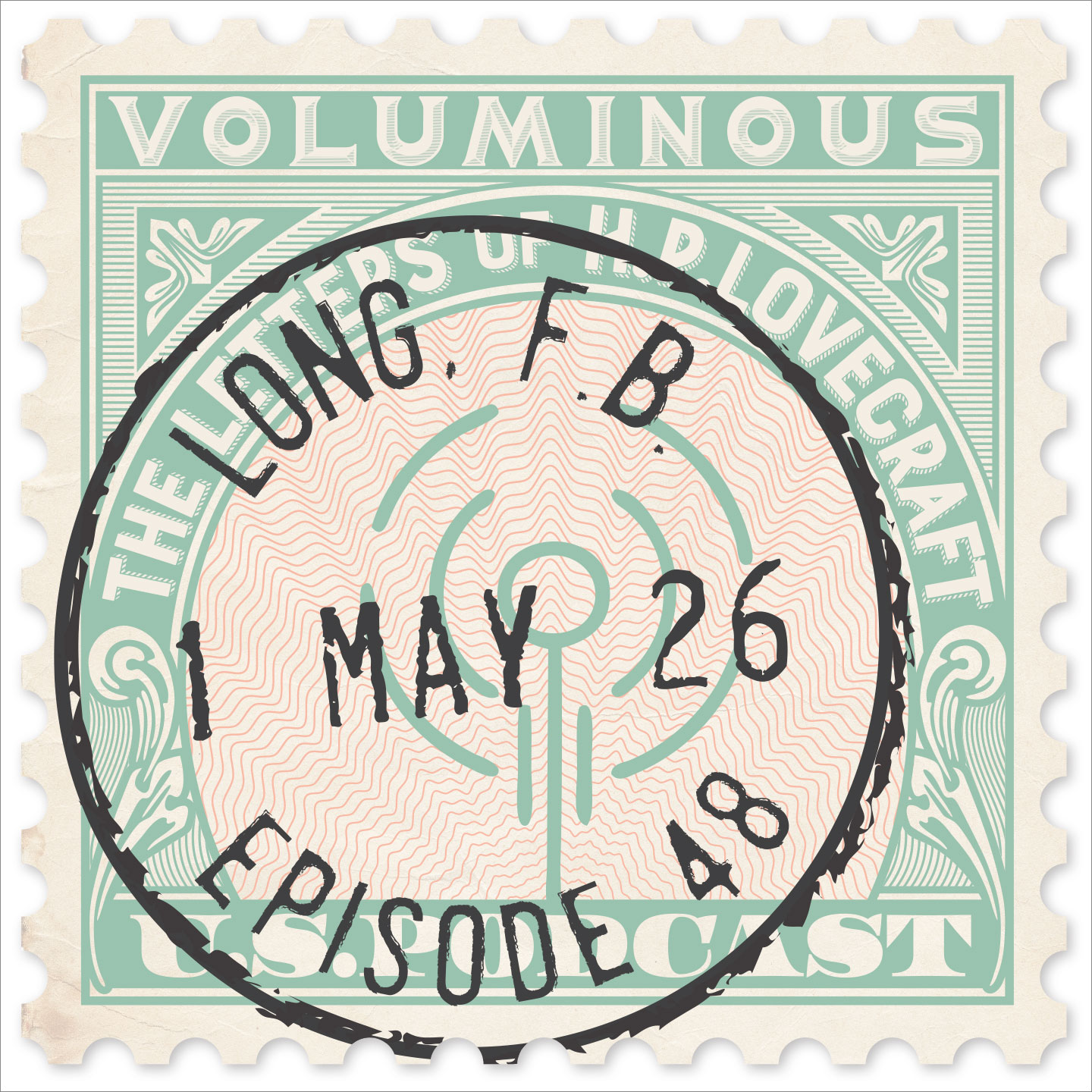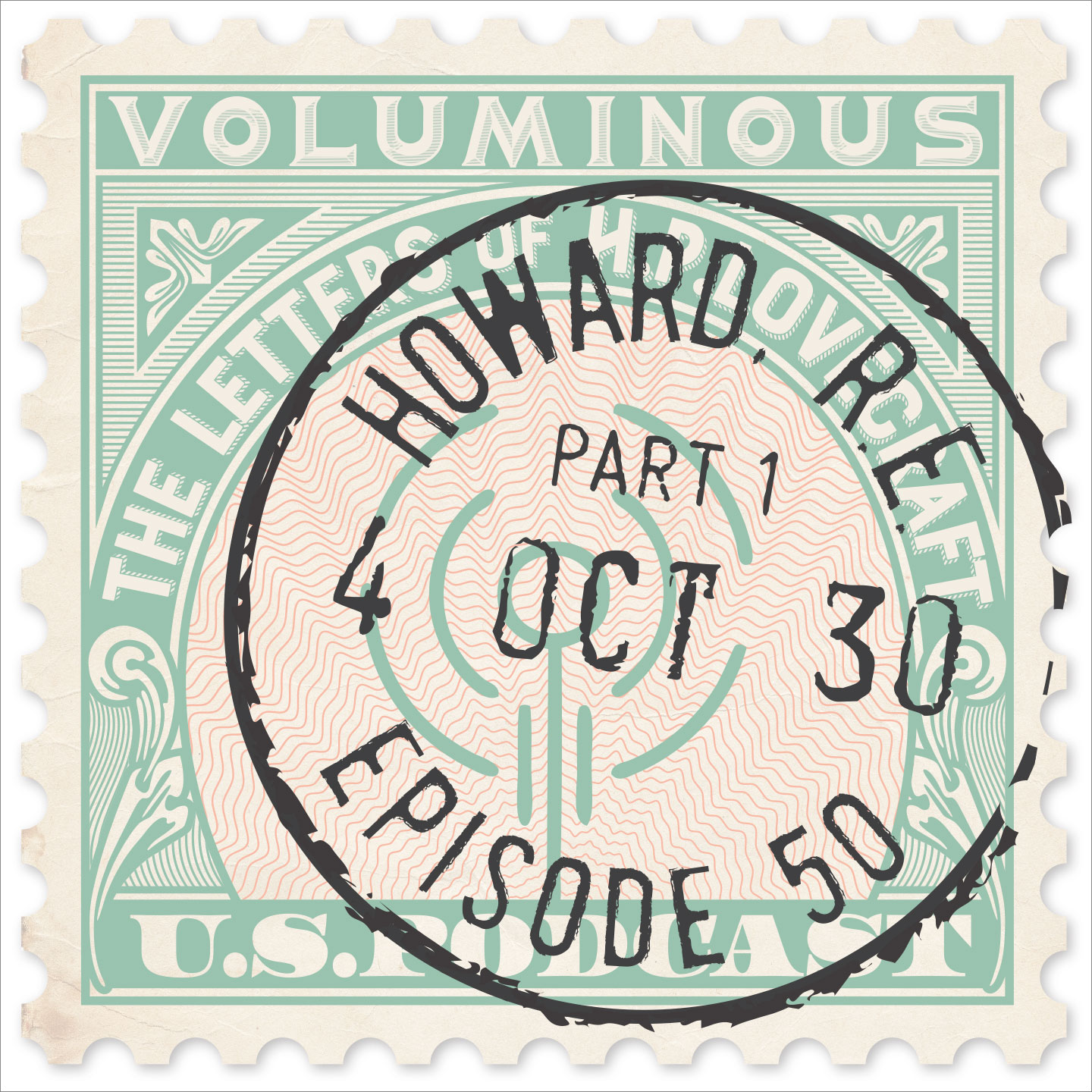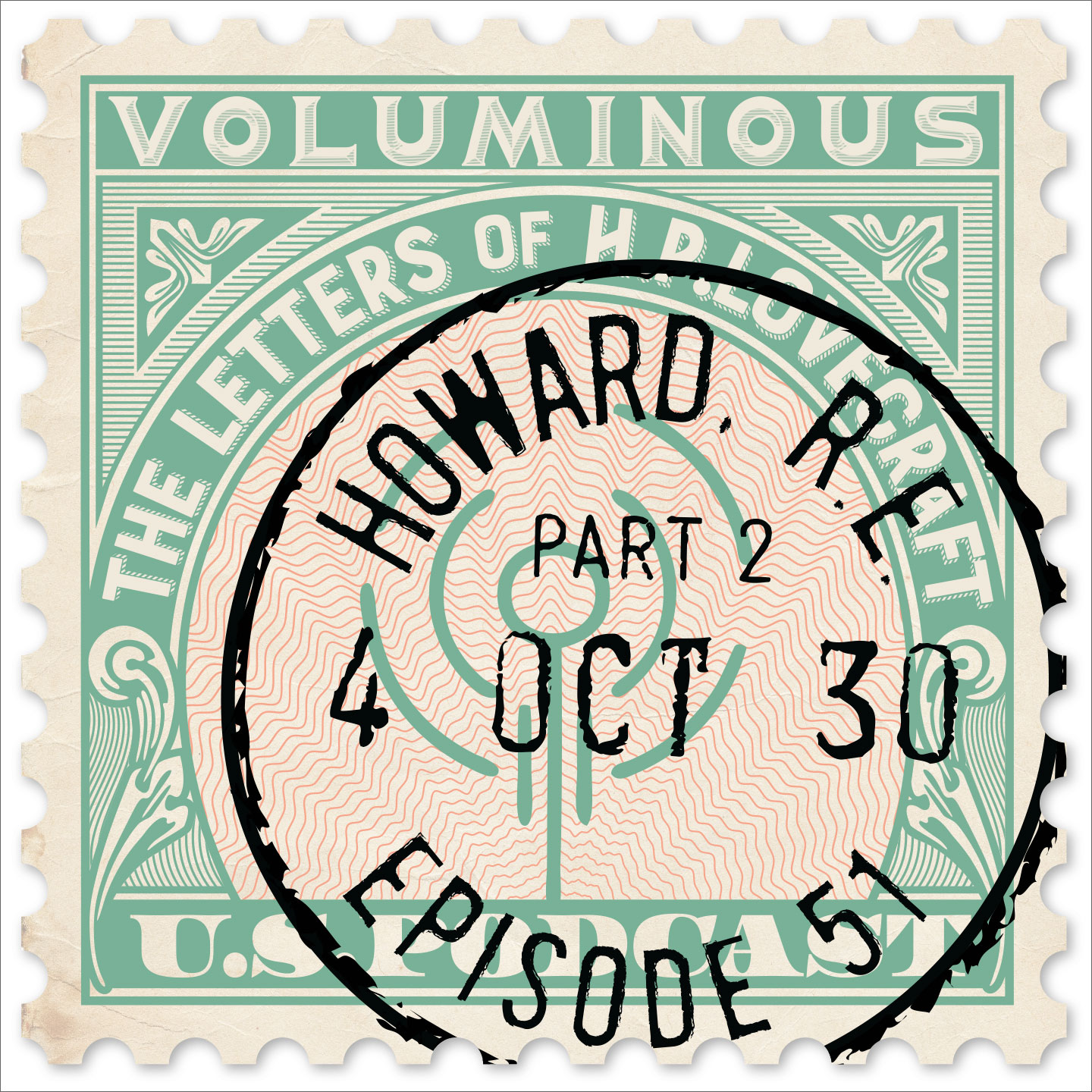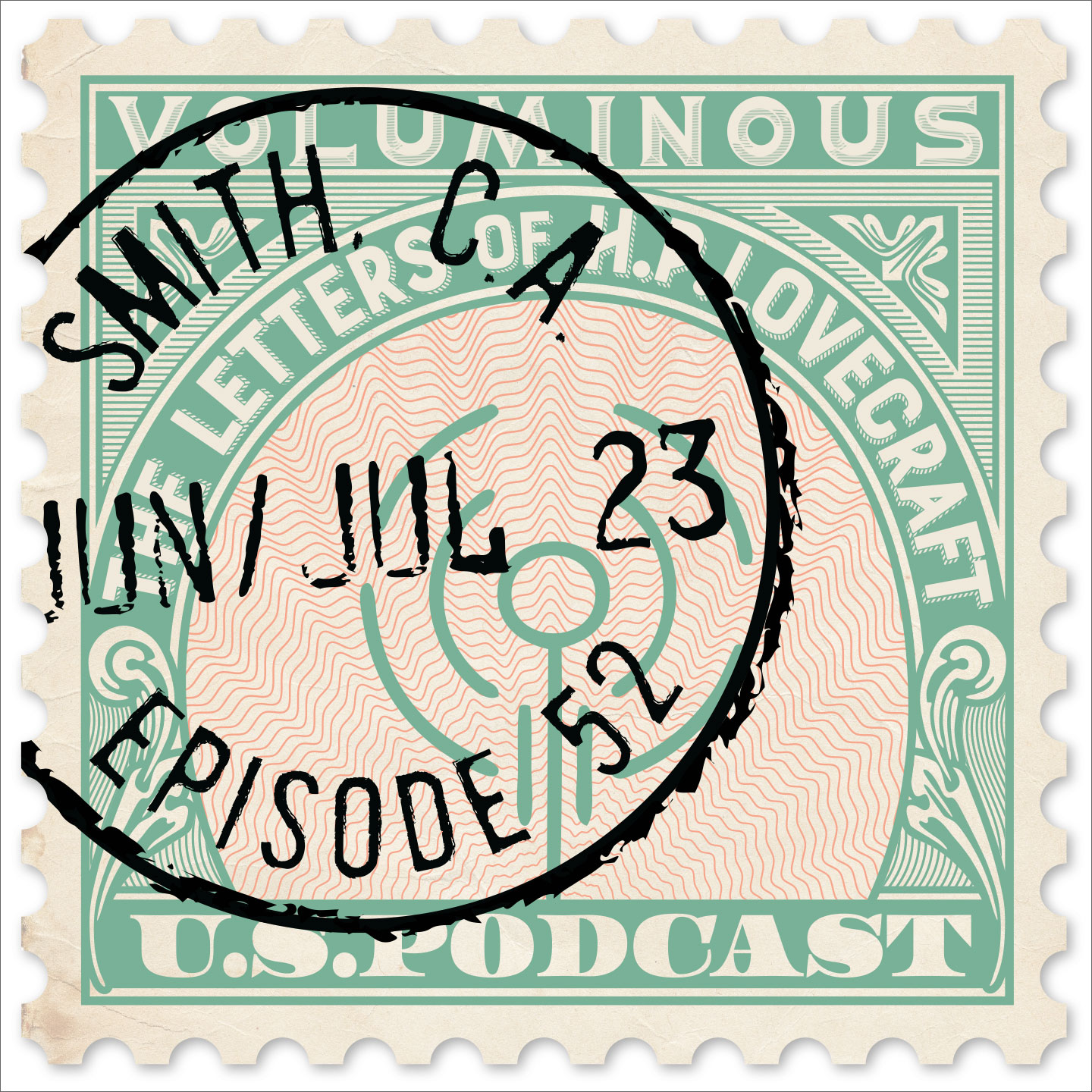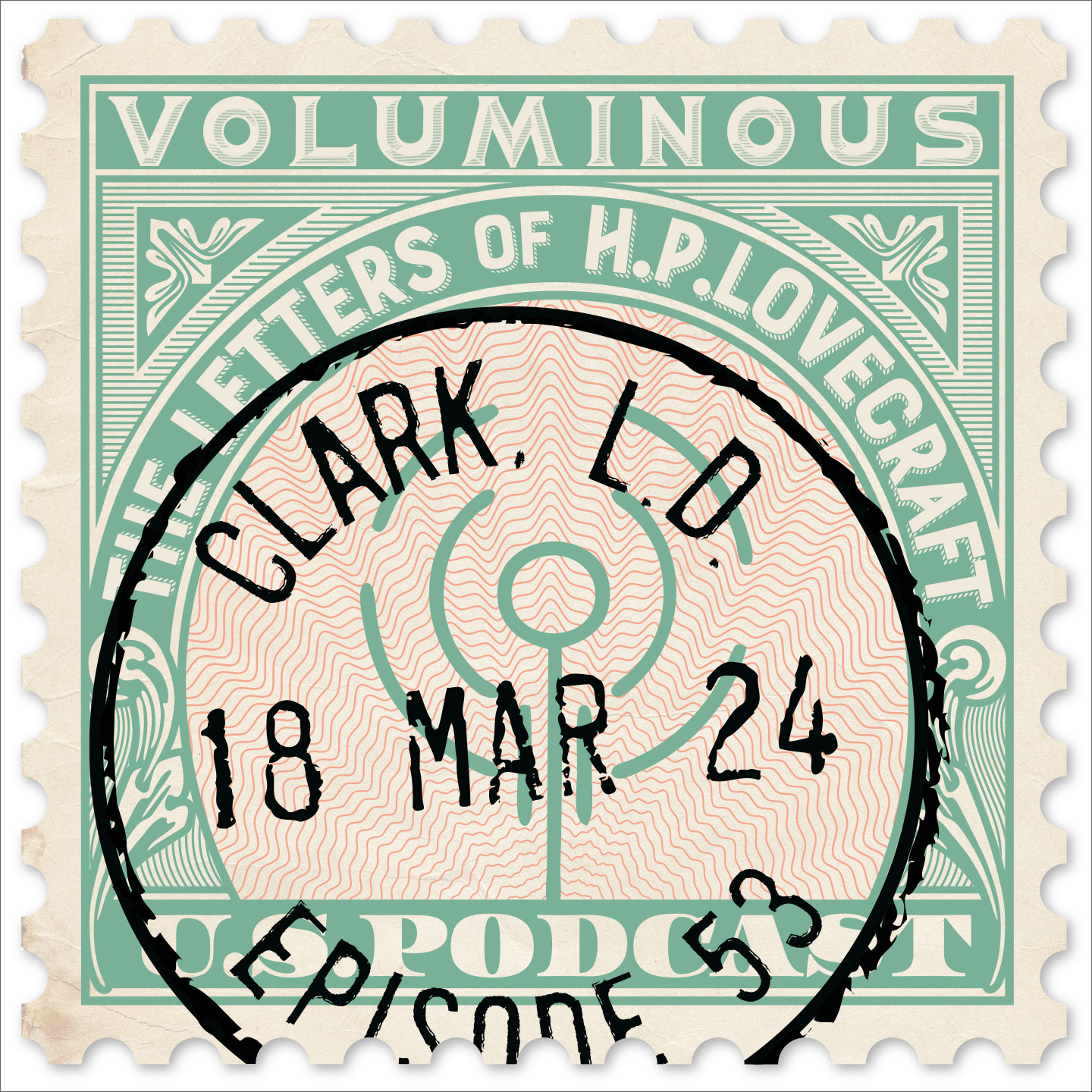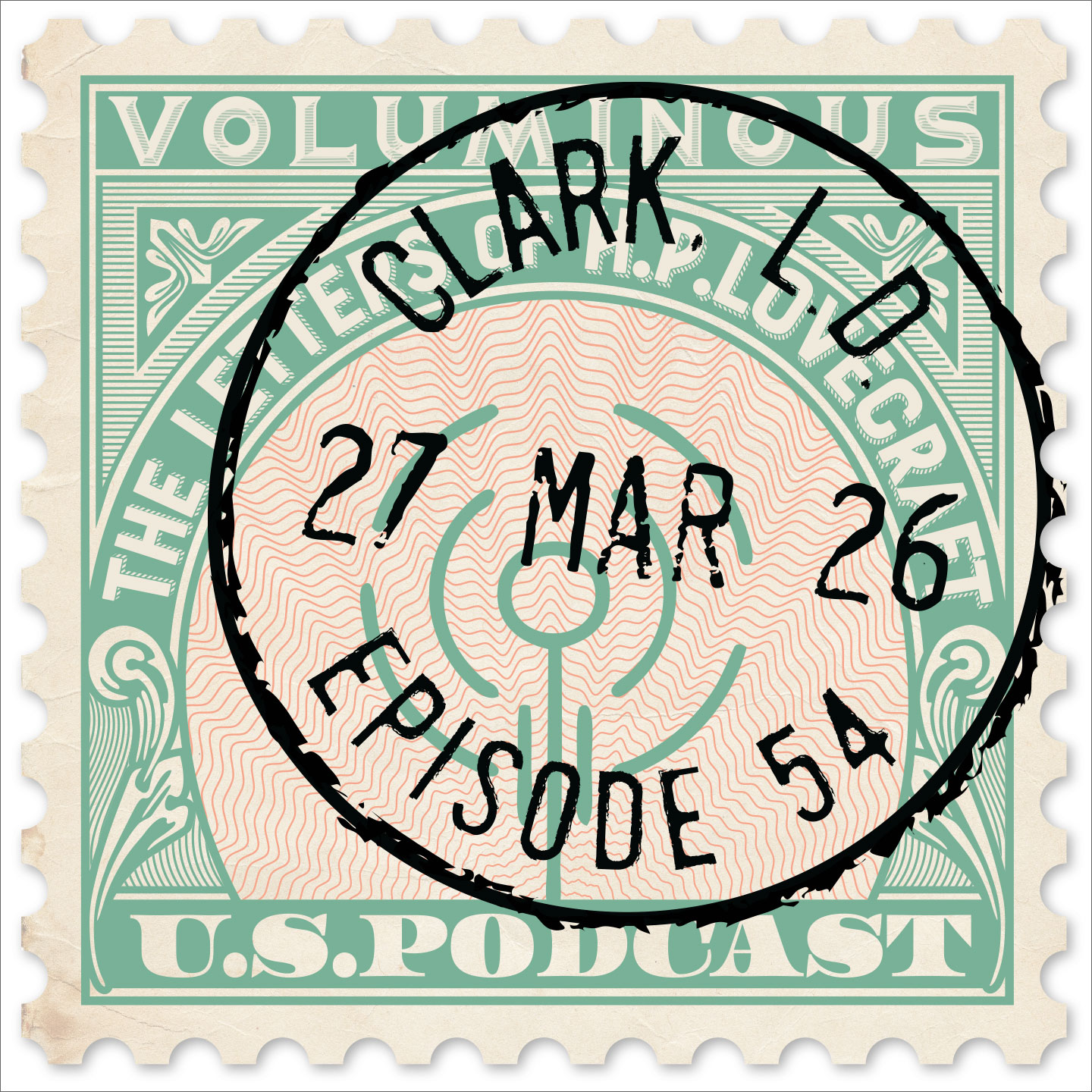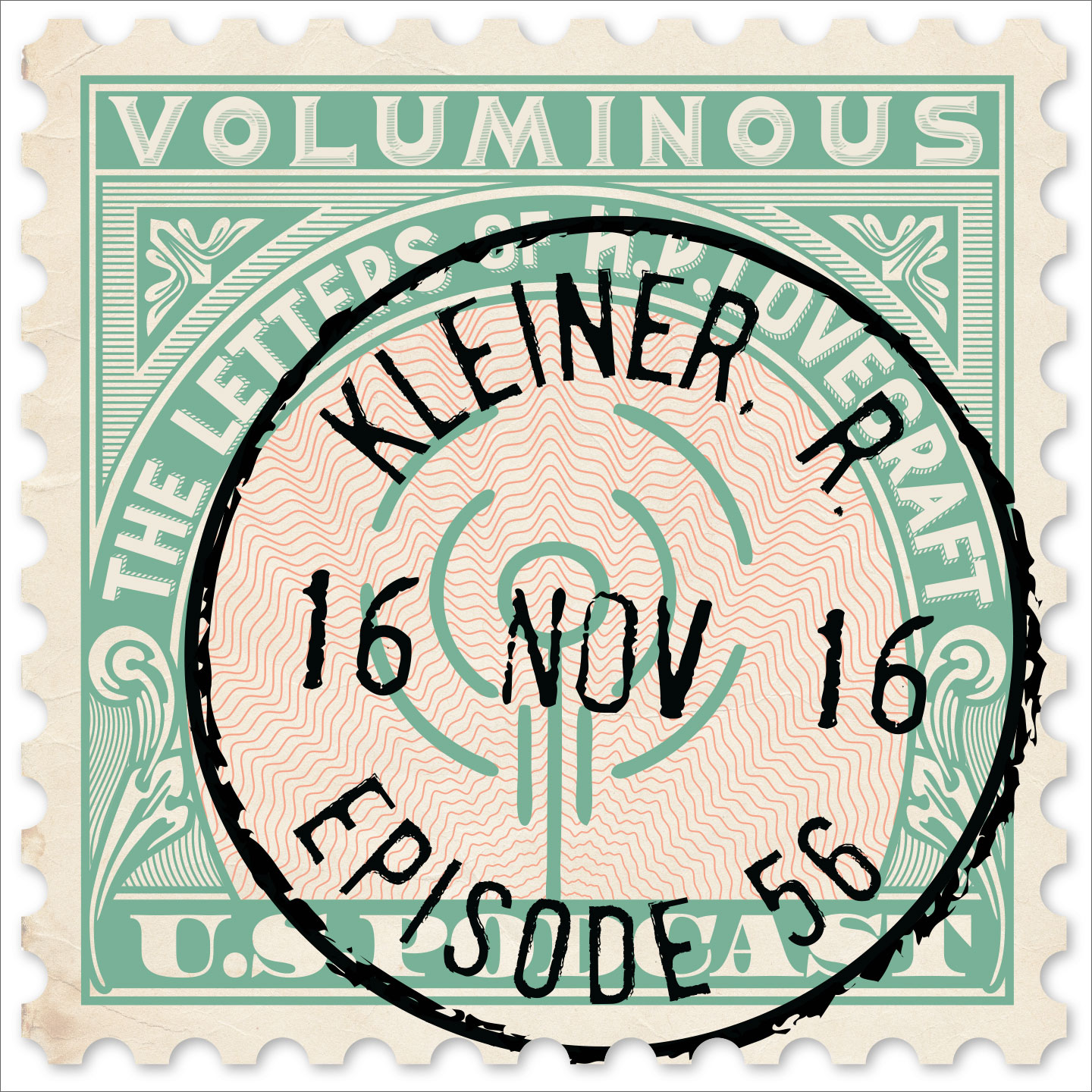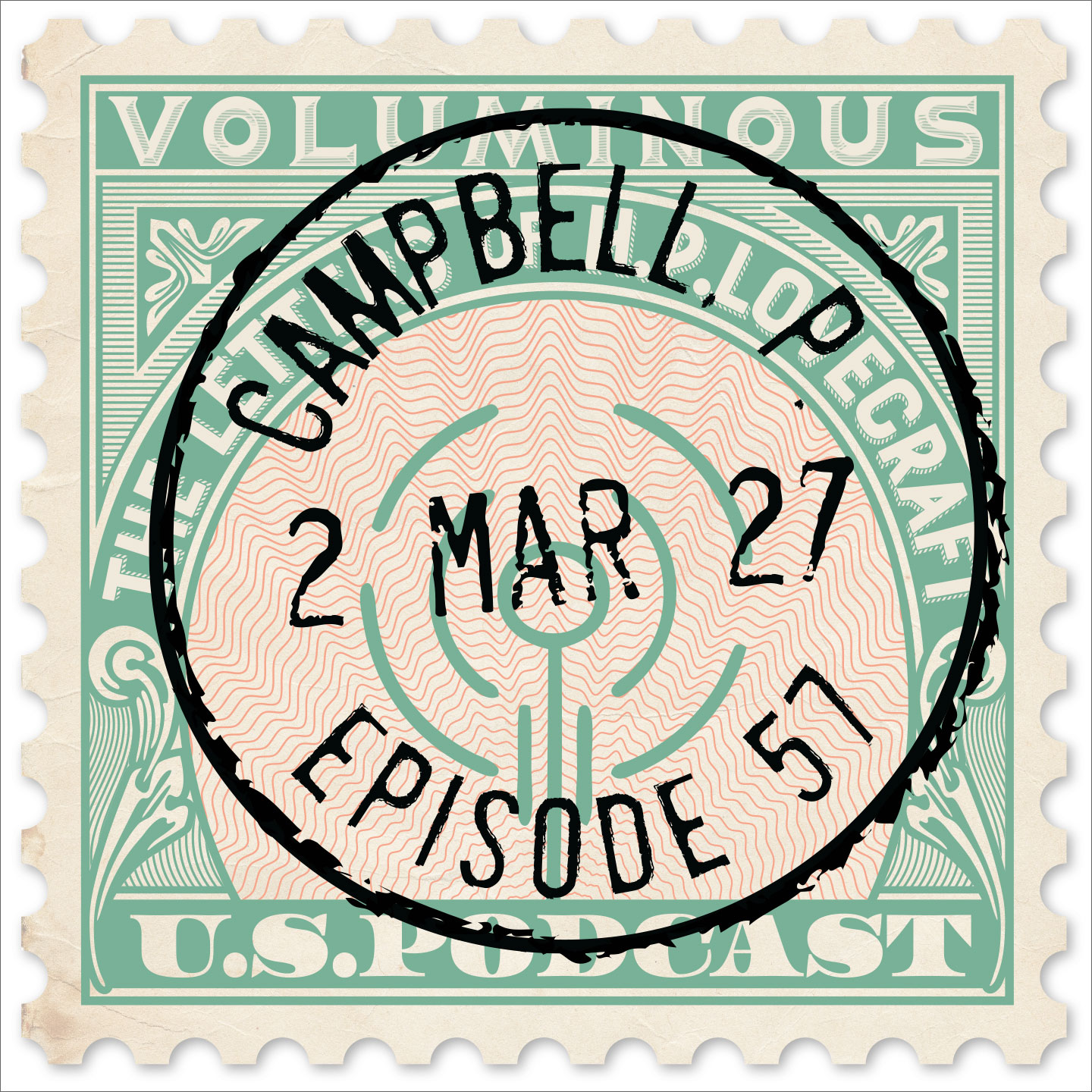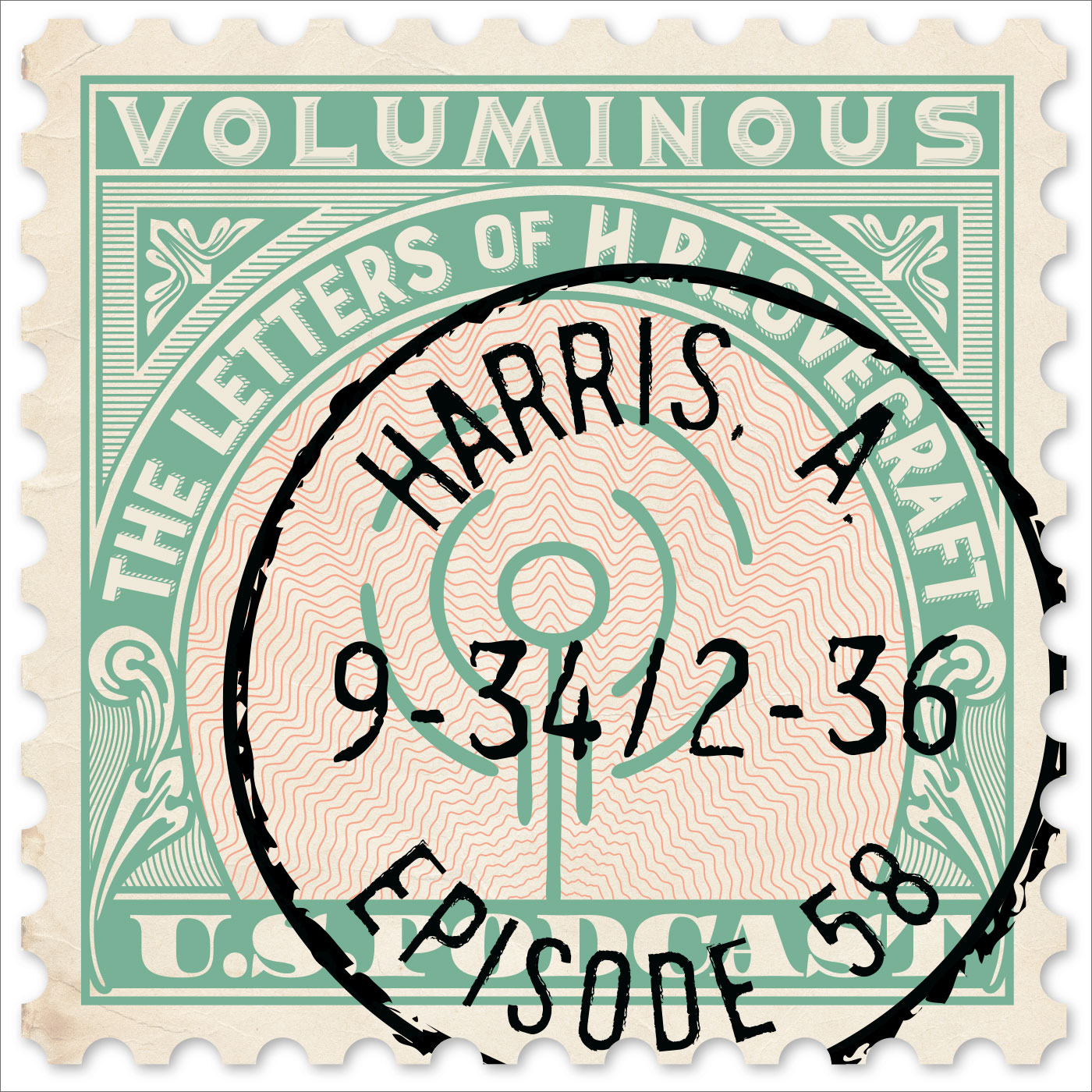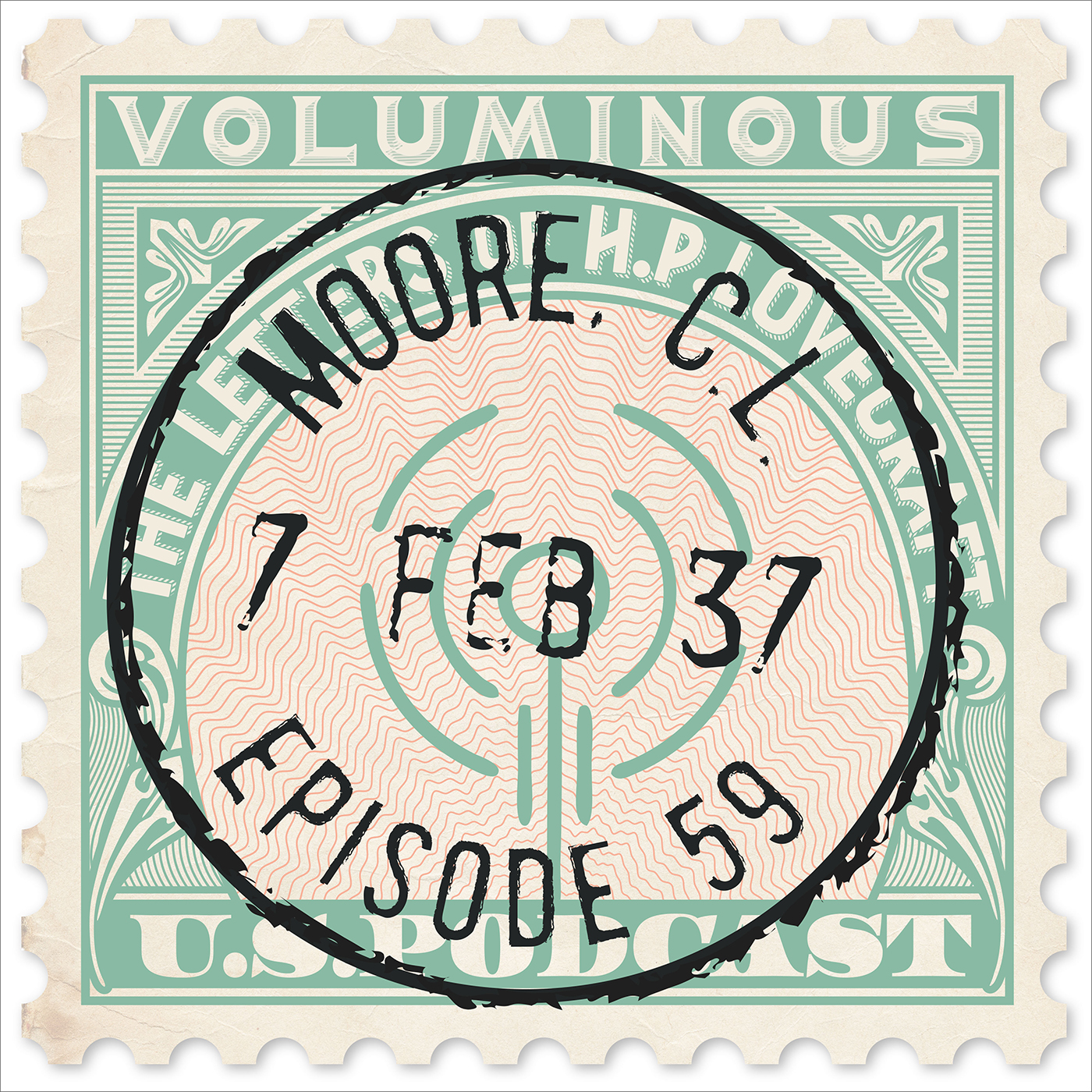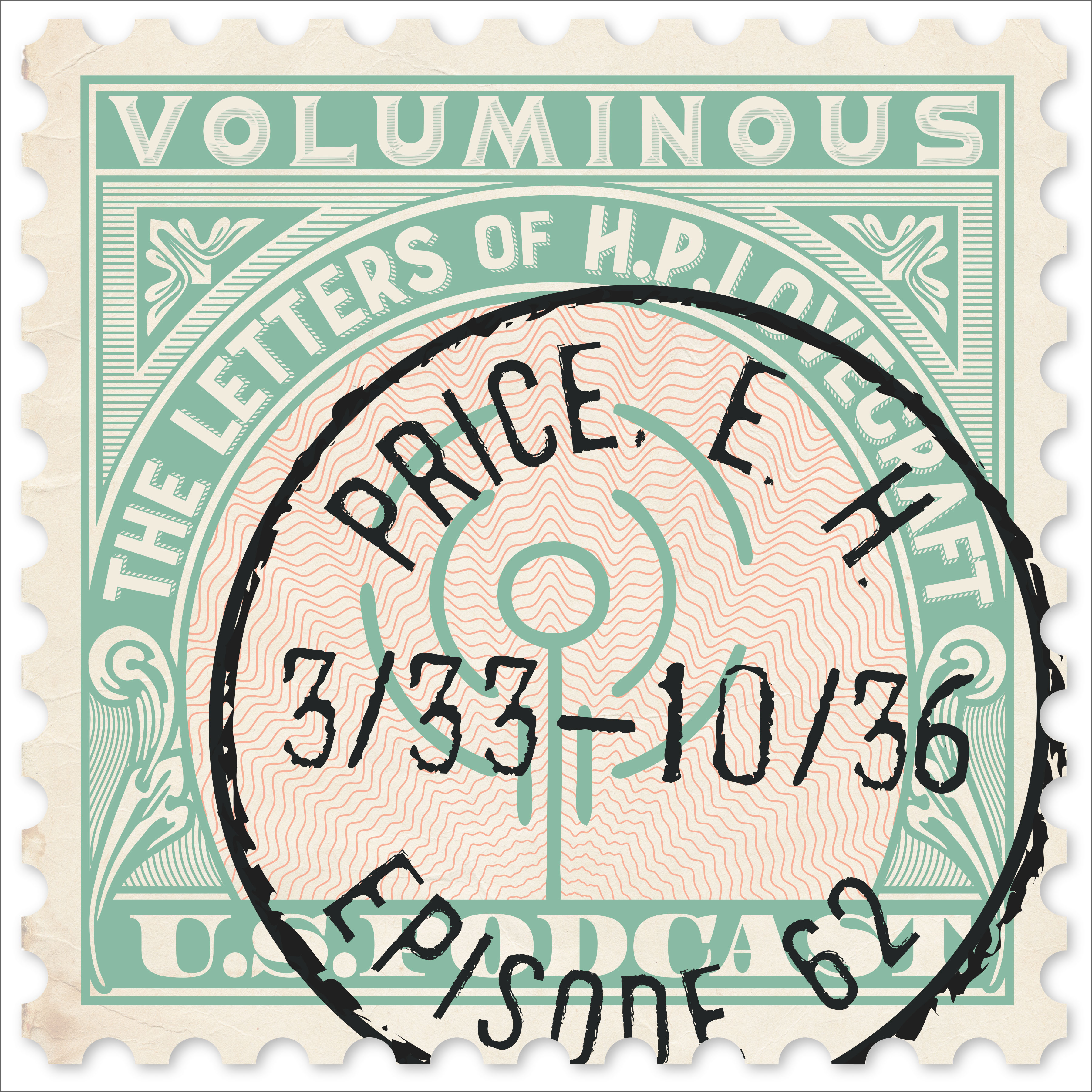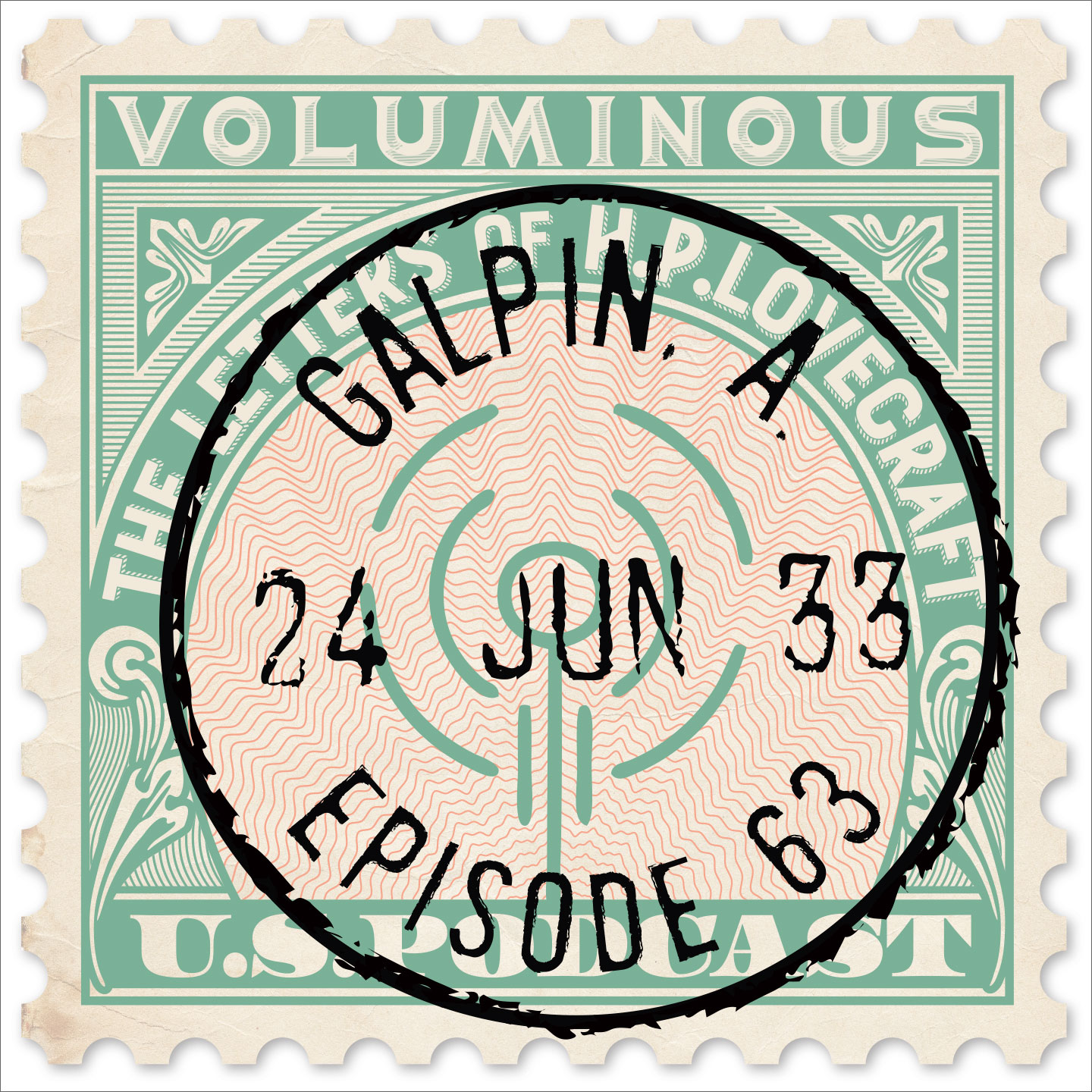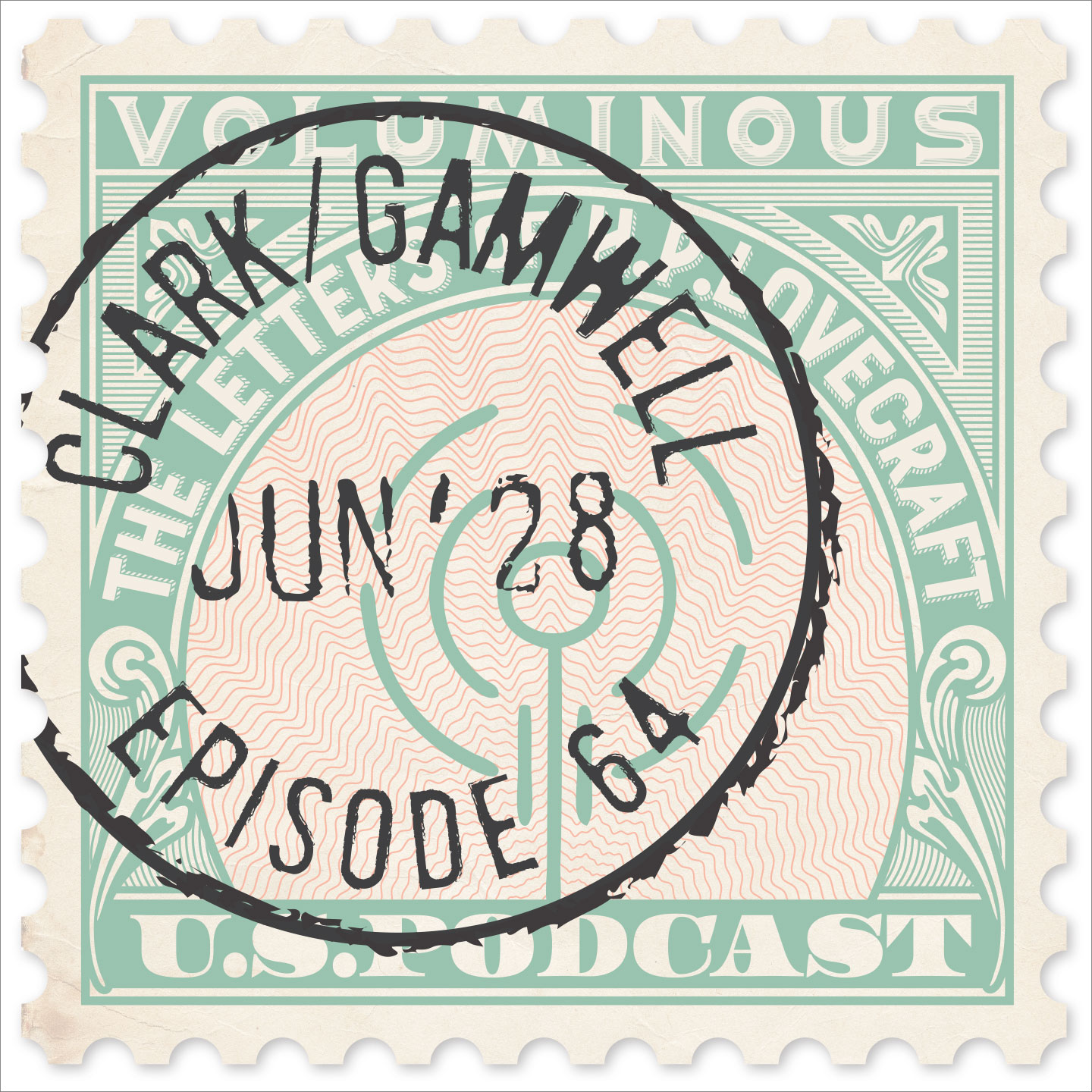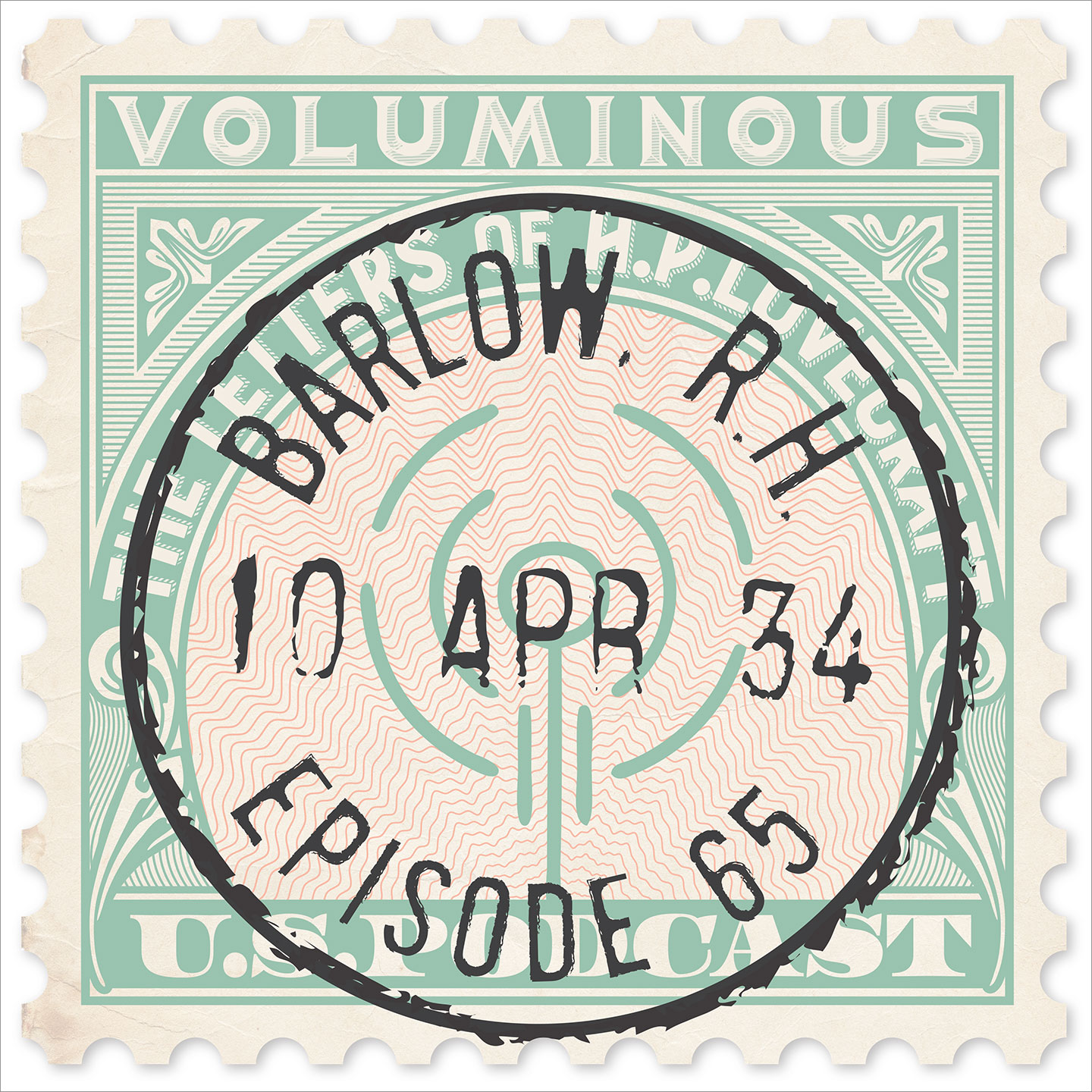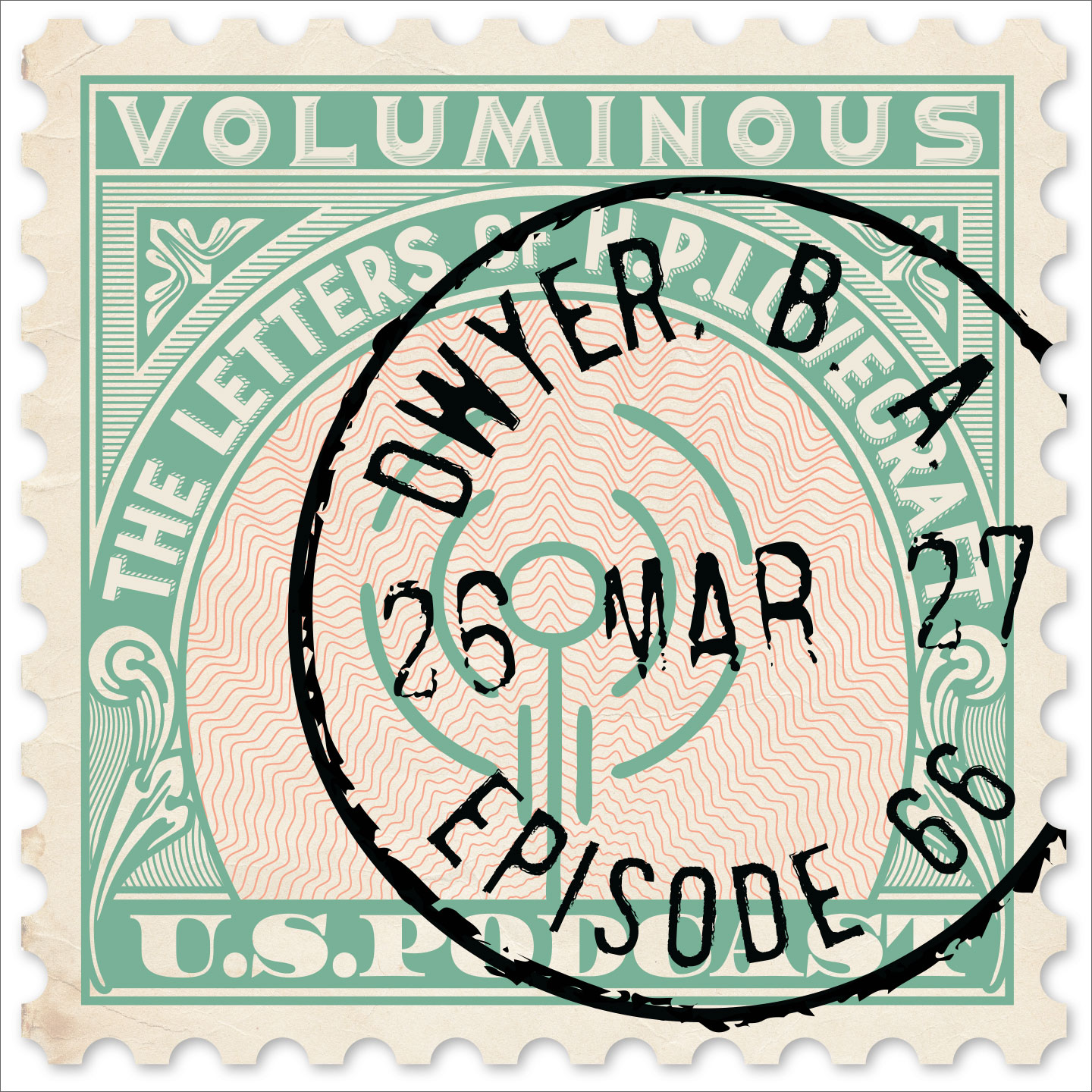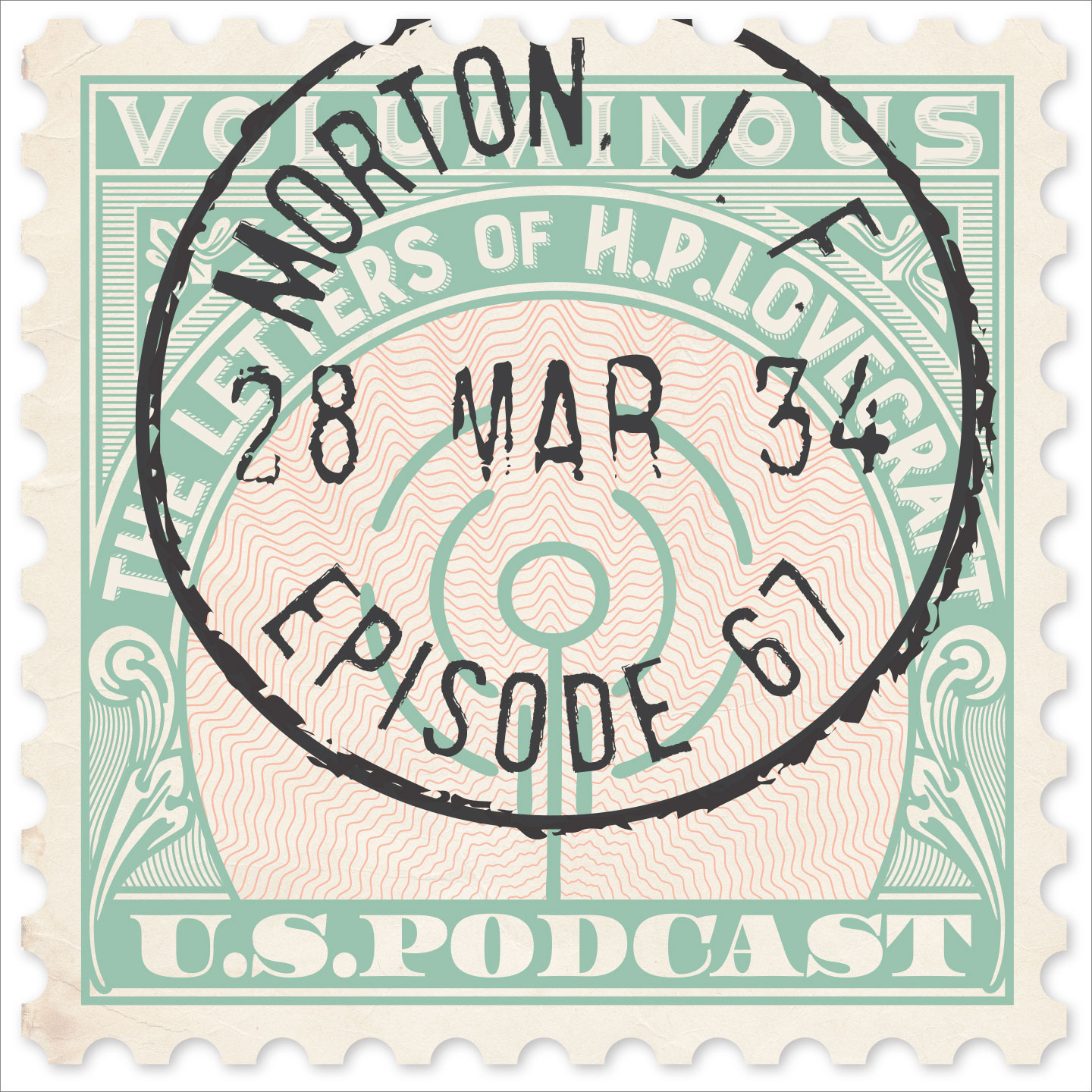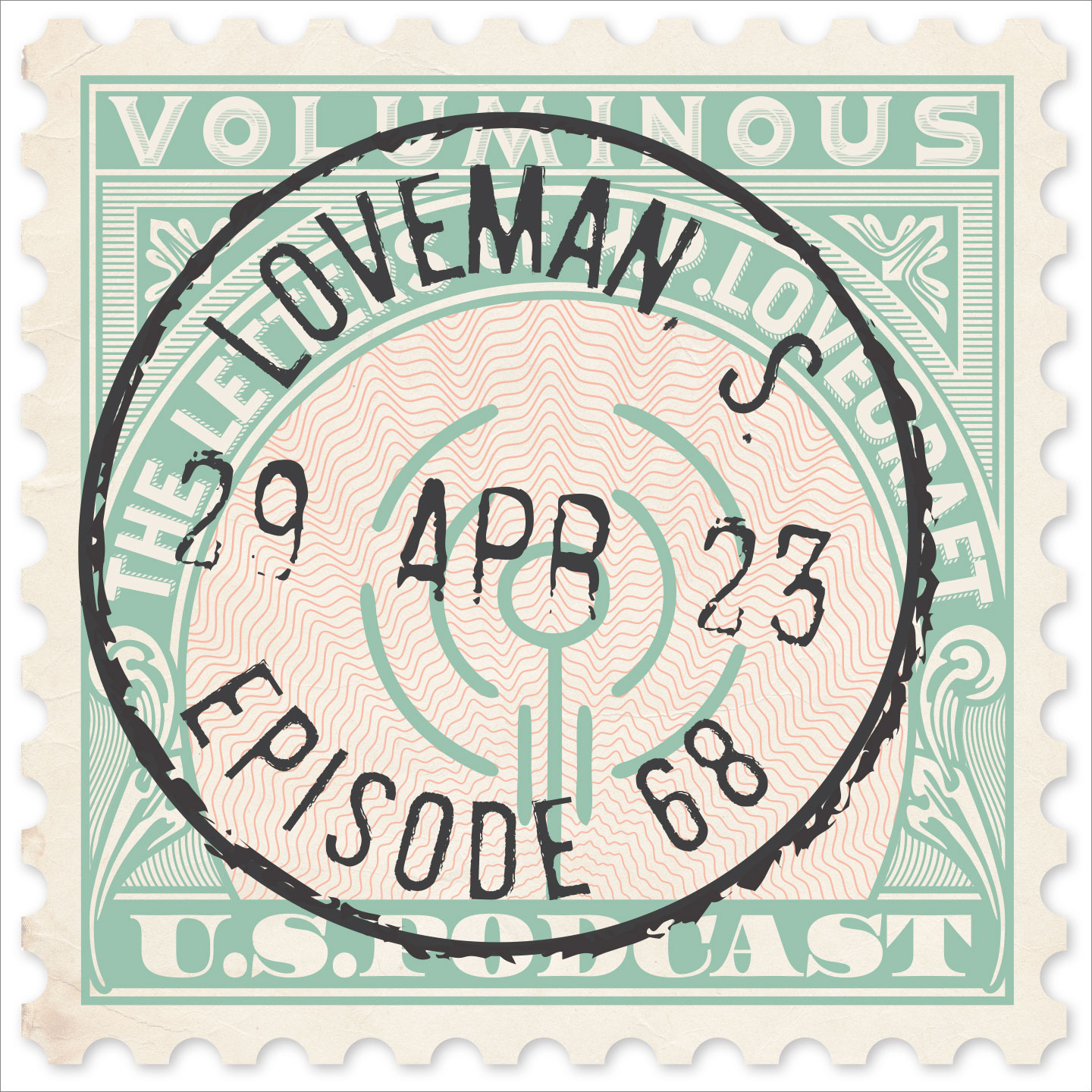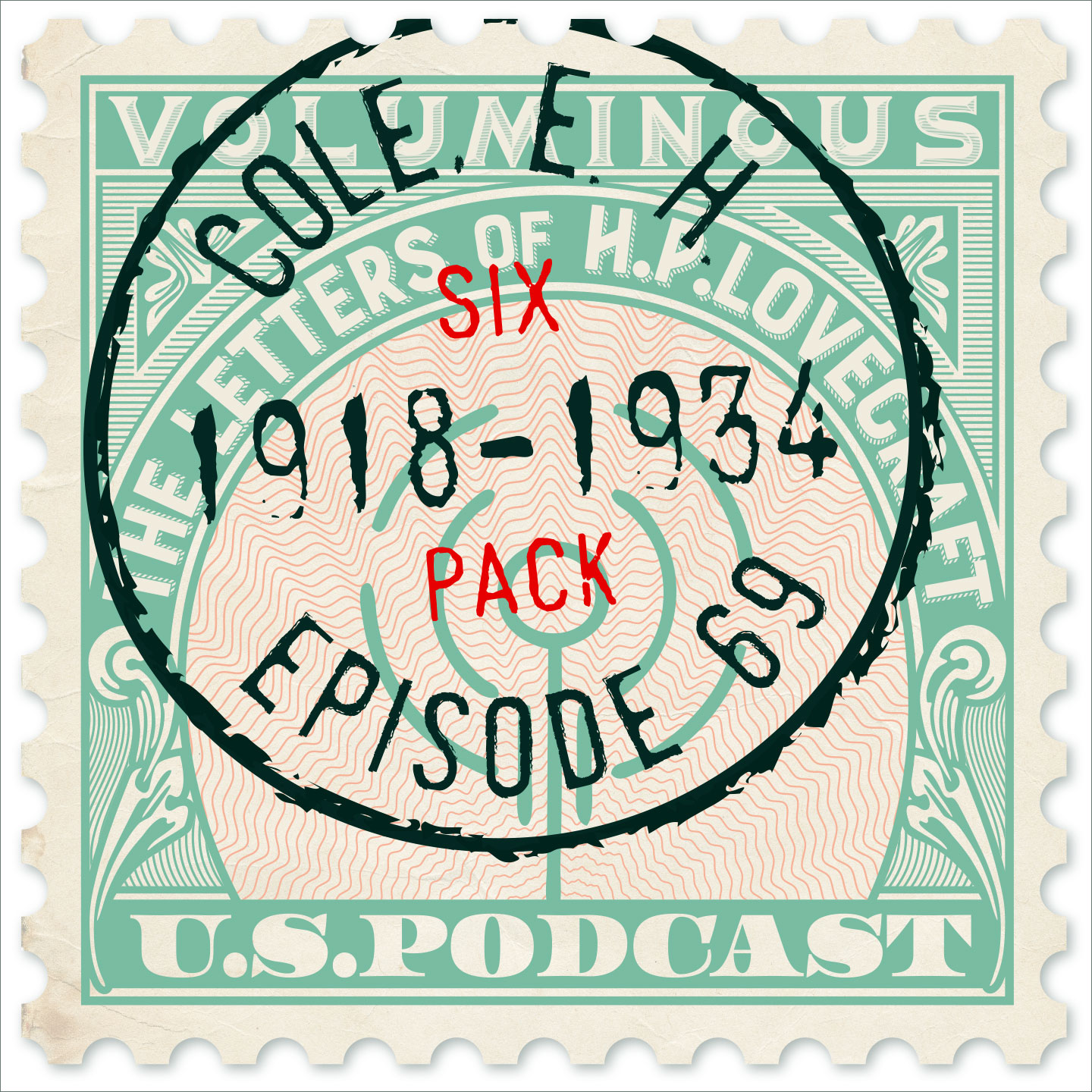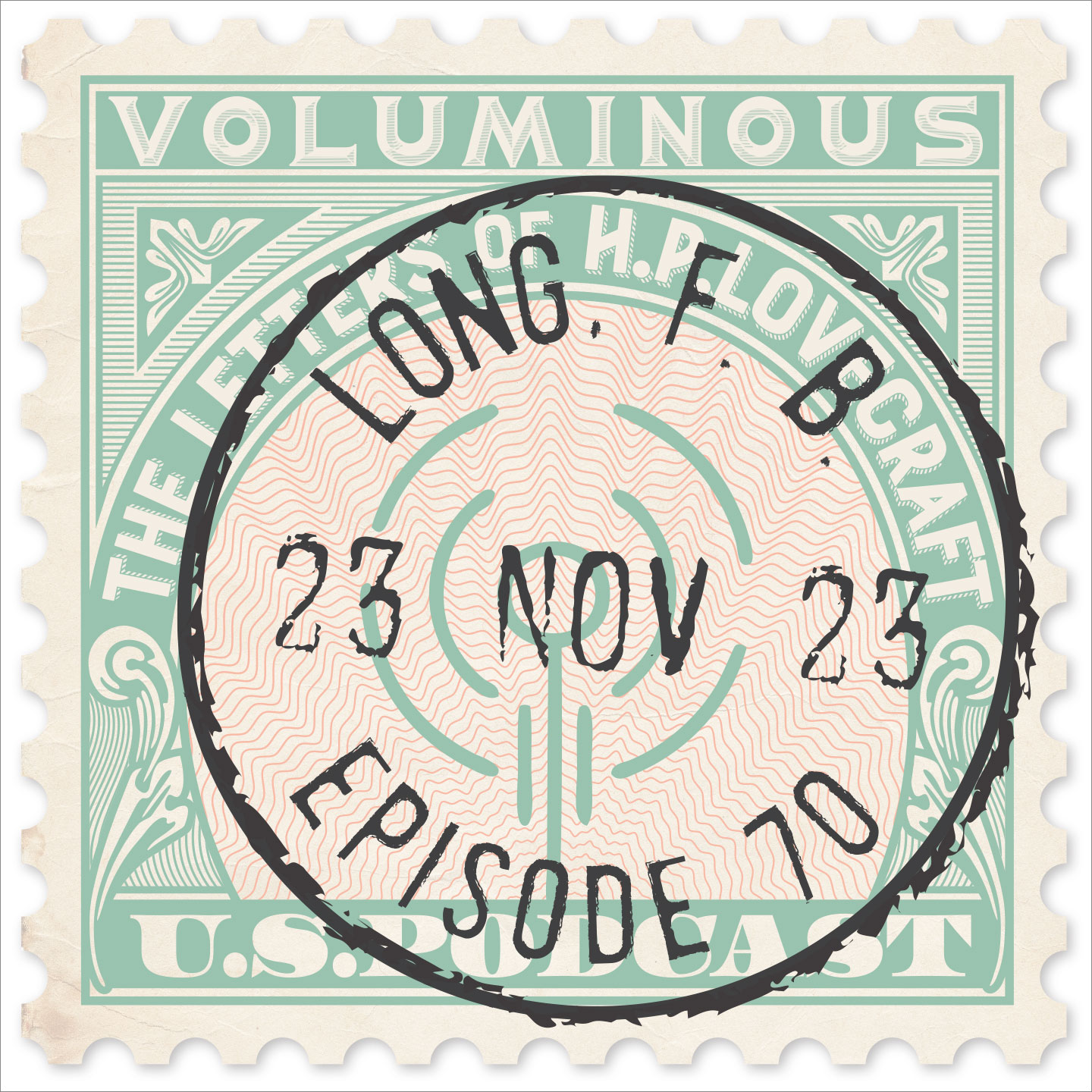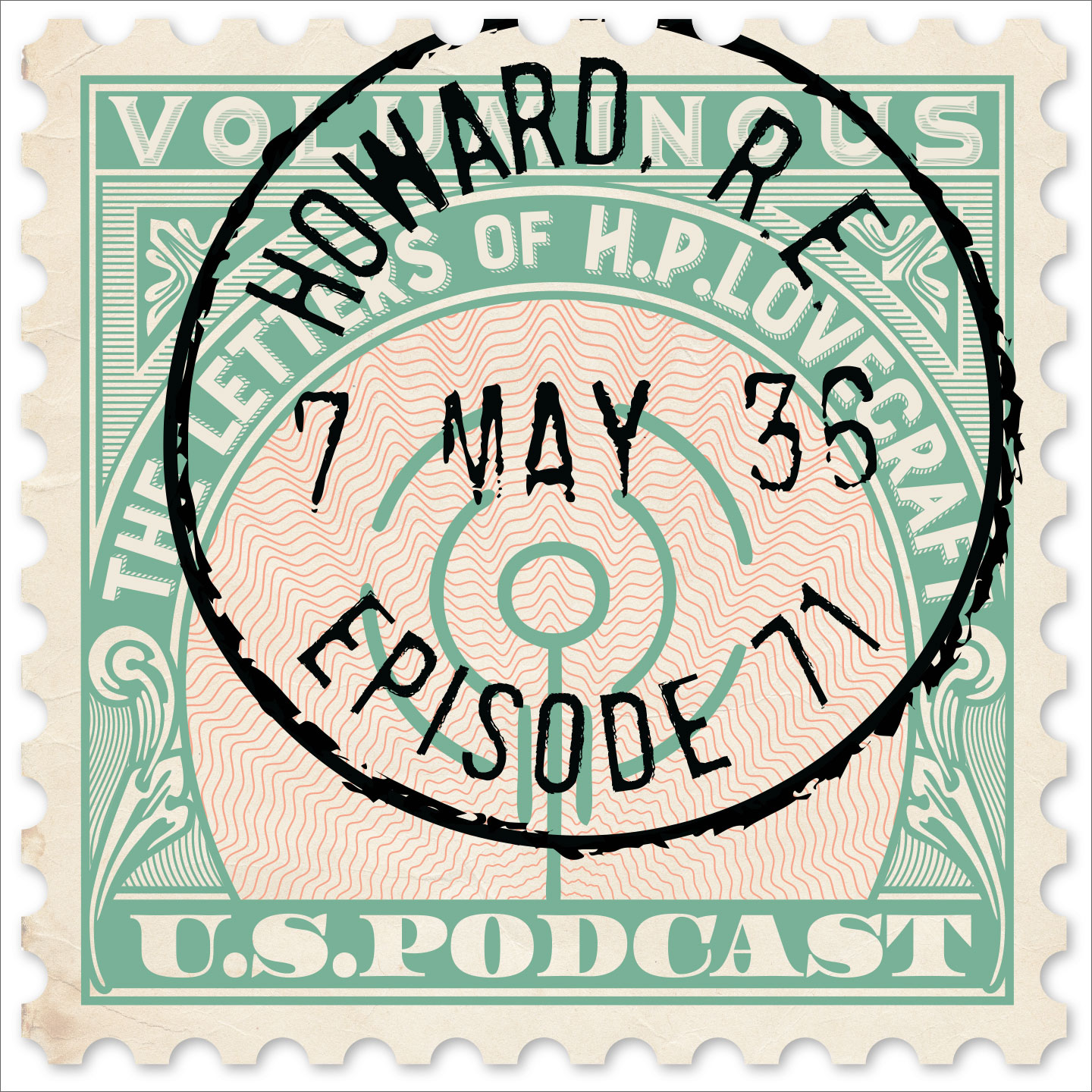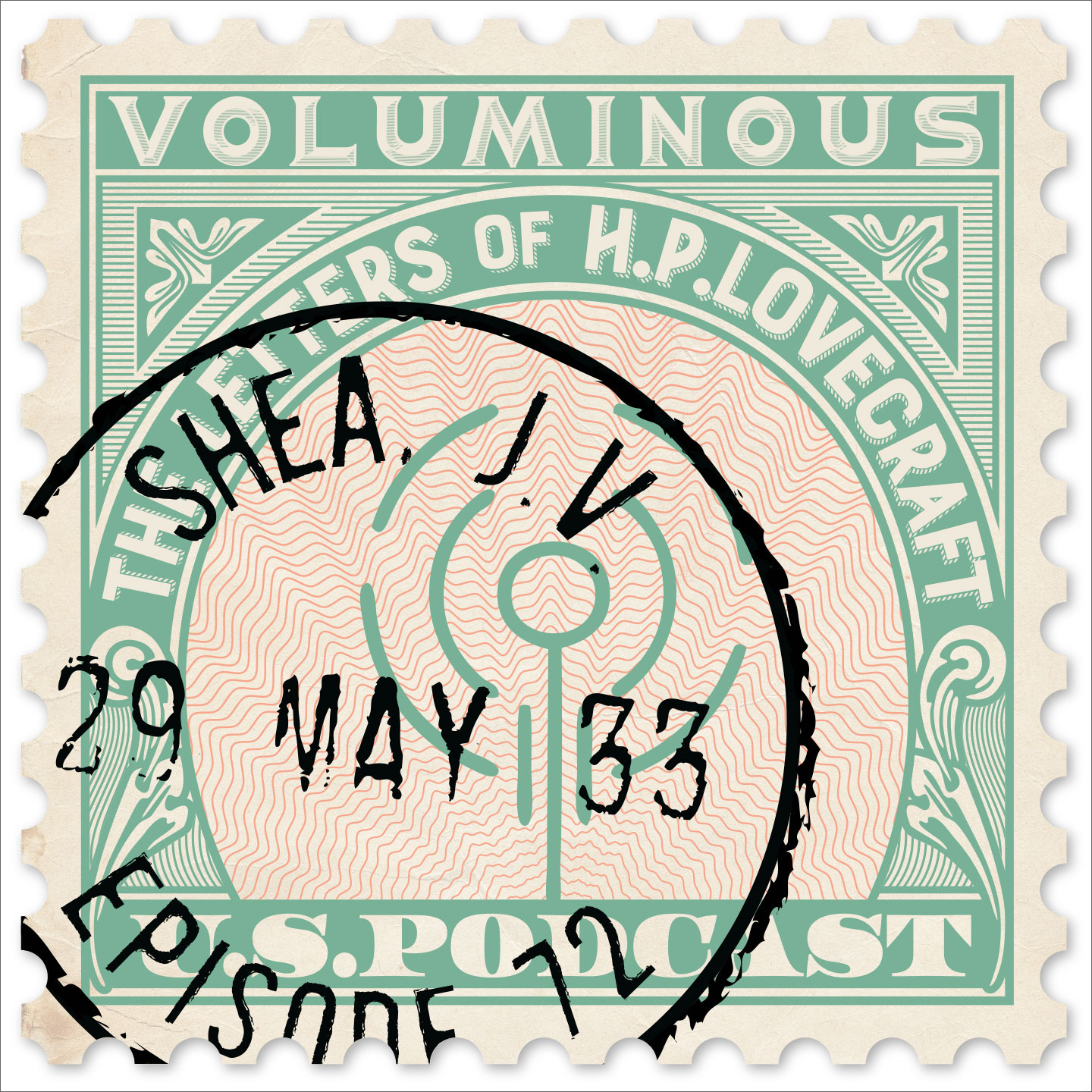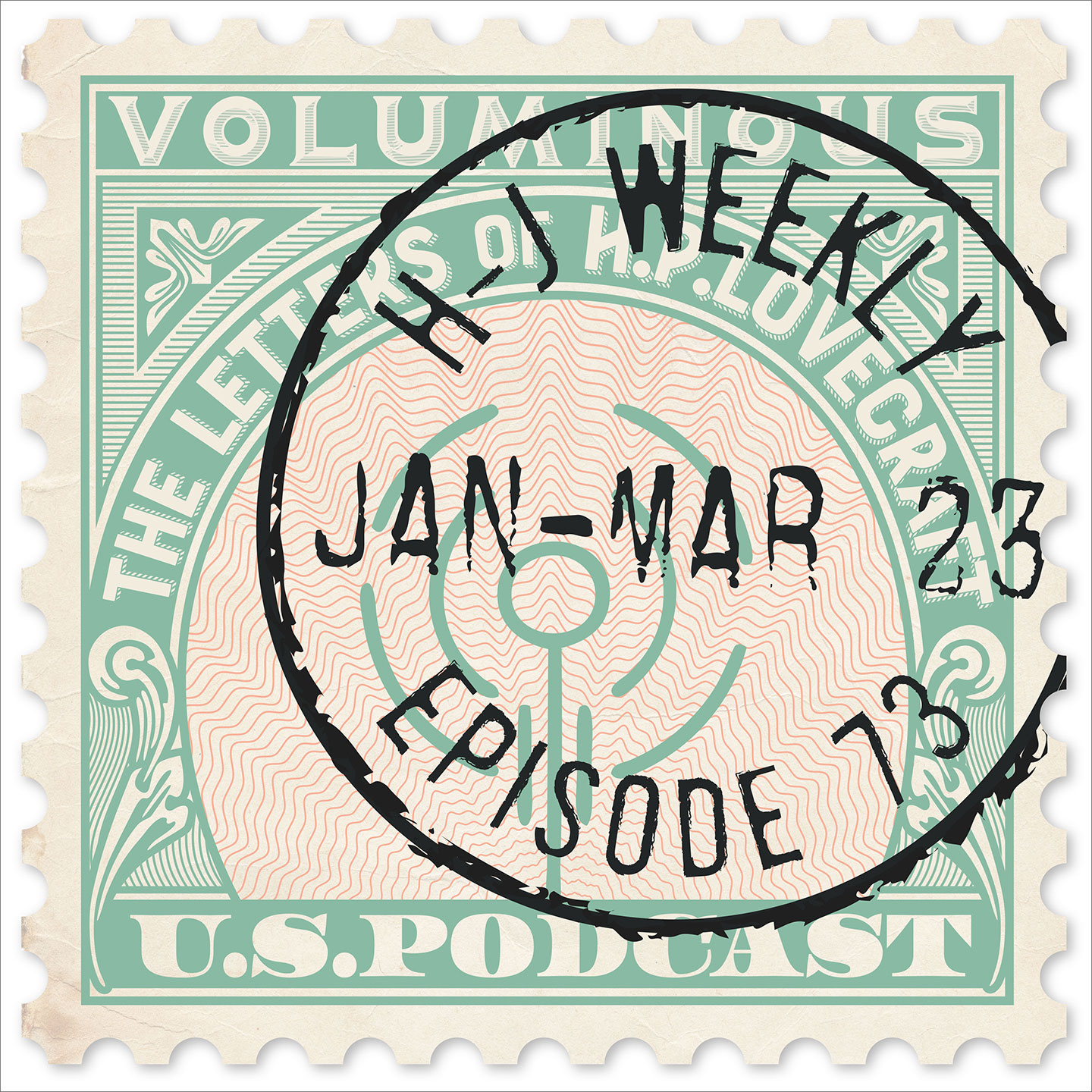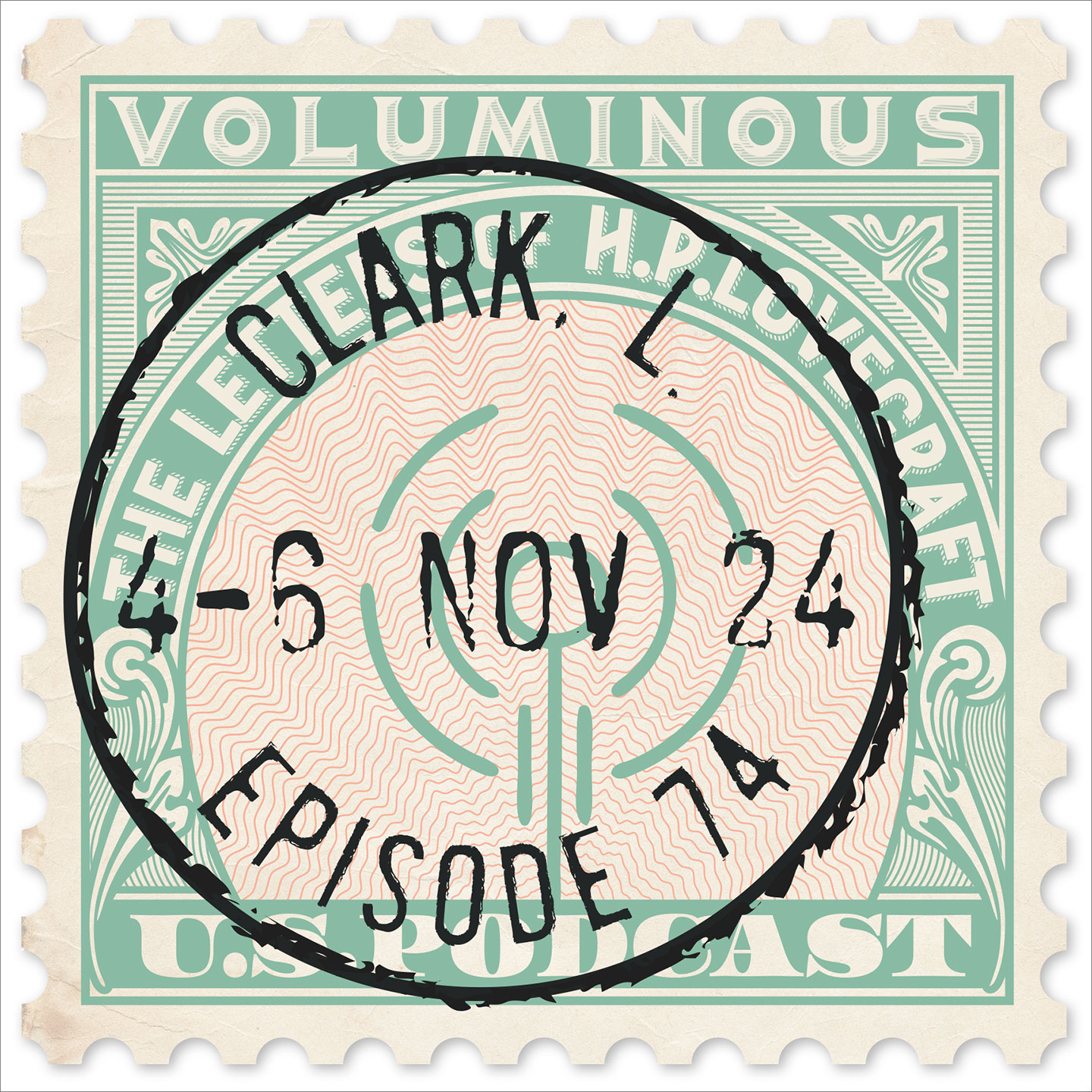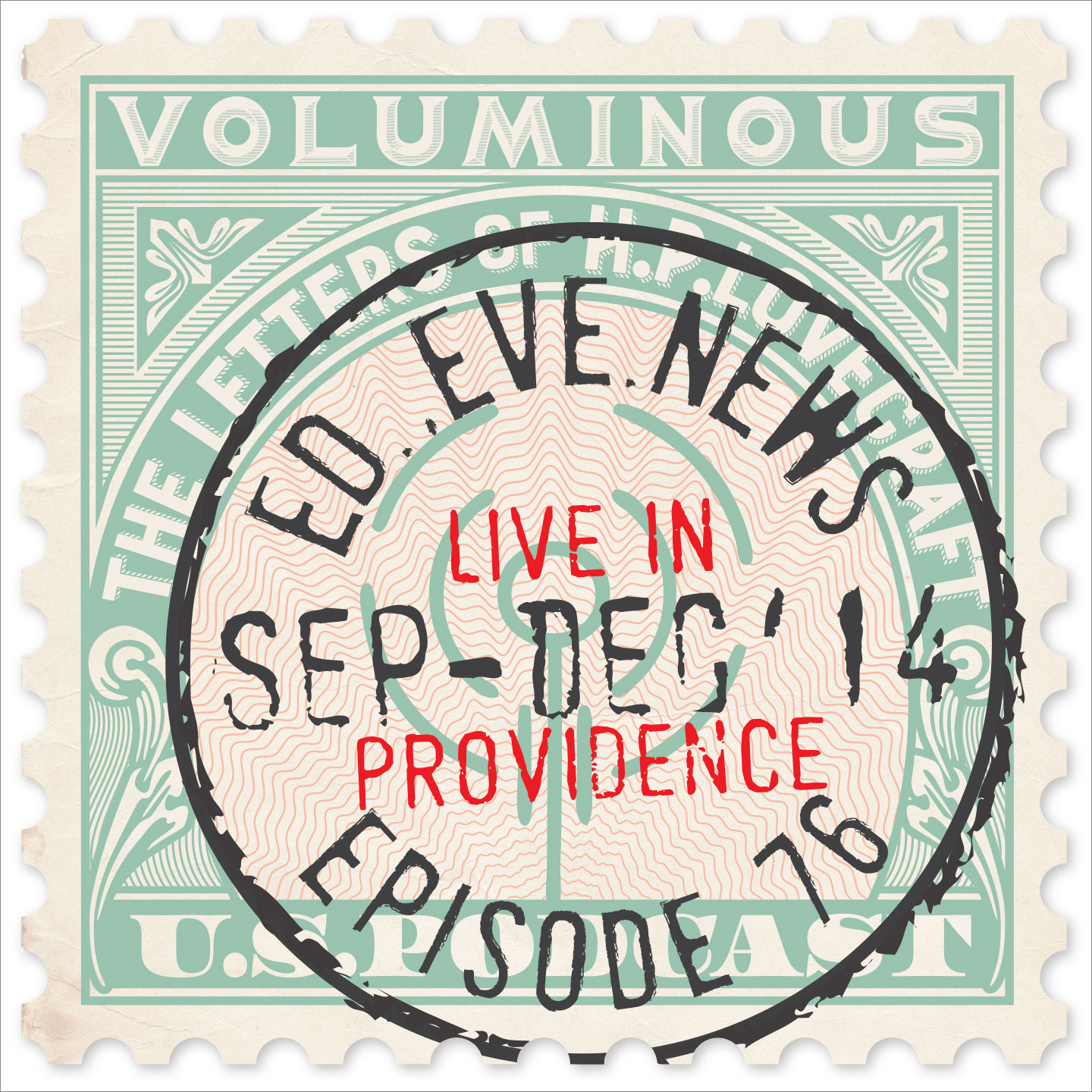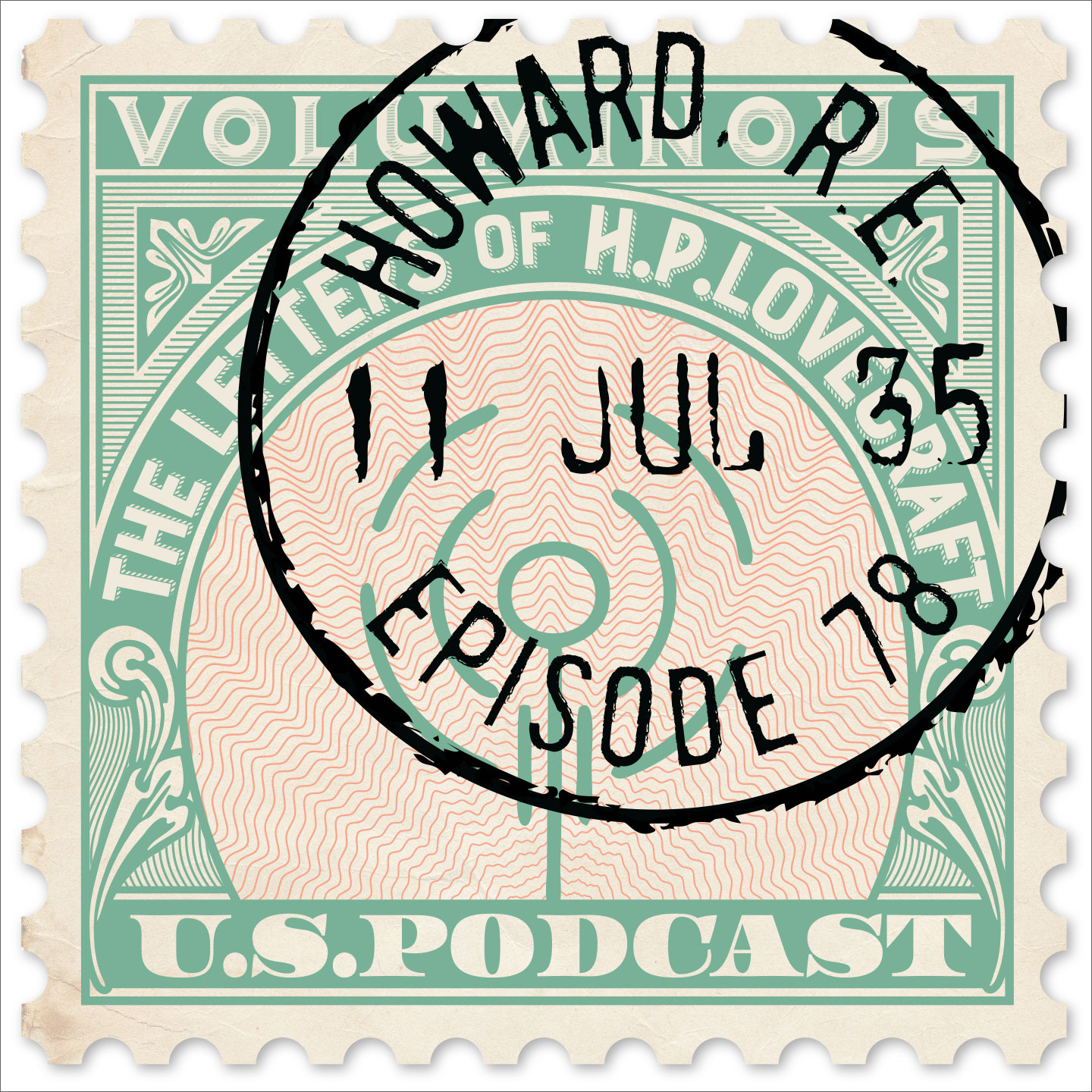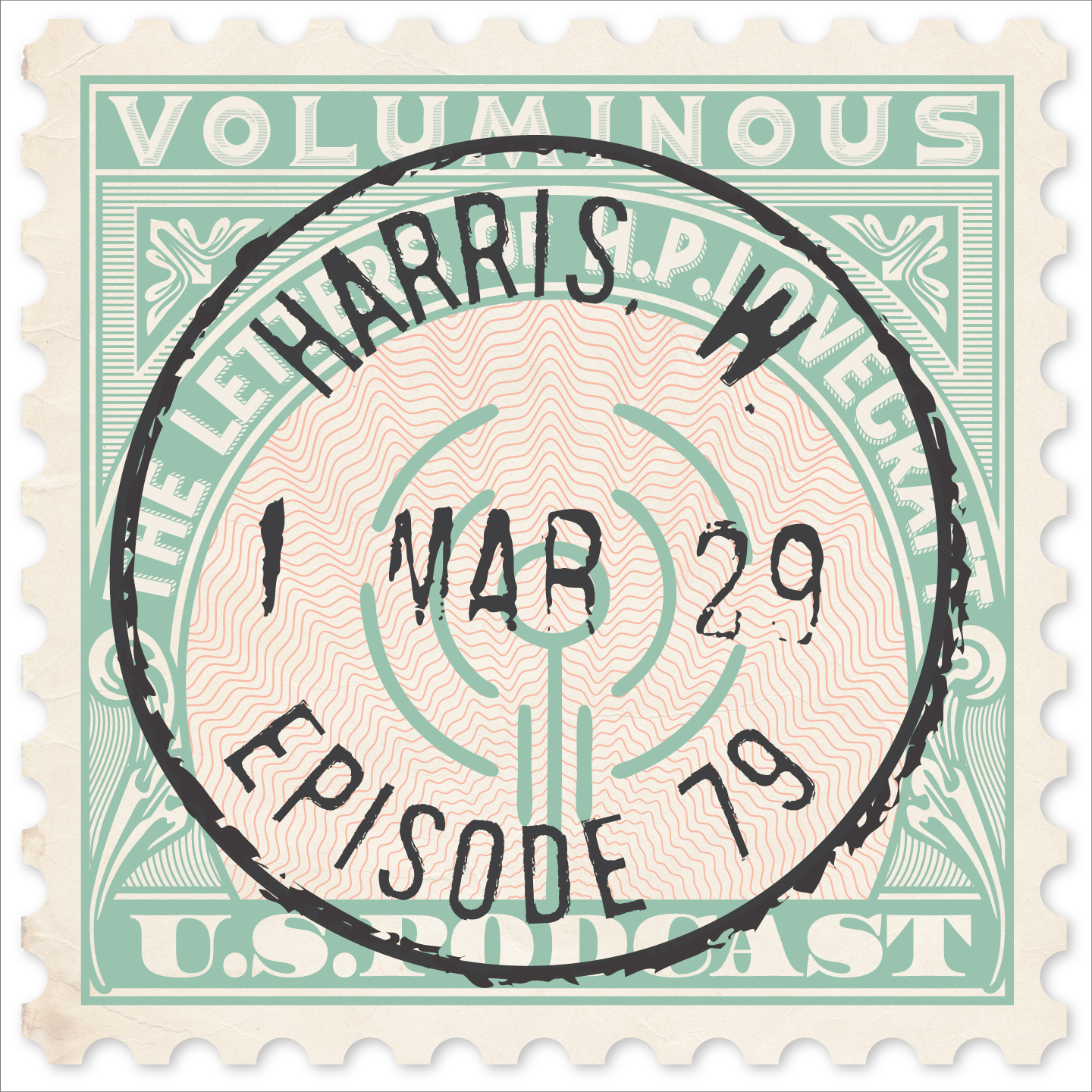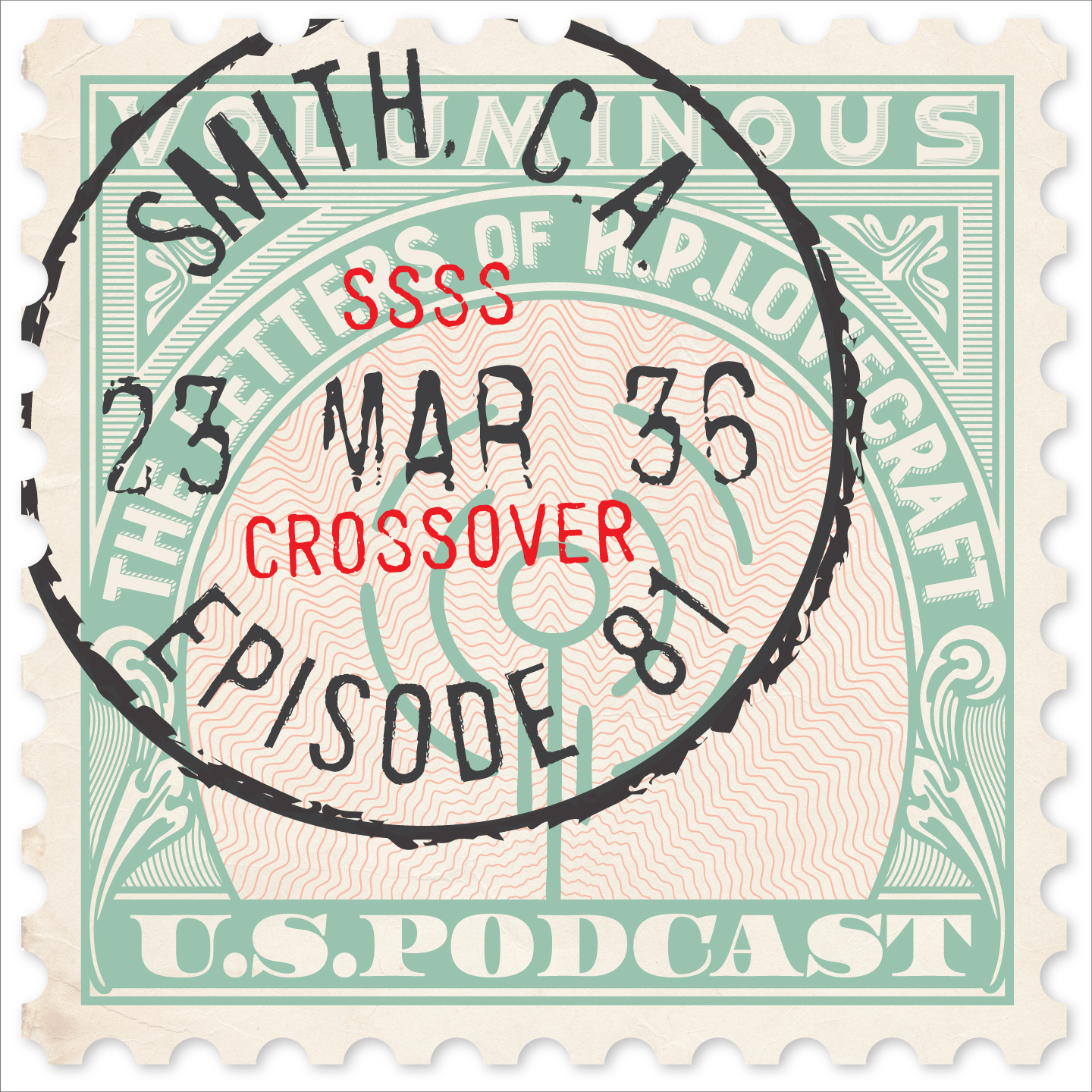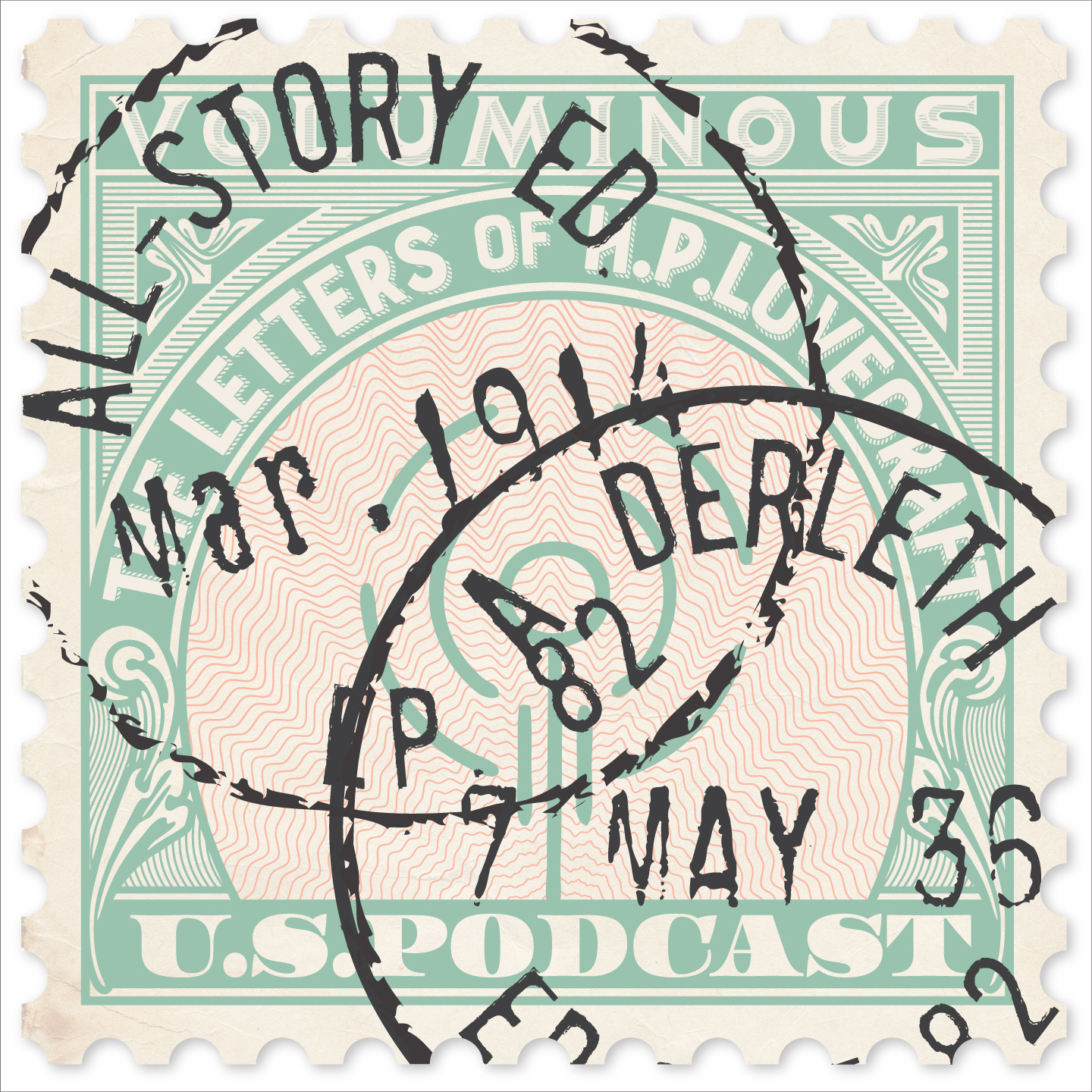
In addition to his classics of horror fiction, it is estimated that Lovecraft wrote 100,000 letters — or roughly 15 every day of his adult life — ranging from one-page diaries to seventy-page diatribes. Perhaps 20,000 of those letters have survived, in the hands of private collectors and at the John Hay Library in Providence.
In each episode of this podcast, we'll read one of these letters (or part of it) and then discuss it. In his letters HPL reveals an amazing breadth of knowledge of philosophy, science, history, literature, art and many other subjects, and forcefully asserts some highly considered opinions (some of which can be upsetting).
And of course his letters offer a fascinating window into his personal life and times. Although we've been working with Lovecraftian material for over 30 years, we still find interesting new things in his letters, and while we don't claim to be experts we look forward to sharing them with a wider audience.
Subscribe via iTunes, Stitcher or wherever you get podcasts! Or listen right here!
RSS Feed- Episode 72
- Posted May 1, 2022
Nazis, Gangsters and Elvis
In this letter to young J. Vernon Shea of May 29, 1933, HPL provides some encouraging writing advice before straying into some strident opinions about Jews and other minority groups and their dangerous influence on American culture, as well as the ongoing Scottsboro case. He also talks about movies he's recently seen, which leads us down a diverting rabbit hole. Bleep Warning: this episode contains one instance of the word we bleep at about 21:31.
Music by Troy Sterling Nies. Thanks to S.T. Joshi and David E. Schultz for their book Letters to J. Vernon Shea, Carl F. Strauch and Lee McBride White.
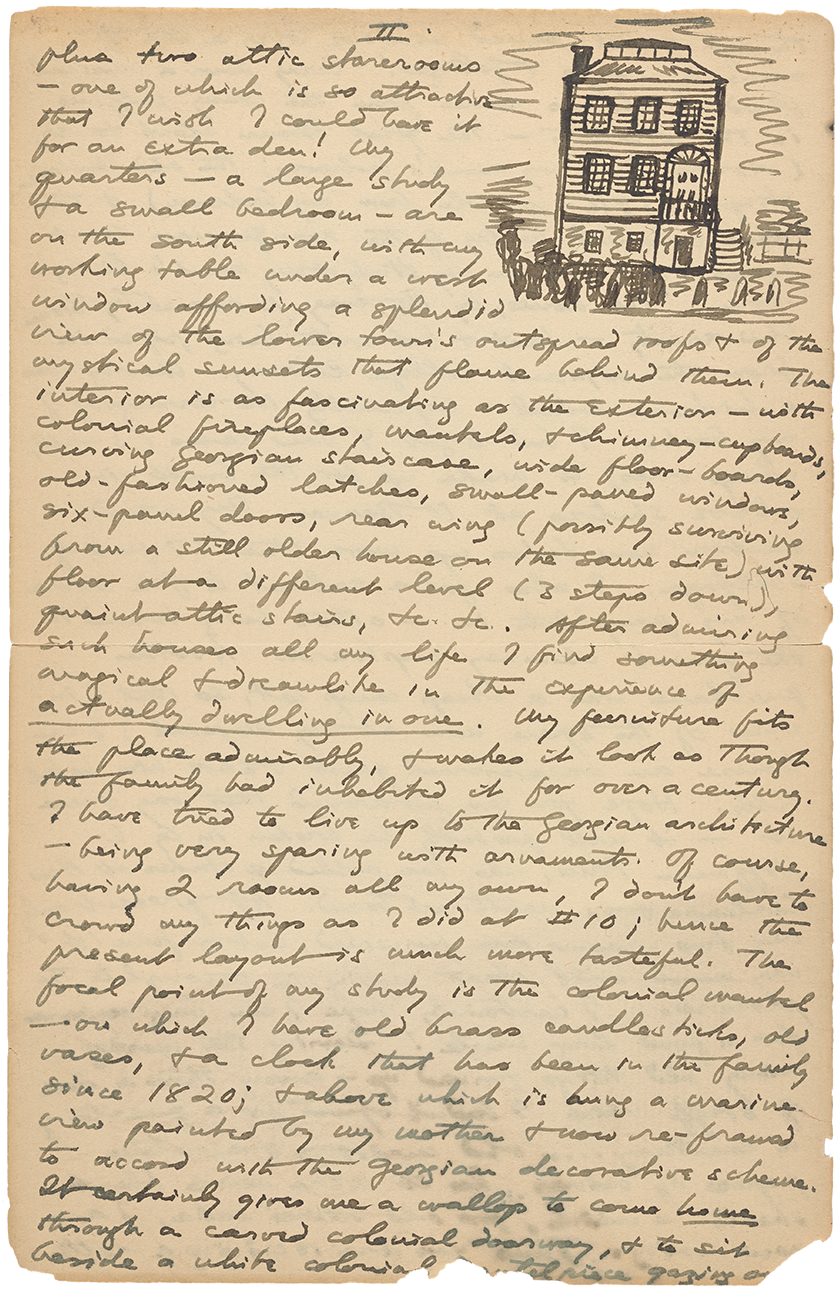
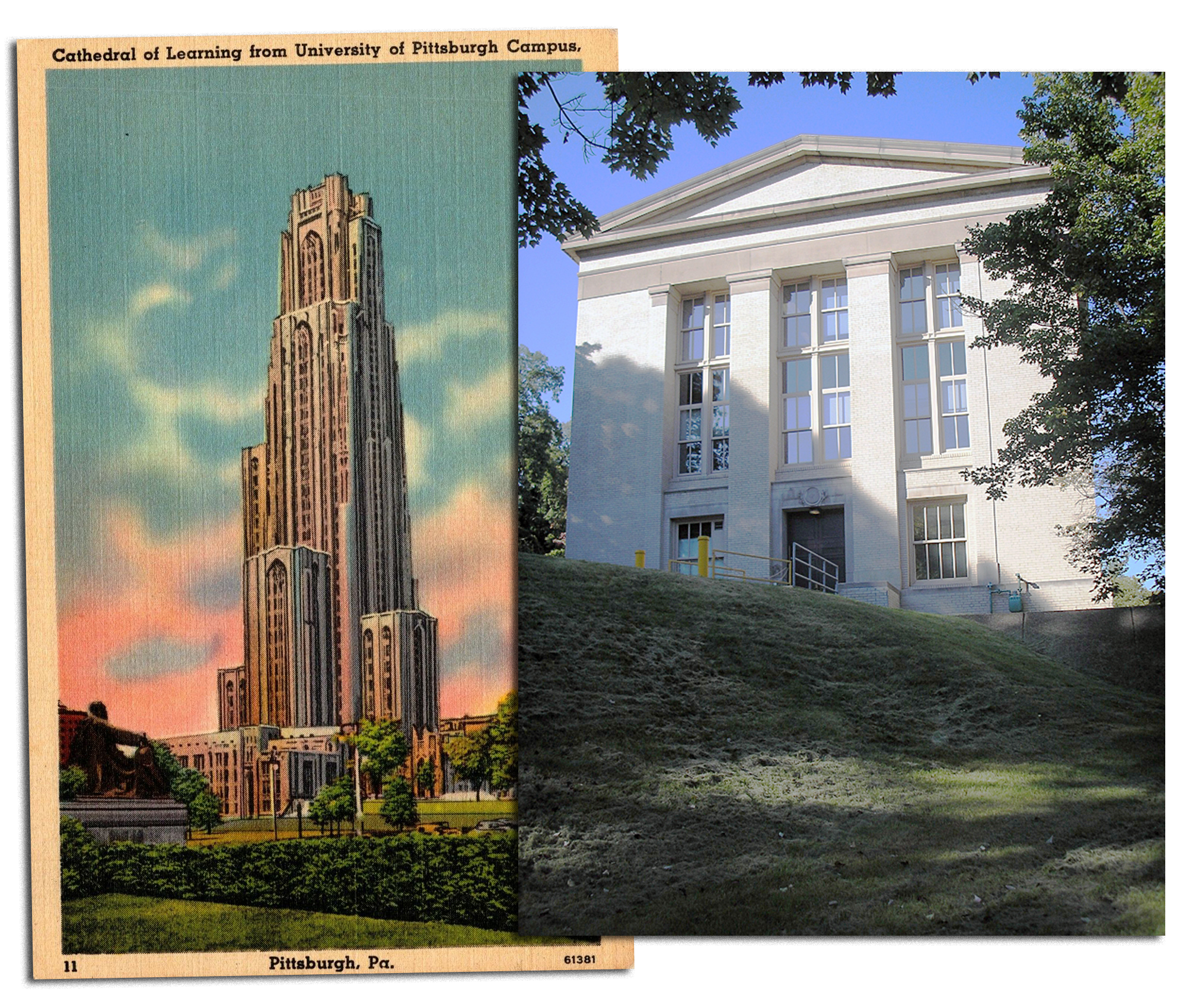 This letter is available to read in the Brown Digital Repository. Here you can see one of the charming little sketches HPL made of his new home on College Street on page two. You can see lots of other pictures of that flat in the notes for Episode 63.
This letter is available to read in the Brown Digital Repository. Here you can see one of the charming little sketches HPL made of his new home on College Street on page two. You can see lots of other pictures of that flat in the notes for Episode 63.
It would seem that Shea sent HPL some pictures of the campus of the University of Pittsburgh, where Shea was studying at the time, but we do not know what those views were. The Pitt campus does feature a number of remarkable buildings, including the Cathedral of Learning, a 42-story skyscraper and the second-tallest academic building in the world. There is a building on the campus called Alumni Hall, but that is not likely to be the same "Alumni Hall" that HPL mentions in this letter. Back in 1933, the building now known as Alumni Hall was still a Masonic temple, and the building now known as Eberly Hall was called Alumni Hall. The University bought the old Masonic temple and renamed the buildings in 1993. Both buildings were designed by the same architect, Benno Janssen. Shown here is the building now known as Eberly Hall, which is probably the Alumni Hall HPL is referring to.
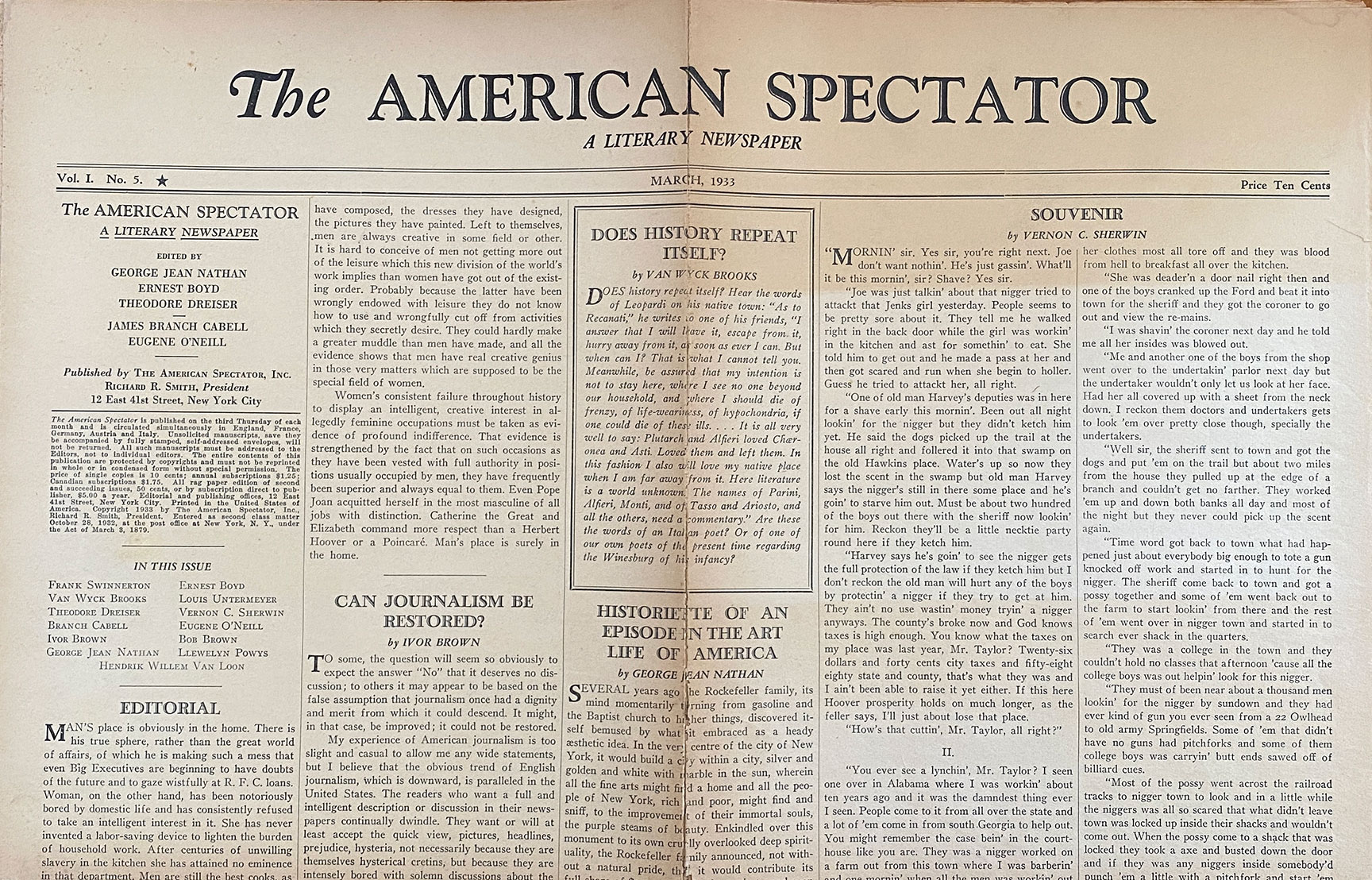
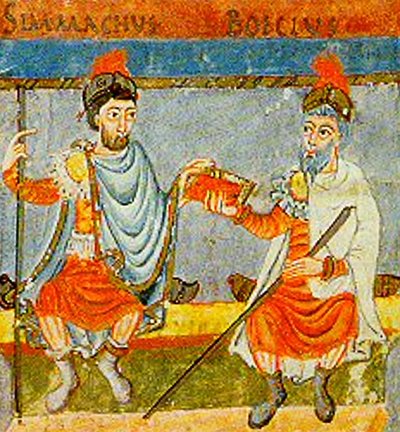 From the Department of Obscure Allusions, HPL says he would "rather be a Symmachus or Boethius than an Odoacer or Theodoric". Maybe J. Vernon Shea was familiar with 5th-century Ostrogoths, but we had to look them up. There were several figures named Symmachus and Boethius, but we think HPL was referring to Quintus Aurelius Memmius Symmachus and his son-in-law, who were both executed for treason by Theodoric the Great, King of the Ostrogoths, in around 524 A.D. Theodoric had himself taken the throne of Italy from Odoacer, a barbarian king whose overthrow of child-emperor Romulus Augustulus in 476 is regarded as marking the end of Ancient Rome and the Western Roman Empire.
From the Department of Obscure Allusions, HPL says he would "rather be a Symmachus or Boethius than an Odoacer or Theodoric". Maybe J. Vernon Shea was familiar with 5th-century Ostrogoths, but we had to look them up. There were several figures named Symmachus and Boethius, but we think HPL was referring to Quintus Aurelius Memmius Symmachus and his son-in-law, who were both executed for treason by Theodoric the Great, King of the Ostrogoths, in around 524 A.D. Theodoric had himself taken the throne of Italy from Odoacer, a barbarian king whose overthrow of child-emperor Romulus Augustulus in 476 is regarded as marking the end of Ancient Rome and the Western Roman Empire.
HPL mentions a story entitled "Souvenir" that appeared in the current issue of The American Spectator. That periodical was a literary magazine published in the form of a broadsheet newspaper, and edited by some literary heavy-hitters including H.L. Mencken, Theodore Dreiser and James Branch Cabell. "Souvenir" was a story about a lynching written by a young white Southerner named Vernon C. Sherwin. The magazine only lasted a few years before going under. Later in this letter, when discussing Jews and Negroes, HPL refers to "the Nathan parallel". We couldn't quite track this one down, but we suspect the Nathan in question is George Jean Nathan, founding editor of The American Spectator, who wrote numerous editorials along with Mencken on such topics.

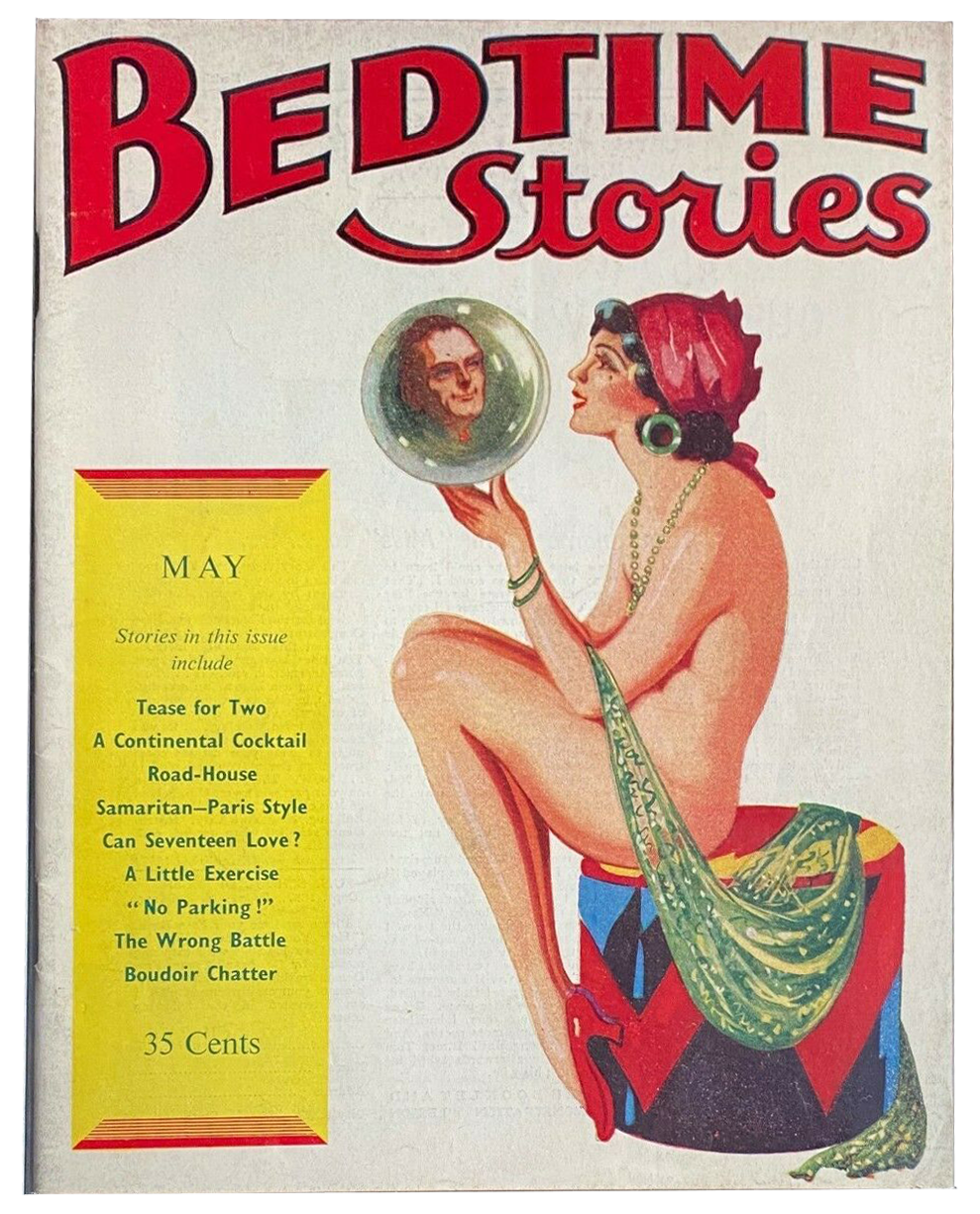 HPL mentions a number of other books and magazines that Shea might have read and that Lovecraft wishes he had. All Soul's Night was a collection of weird stories by Hugh Walpole, a famous, prolific and best-selling British author of the 1920s. You can read it online. The "novel about the Florida crackers" was South Moon Under, by Marjorie Kinnan Rawlings. The book was a finalist for the Pulitzer Prize, and Rawlings would go on to win that prize a few years later with another novel set in rural Florida, The Yearling. Another book HPL mentions is "Beach's 20th Century Novel". This is a study of the technique of writing novels by scholar and literary critic Joseph Warren Beach. You can also read that one online.
HPL mentions a number of other books and magazines that Shea might have read and that Lovecraft wishes he had. All Soul's Night was a collection of weird stories by Hugh Walpole, a famous, prolific and best-selling British author of the 1920s. You can read it online. The "novel about the Florida crackers" was South Moon Under, by Marjorie Kinnan Rawlings. The book was a finalist for the Pulitzer Prize, and Rawlings would go on to win that prize a few years later with another novel set in rural Florida, The Yearling. Another book HPL mentions is "Beach's 20th Century Novel". This is a study of the technique of writing novels by scholar and literary critic Joseph Warren Beach. You can also read that one online.
HPL also mentions another literary magazine called simply Story. Founded by Whit Burnett in Vienna in 1931, by the time this letter was written it had moved to New York City and was becoming a respected outlet for modern fiction, publishing early works by some of the 20th century's influential writers including Joseph Heller, Tennessee Williams, Truman Capote, Richard Wright and Norman Mailer. (While searching for cover images we discovered this other "story" magazine from May of 1933. It probably features at least as many corpses, morgues, hospitals, jails, asylums, prize fights, ball games, brothels, riots, horse-races and speakeasies as its literary counterpart....)
Movies had been subject to censorship of one kind or another for many years, and in 1915 the Supreme Court ruled that they did not count as a protected form of free speech in the case Mutual Film Corp. v. Industrial Commission of Ohio. (That ruling was overturned in 1952.) The movies HPL mentions in this letter were all produced shortly before the "Hays Code" was fully implemented in 1934. Scarface and I Am a Fugitive from a Chain Gang are both cinema classics that are currently available on disc and for paid streaming, but below you can watch a YouTube version of Cavalcade, which has not retained as much popularity. HPL mentions a "political movie" he refers to as "Gabriel". This is Gabriel Over the White House, starring Walter Huston as a corrupt American president who barely survives a car crash and then becomes an angelically inspired ostensibly benevolent dictator who fires the cabinet and forces congress to adjourn to give him absolute power to solve the nation's problems. The film was financed by William Randolph Hearst, and based on a political fantasy novel called Rinehard: a Melodrama of the Nineteen-Thirties by Thomas Frederic Tweed. Apparently Franklin Roosevelt really liked this movie, maybe as much as Hitler liked Cavalcade! We couldn't find any full version of the film online, but you can watch a scene below.
